City within a city - Smederevo Fortress [ENG-SRB]
Hello everyone. I live in the small town of Smederevo, I think it's time to show you one of the biggest lowland fortresses in Europe. The Smederevo fortress is a masterpiece from the 15th century. It is the best-preserved medieval building in Serbia and is a symbol of the city of Smederevo.
Zdravo svima. Živim u malom gradu Smederevo, mislim da je vreme da vam pokažem jednu od najvećih ravničarskih tvrđava u evropi. Smederevska tvrđava je remek delo iz 15. veka. Ona je najočuvanija srednjovekovna građevina u Srbiji i predstavlja simbol grada Smedereva.
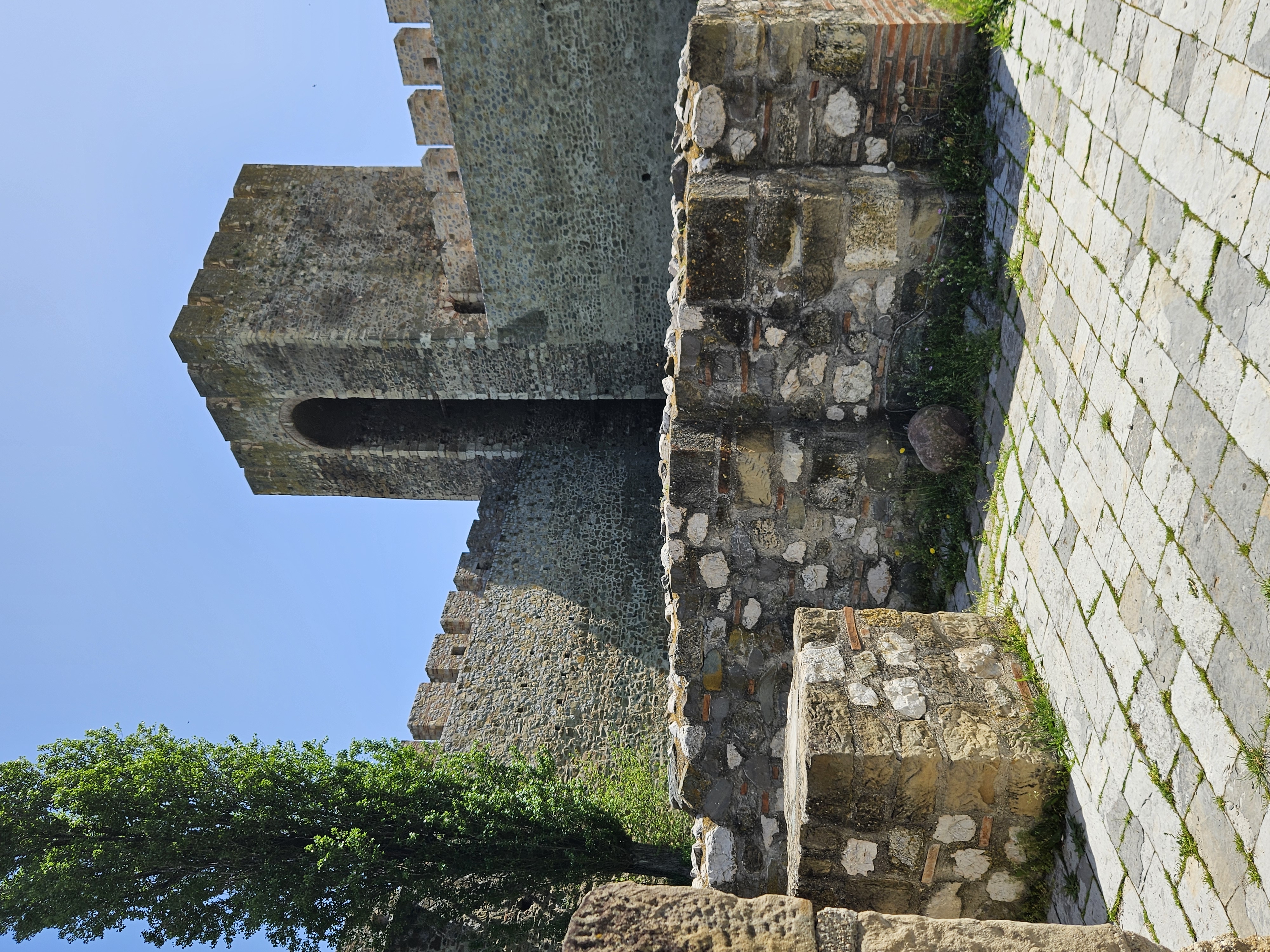
Whenever the weather is nice, I take a walk to the fort with my dog Buddy. Buddy loves to run around the fort, he always finds a friend to play with. The beautiful weather finally arrived, Buddy was happy, and I used the moment to photograph the biggest monument in Smederevo. I hope you like the photos, because I like them :D
Kada god je lepo vreme, prošetam se do tvrđave sa svojim psom Badijem. Badi obožava da trči po tvrđavi, uvek nađe nekog drugara sa kojim se igra. Konačno je stiglo to lepo vreme, Badi se obradovao, a ja sam iskoristio trenutak da fotografišem najveći spomenik u Smederevu. Nadam se da će vam se fotografije dopasti, jer se meni sviđaju :D
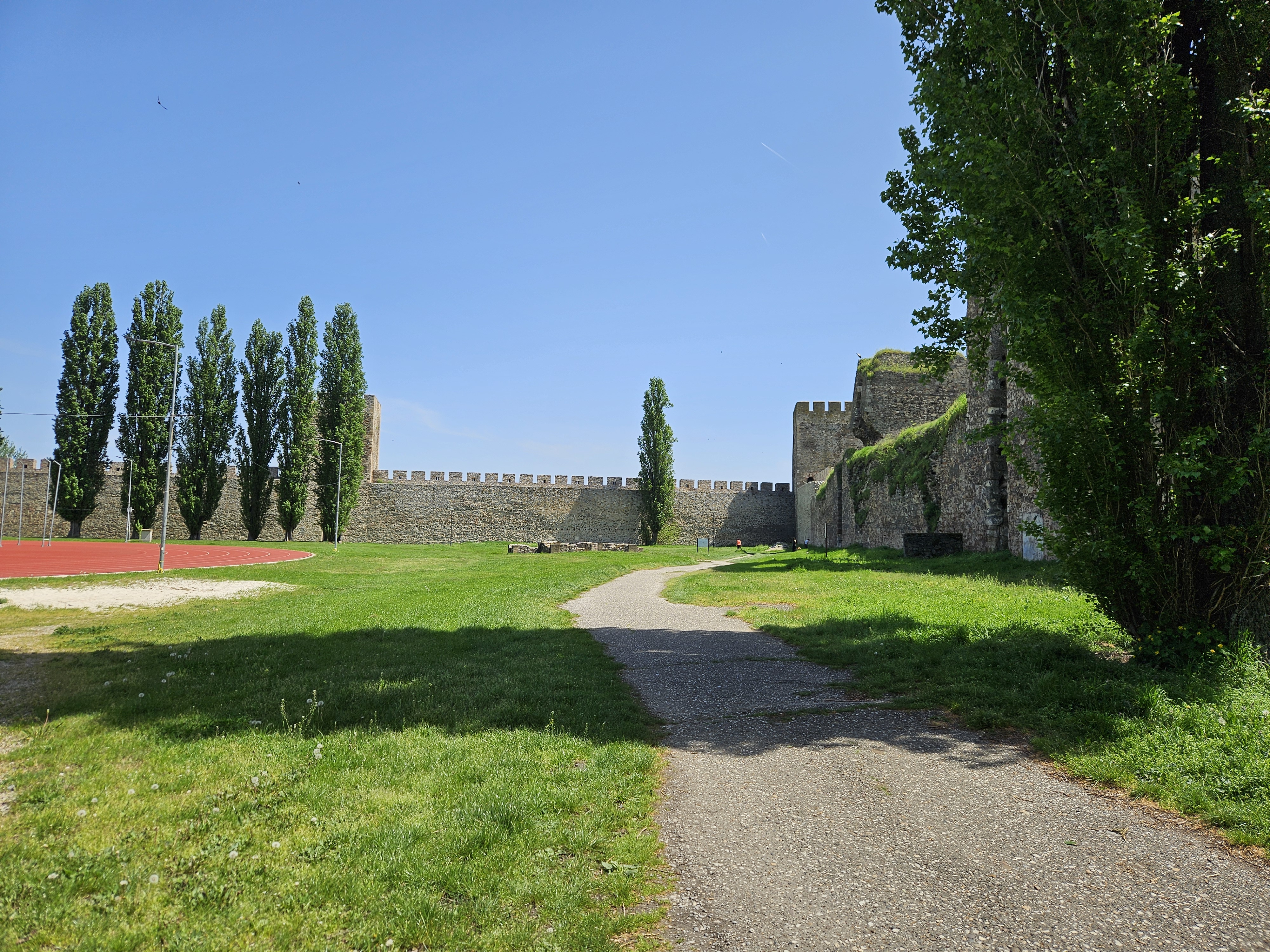
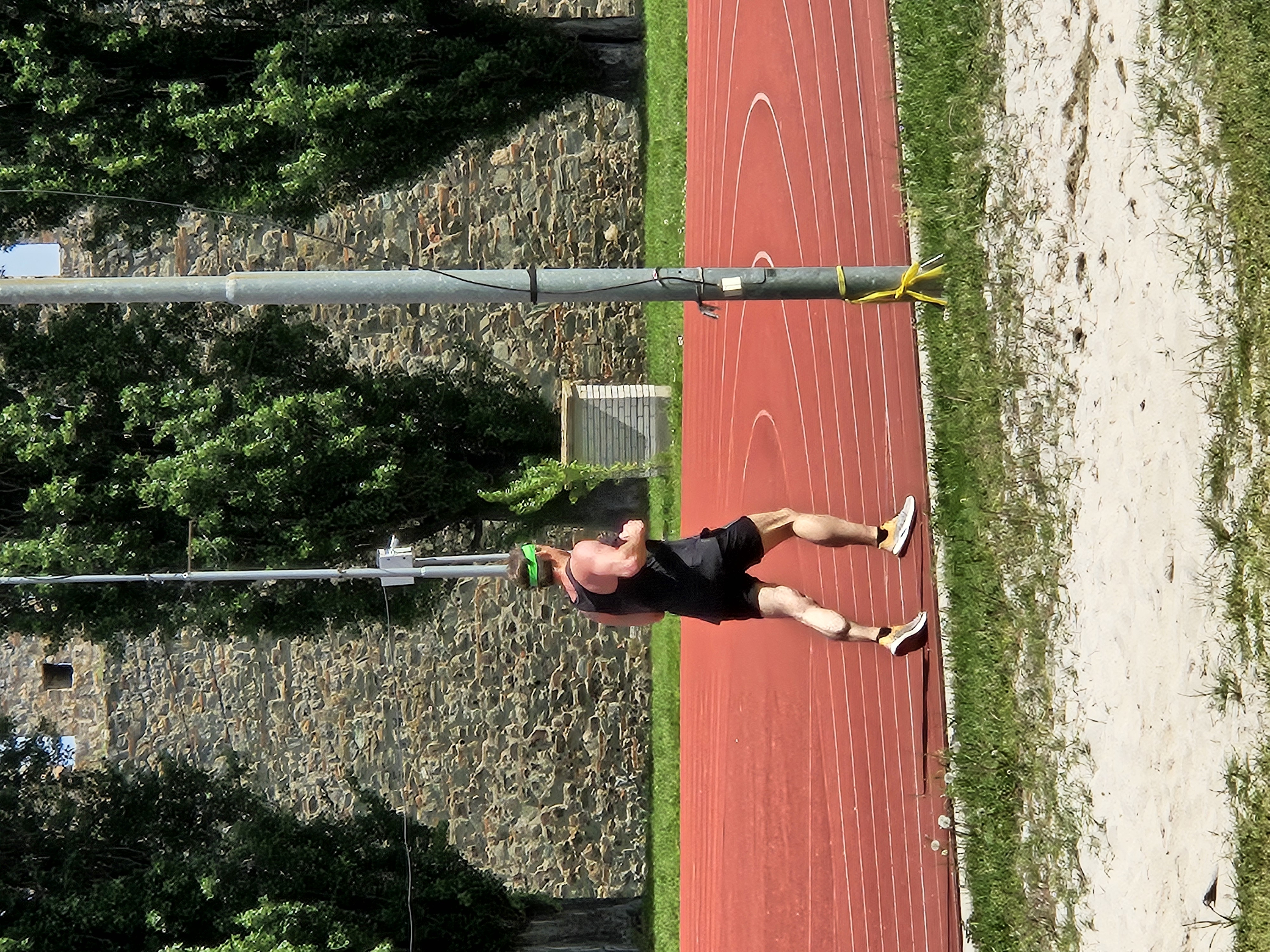
The athletic track was completed 5 years ago, and its construction began in 2012, when the famous high jumper Sergej Bubka laid the foundation stone. When we do the math, the athletic track, which is 400m long, took 13 years to build, while the entire fortress took 2 years to build. I'm not sure, but considering that 6 centuries have passed since it has existed, and that the method and materials for construction have advanced, then the athletics track should be built much faster. I won't complain too much because we have her, and I love running on her. Maybe it's better that it took so long to build, because in Serbia everything that is built quickly has a greater chance of falling on our heads.
Atletska staza je završena pre 5 godina, a njena gradnja je započela 2012. godine kada je poznati skakač u vis Sergej Bubka postavio kamen temeljac. Kada uradimo matematiku, atletska staza koja je dugačka 400m gradila se 13 godina, dok je za izgradnju cele tvrđave bilo potrebno 2 godine. Nisam siguran, ali s obzirom da je prošlo 6 vekova od kako tvršava postoji, i da je način i materijal za izgradnju napredovao, onda bi trebalo i atletska staza dosta brže da se izgradi. Neću mnogo da se žalim jer je imamo, i obožavam da trčim na njoj. Možda je i bolje što se ovoliko dugo gradila, jer u Srbiji sve što se brzo izgradi to je veća šansa da nam padne na glavu.
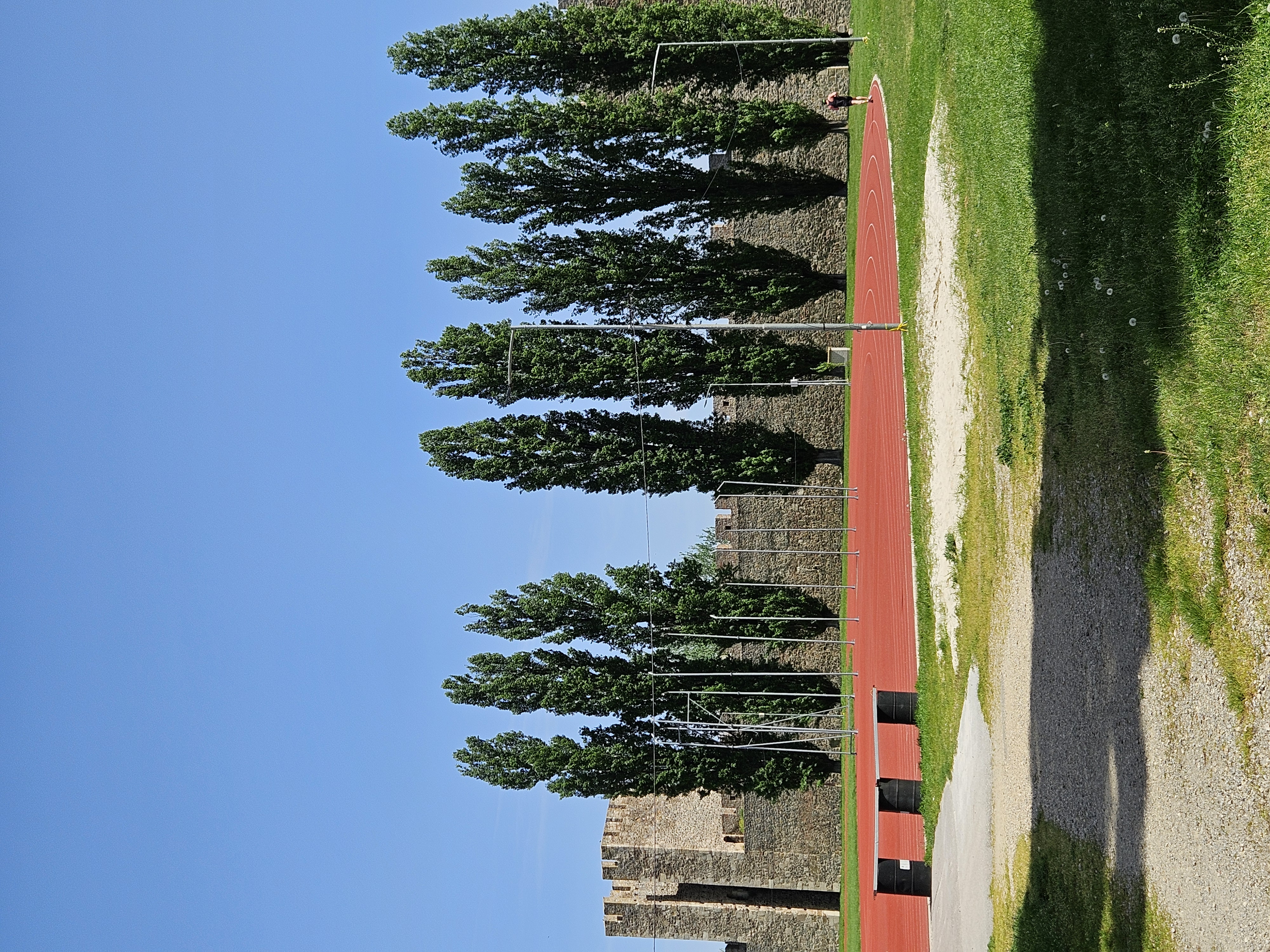

After visiting my favorite running track I continued to enjoy the beautiful weather and look around. I took photos along the way. The claim is truly incredible, the very thought that it is 6 centuries old is fascinating, that it survived everything is an even greater miracle. Ammunition exploded in the fortress, which moved the walls of the fortress by 2m. Human body parts could be found on the other side of town. The fortress still stands today after such a disaster.
Nakon što sam posetio moju omiljenu stazu za trčanje nastavio sam da uživam i divnom vremenu i razgledam oko sebe. Usput sam fotografisao. Tvrdjava je zaista neverovatna, sama pomisao da je stara 6 vekova je fascinantna, šta je tek sve preživela je još veće čudo. U tvrdjavi je eksplodirala municija koja je zidove tvrdjave pomerila za 2m. Ljudski delovi tela su mogli da se nadju na drugom kraju grada. Tvrdjava posle takve katastrofe i dan danas stoji.

Church in the fortress
During a walk through the fortress, it is impossible not to come across a church. You will see the foundations that were discovered in the 1980s. Research revealed that it was a church. It was, more precisely, a holy building, it was both an Orthodox and a Catholic church, but also a mosque. The foundation of this church is the oldest and its remains come from the 10th century and belong to the triconchal church. Later in the 15th century, an Orthodox church was built on the same foundations. After the Turkish conquest, the church was rebuilt and made into a mosque.
Excavations in the area around the church revealed a large number of graves from different periods, as well as artifacts, including frescoes, and the gold earrings of Maria Peleologus were found.
The church was not completely restored, only the foundations were laid in 2012.
Crkva u tvrđavi
Tokom šetnje kroz tvrđavu nemoguće je ne naići na crkvu. Videćete temelje koji su otkriveni 1980tih godina. Istraživanjem je otkriveno da je to crkva. To je, tačnije, bio sveti objekat, to je bila i pravoslavna, i katolička crkva, ali i džamija. Temelj ove crkve je najstariji i njegovi ostaci potiču iz 10. veka i pripadaju trikonhalnoj crkvi. Kasnije 15. veka na tim istim temeljima izgrađena je pravoslavna crkva. Crkva je nakon Turskog osvajanja prevpravljana i napravljena da bude džamija.
Iskopavanjem na tom području oko crkve pronašao se veliki broj grobova iz različitih perioda, kao i artefakte, uključujući i freske, pronađene su i zlatne minđuše Marije Peleolog.
Crkva nije u potpunosti obnovljena, samo temelji 2012. godine.

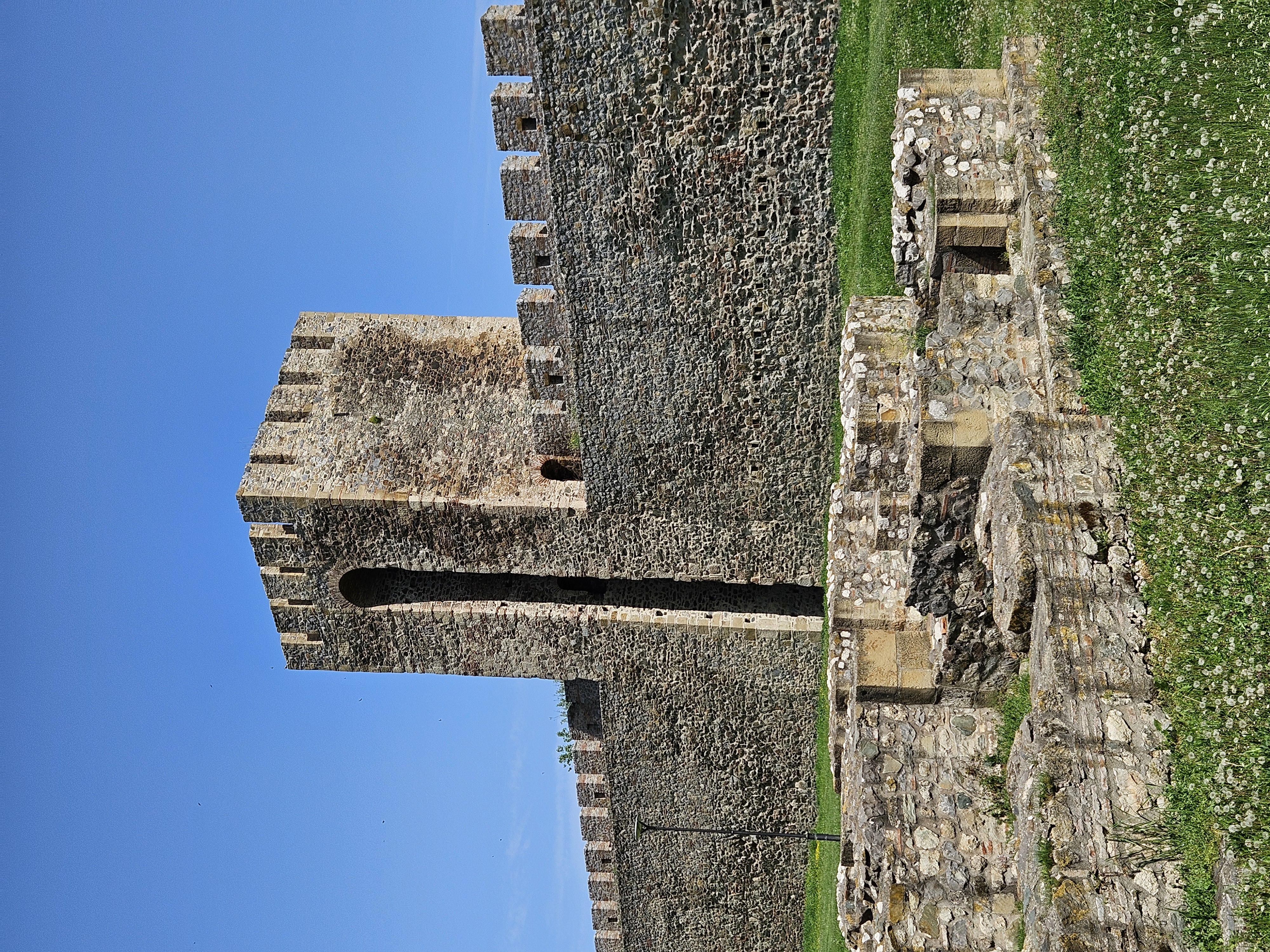
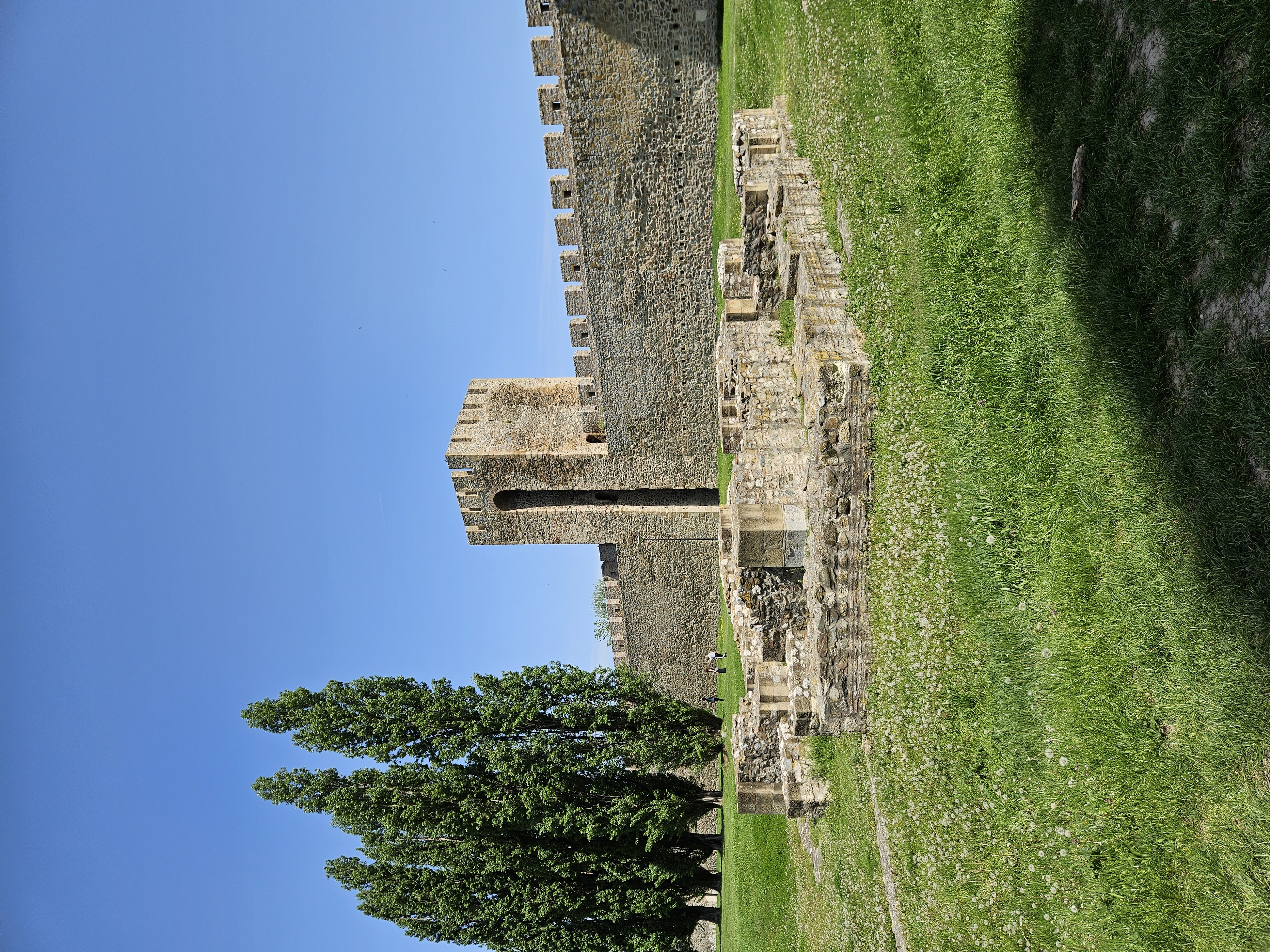




Architects and construction of the fortress
As you learned at the beginning, the fortress was built in the 15th century, more precisely between 1428 and 1430. The fortress was built by Despot Đurađ Branković during his reign. His plan was to build a new capital, because at that time Belgrade was under constant attacks. The fortress was built at the confluence of the Jezava and the Danube, which allows it to be well protected from enemy attacks. It was built in the shape of a triangle, and was surrounded by 25 towers and high walls, which made its military system strong. The shape of the triangle allowed them to have an easy defense, because the enemy would have to pass through several lines of defense. The towers were equipped with cannons.
Arhitektura i izgradnja tvrđave
Kao što ste saznali na početku, tvrđava je sagrađena u 15. veku, tačnije izmeđi 1428. i 1430. godine. Tvrđavu je za vreme svoje vladavine izgradio Despot Đurađ Branković. Njegov plan je bio da izgradi novu prestonicu, jer je u to vreme Beograd bio pod konstantnim napadima. Tvrđava je sagrađena na ušću Jezave u Dunav, što joj omogućava da bude dobro zaštićena od neprijateljskih napada. Sagrađena je u obliku trougla, i okružena je sa 25 kula i visokim zidovima, što je činilo da njen vojni sistem bude jak. Oblik trougla je omogućio da iamju laku odbranu, jerr bi neprijatelj morao da prođe kroz nekoliko linija odbrane. Kule su bile opremljene topovima.

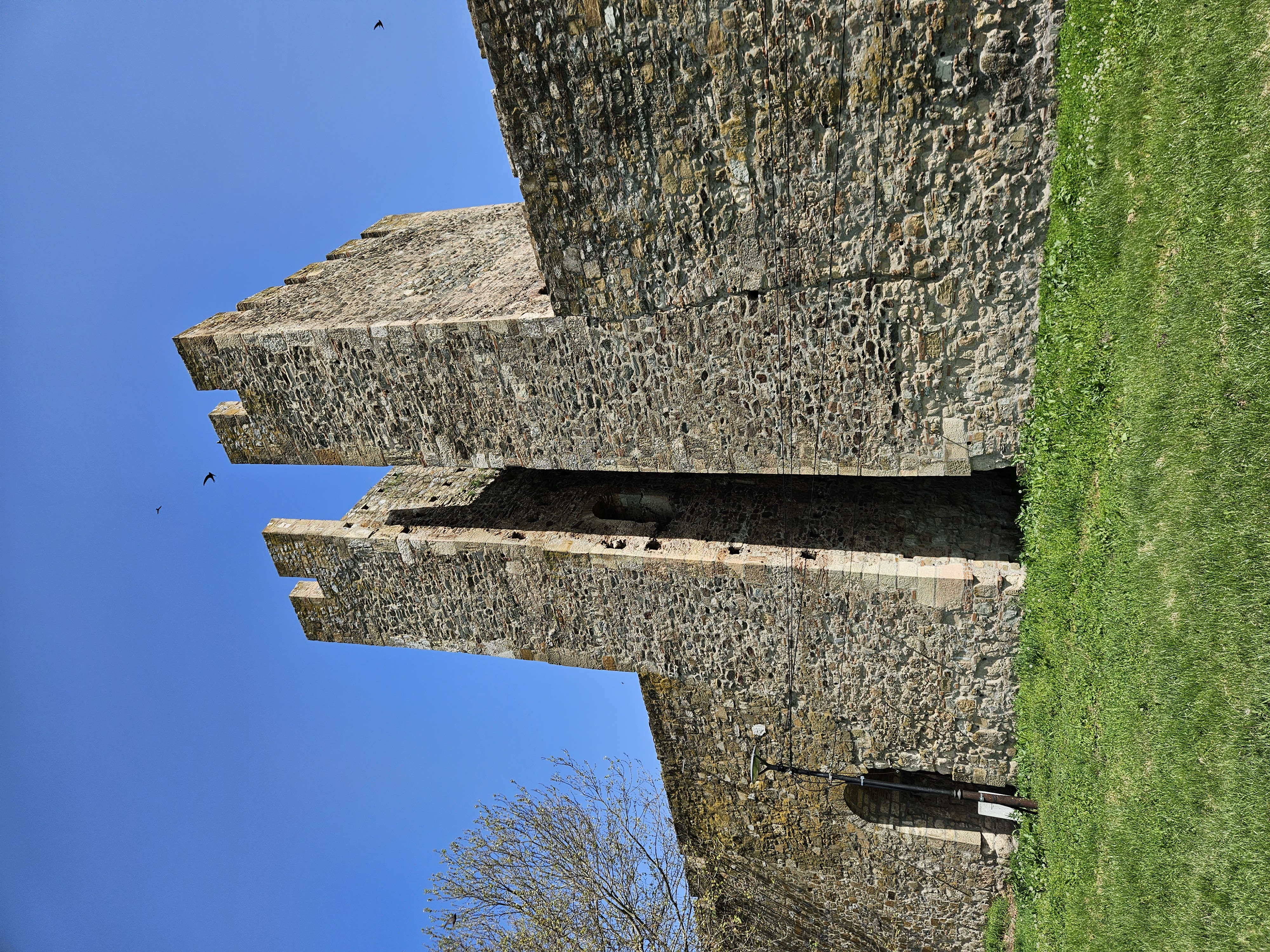
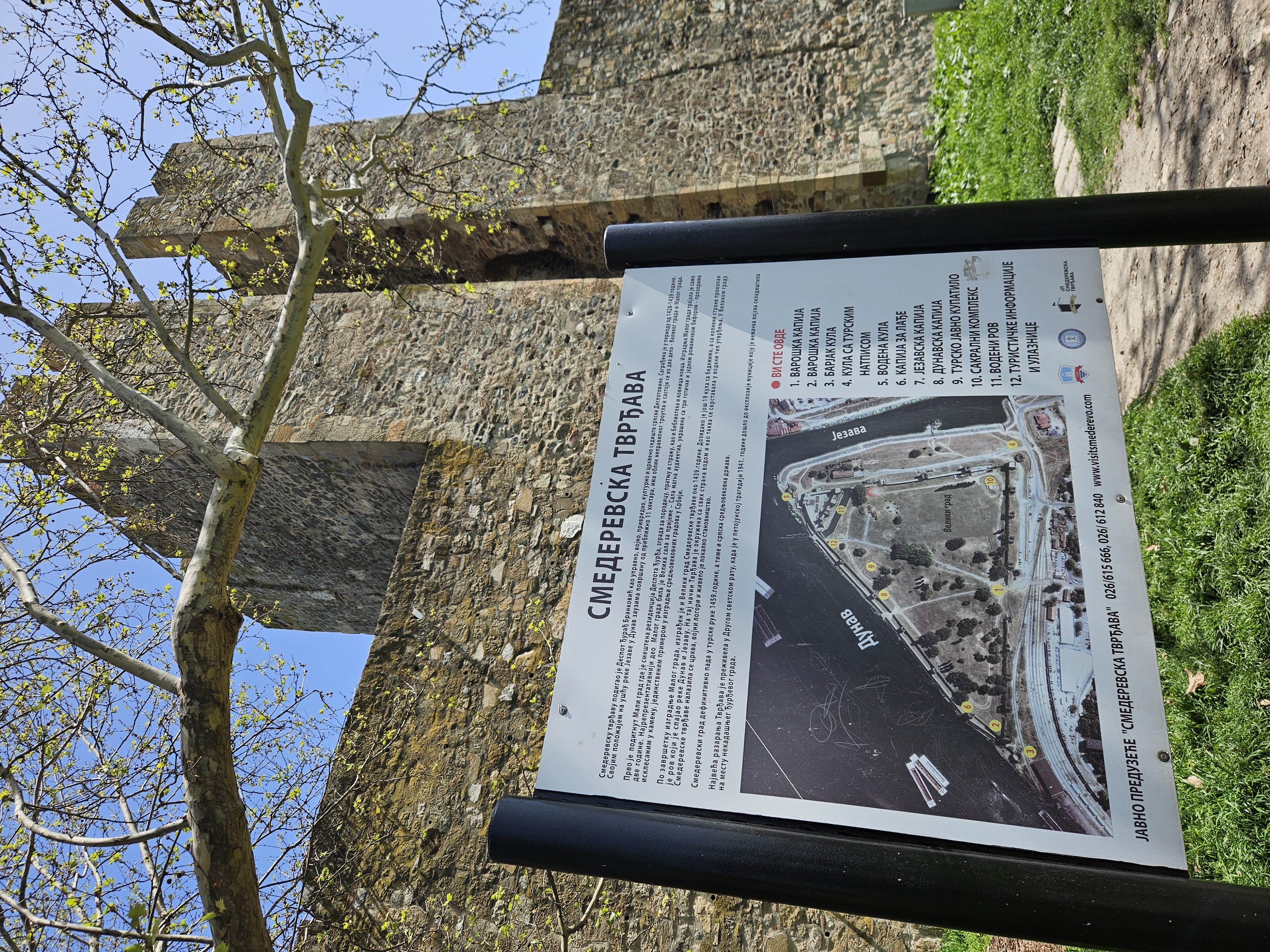
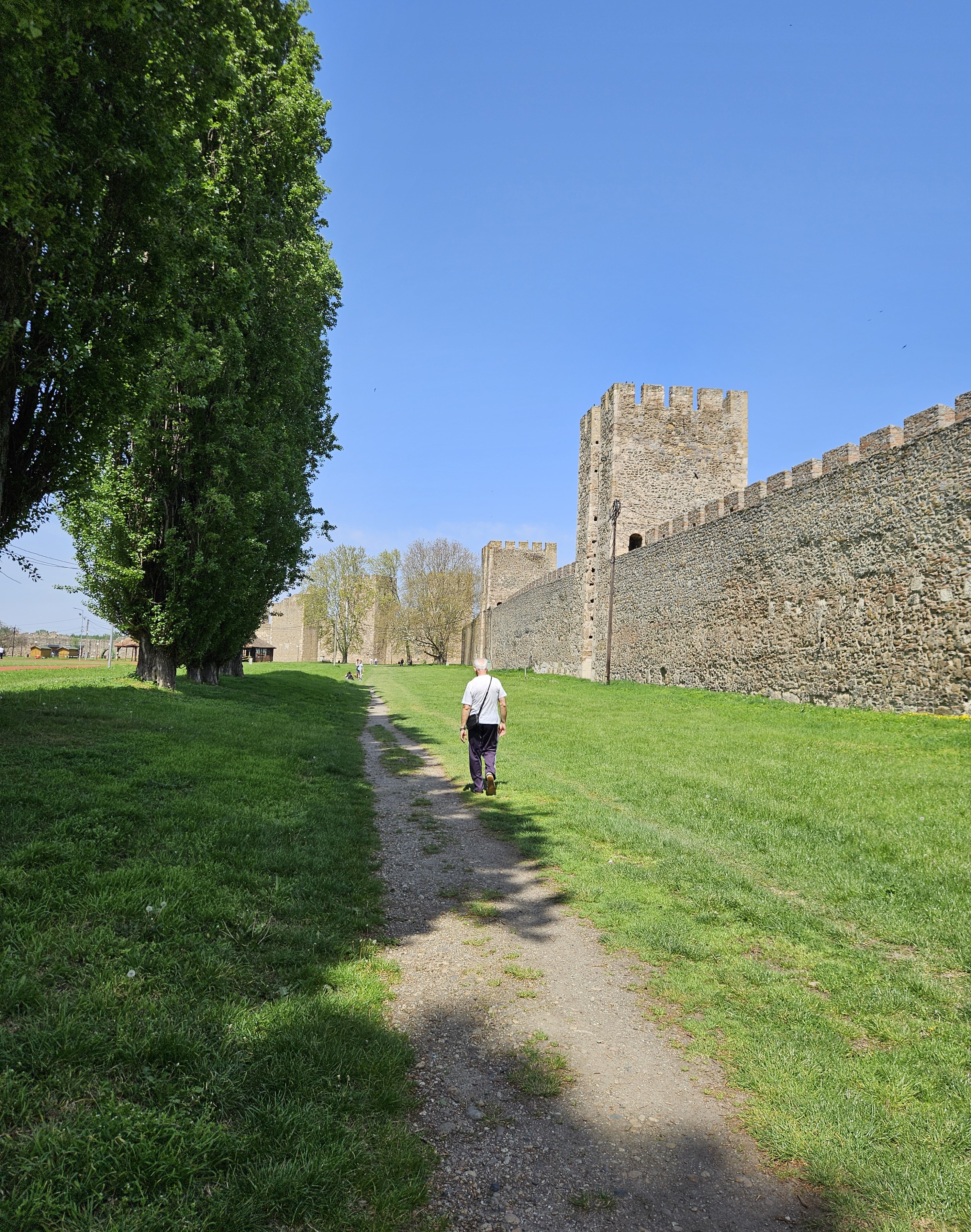

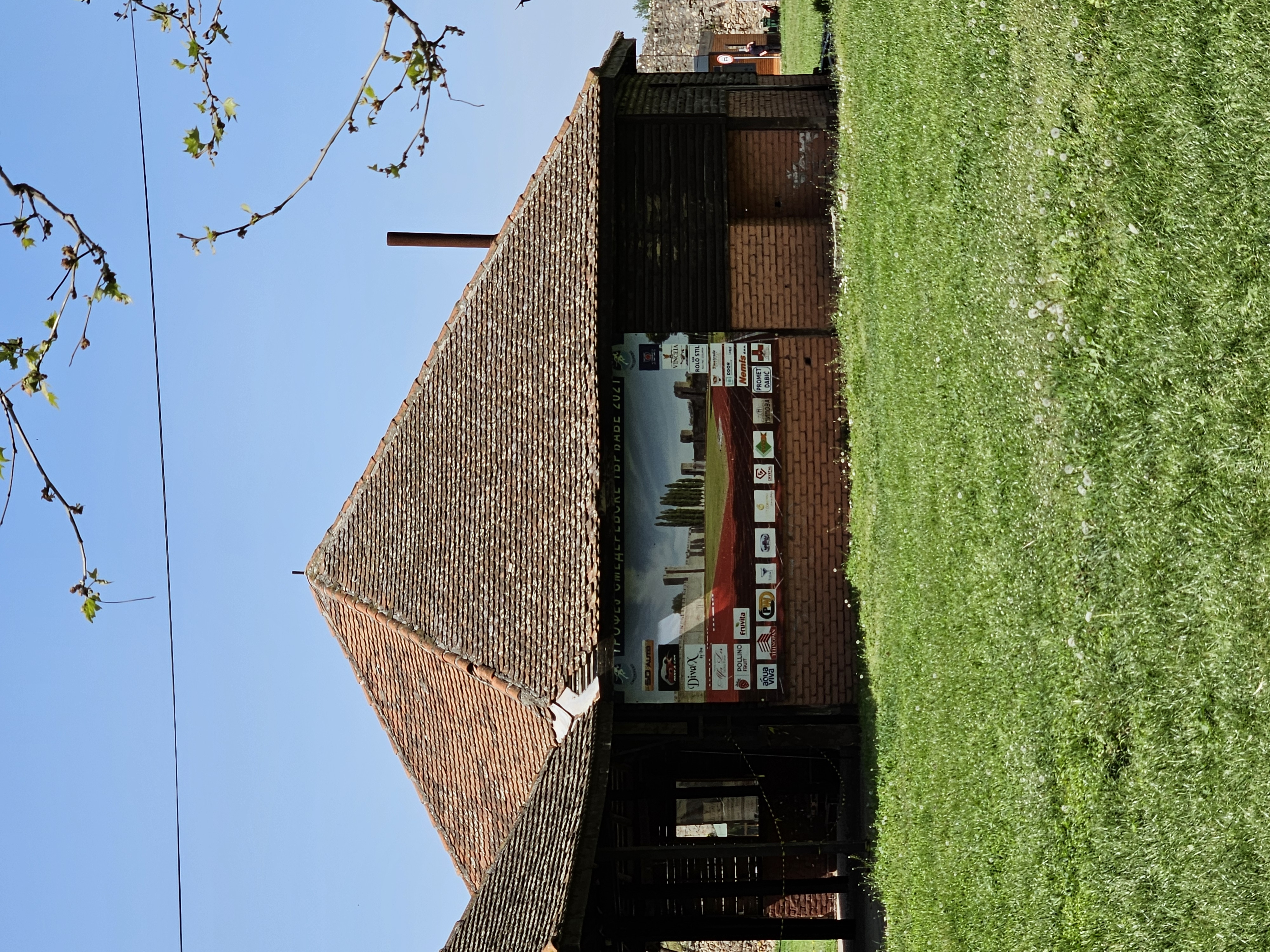



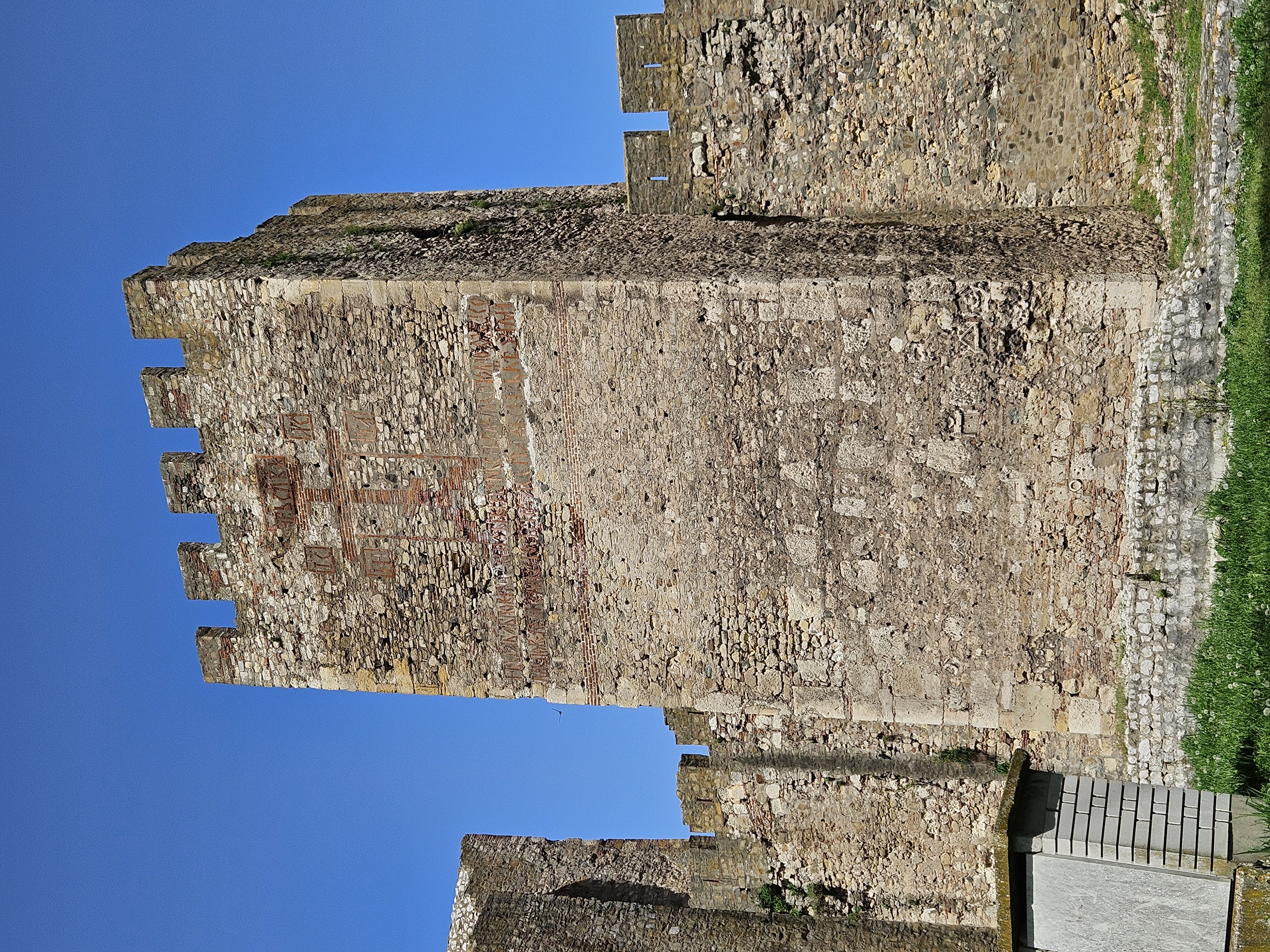
Significance during the Middle Ages
Back then, medieval Serbia was under constant attacks by the Ottoman Empire. The Smederevo fortress was crucial and very important for defense against the enemy. During the reign of Đurđe, it was a symbol of strength and power, and one of the most functional military facilities of that time. The fortress became the capital, and its position was an important factor in the prosperity of Serbia.
Unfortunately, after a long struggle and resistance, after the death of Đurđa, the fortress fell into enemy hands in 1459. Since then, Serbia has lost its independence, and that's when the new period of the Ottoman Empire begins. That period is considered crucial for Serbian history, because the culture and way of life changed, today we use some Turkish words and some of their way of life.
Značaj tokom srednjeg veka
Tadašnja srednjovekovna Srbija je bila pod konstantnim napadima Otomanskog carstva. Smederevska tvrđava je bila ključna i veoma značajna za odbranu od neprijatelja. Ona je u vreme vladavine Đurđa bila simbol snage i moći, i jedan od najfunkcionalnijih vojnih objekata tog vremena. Tvrđava je postala prestonica, a njen položaj je bio važan faktor u dobrani Srbije.
Na žalost nakon duge borbe i otpora, nakon smrti Đurđa tvrđava pada pod neprijateljske ruke 1459. godine. Od tada je Srbija izgubila svoju nezavisnost, i tada počinje novi period Osmanskog carstva. Taj period se smatra ključnim za srpsku istoriju, jer se promenila kultura, način življenja, danas koristimo neke turske reči i neki njihov način življenja.
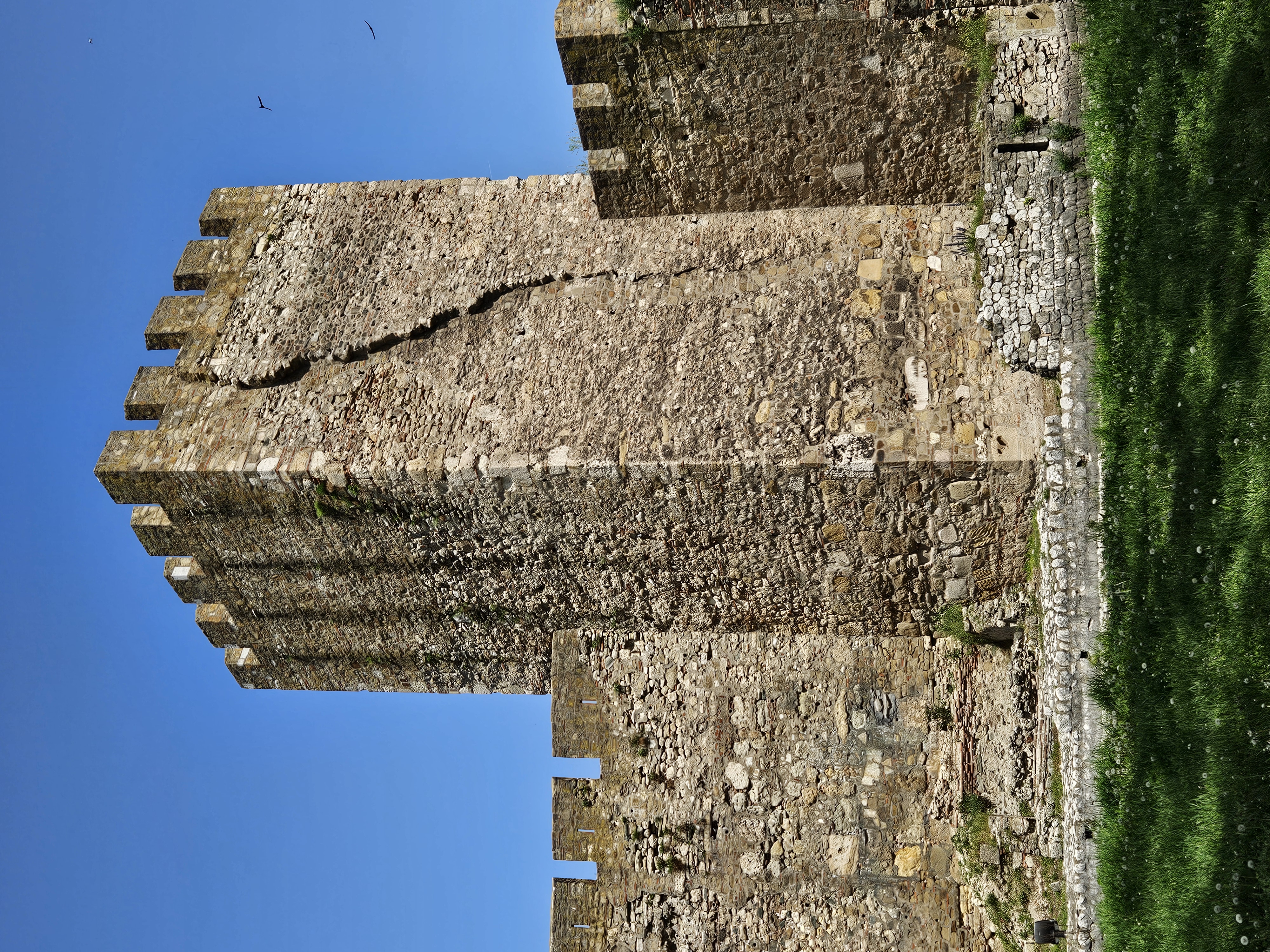
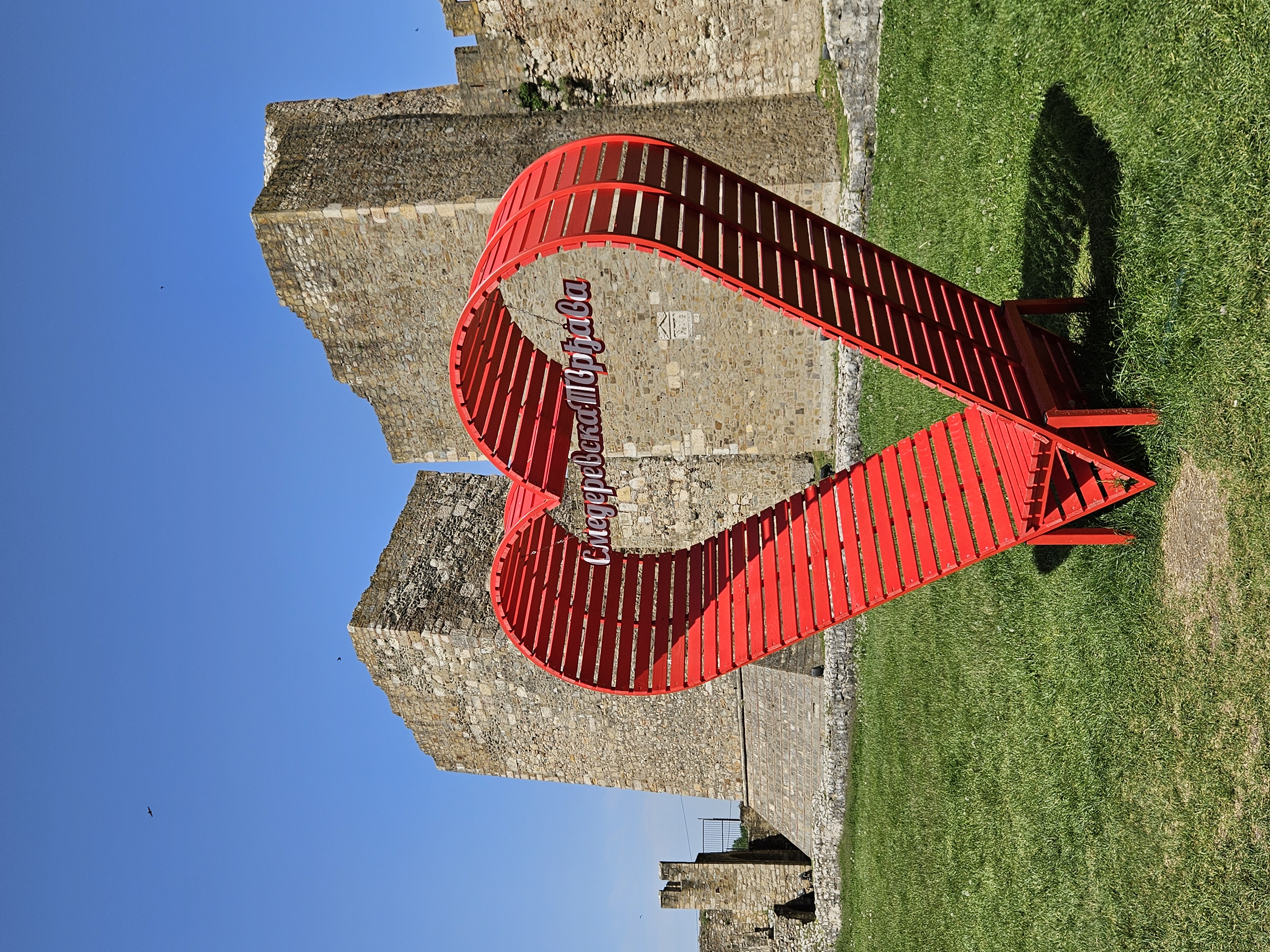
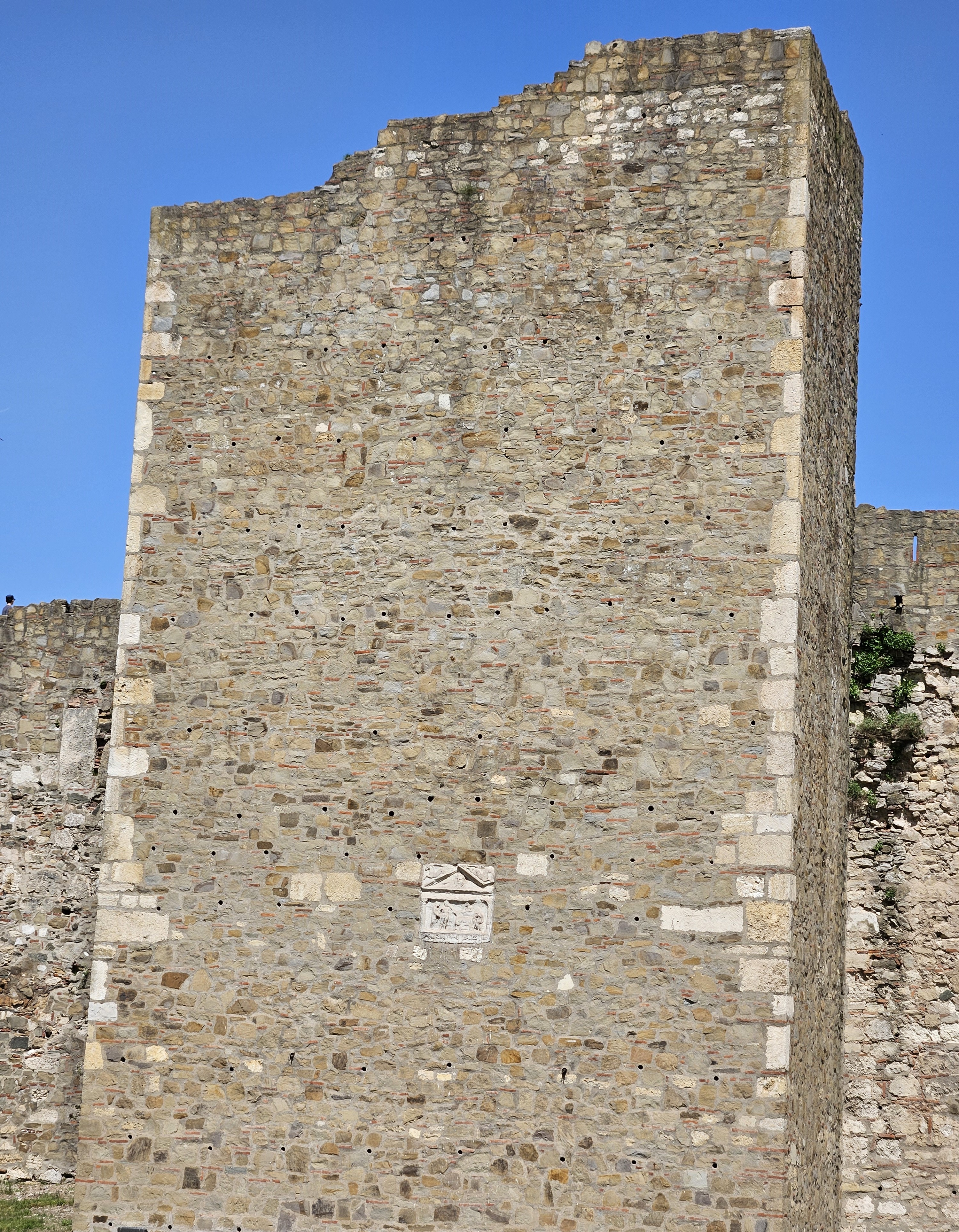
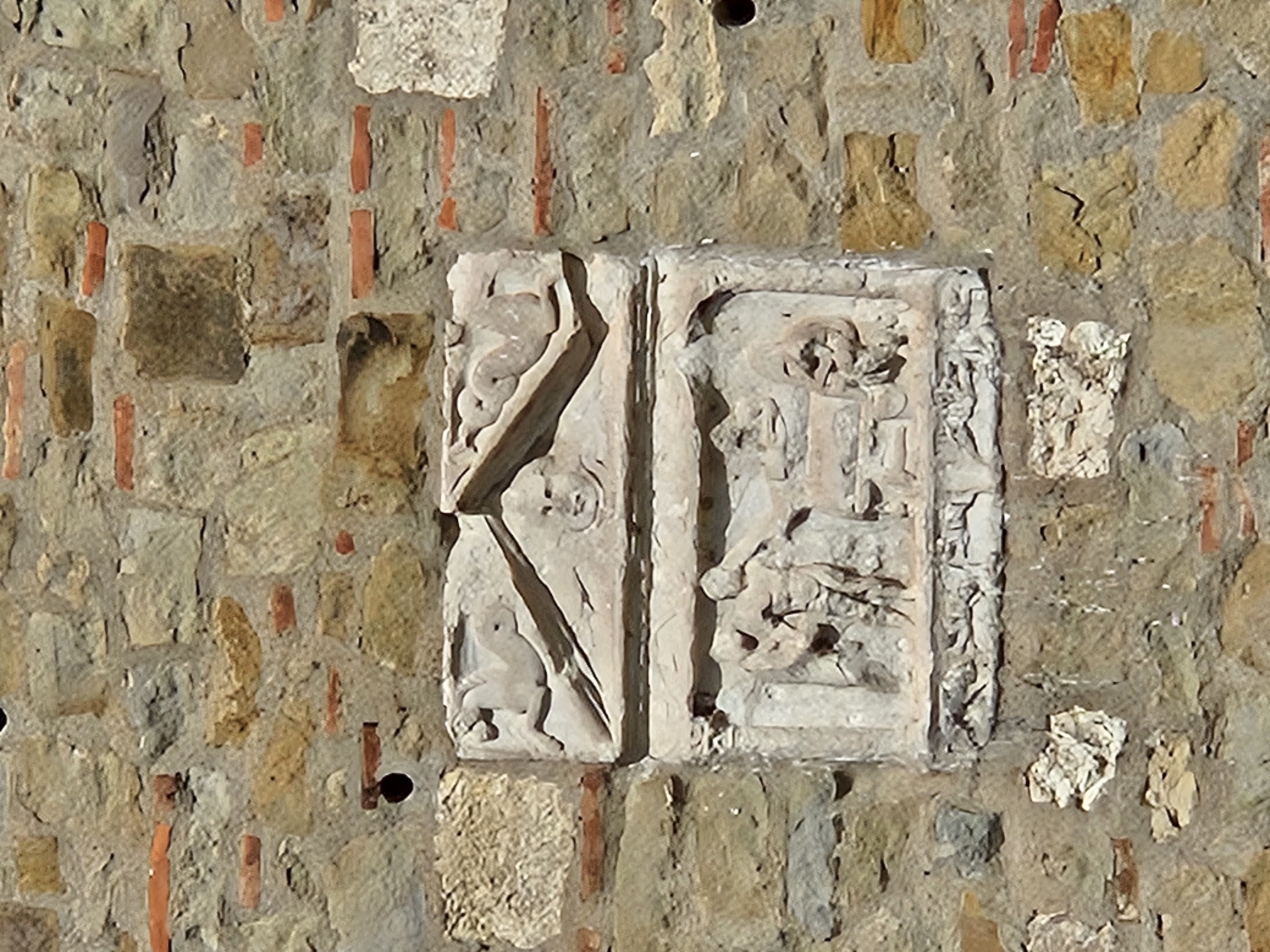
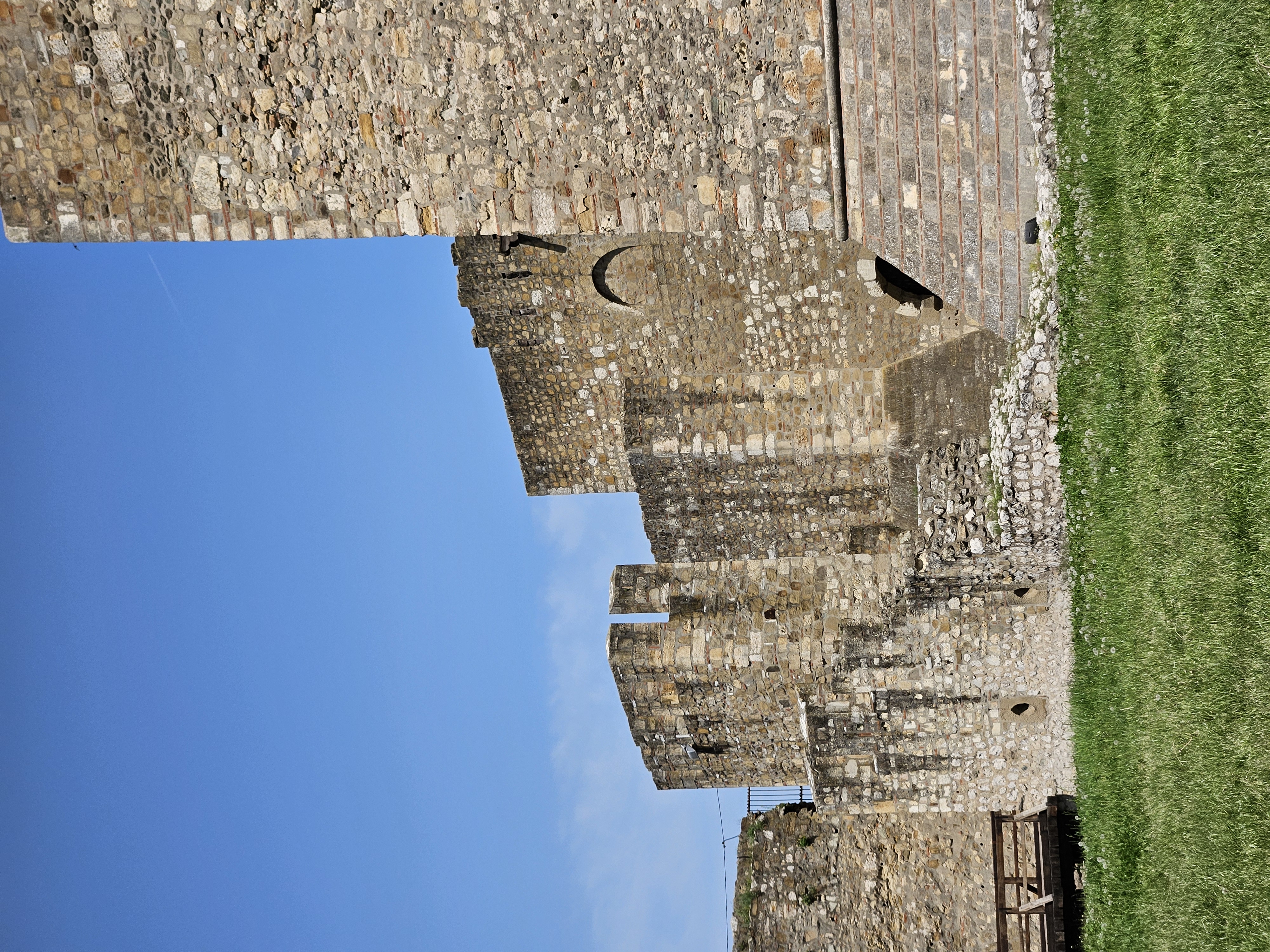

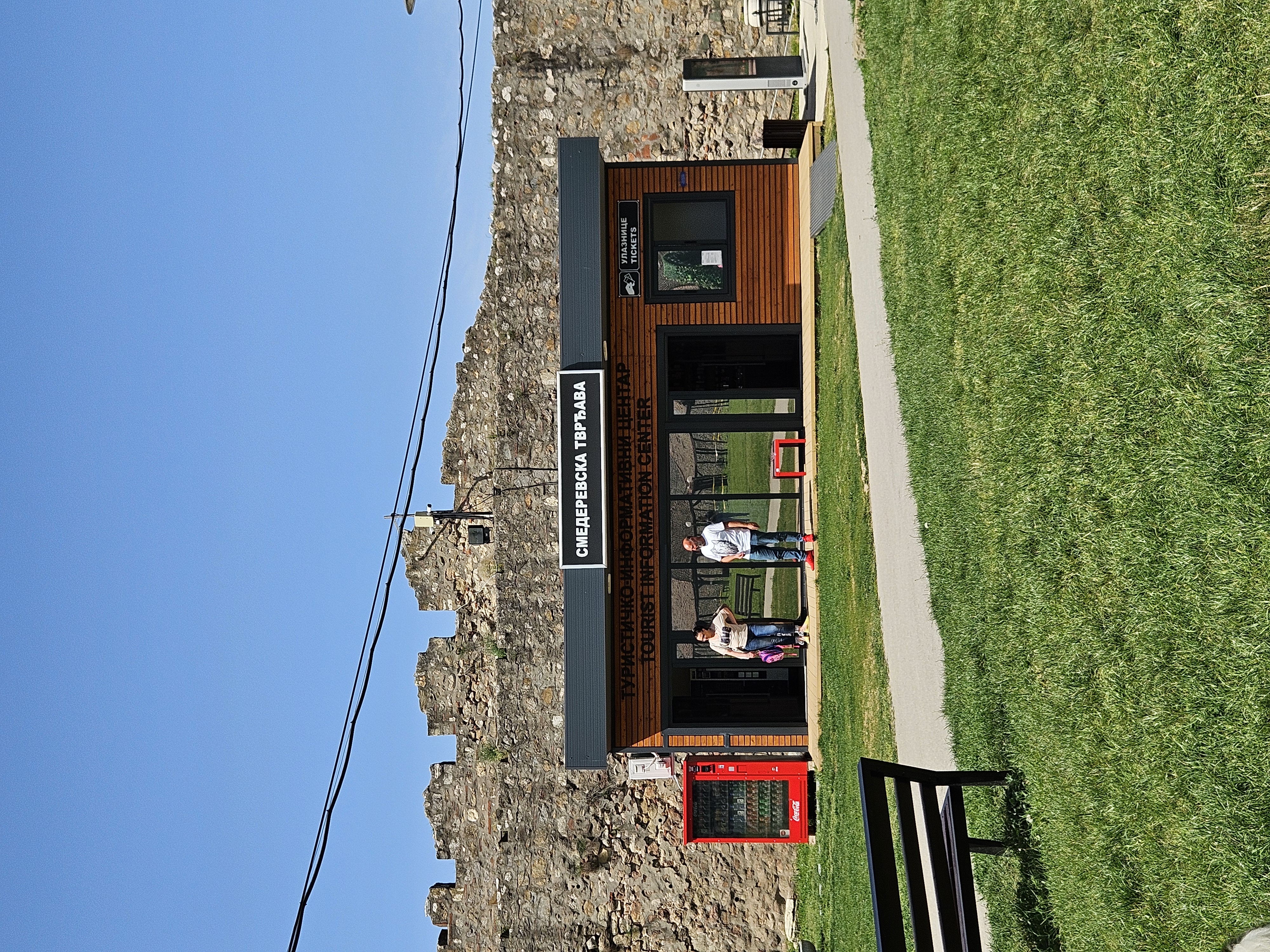
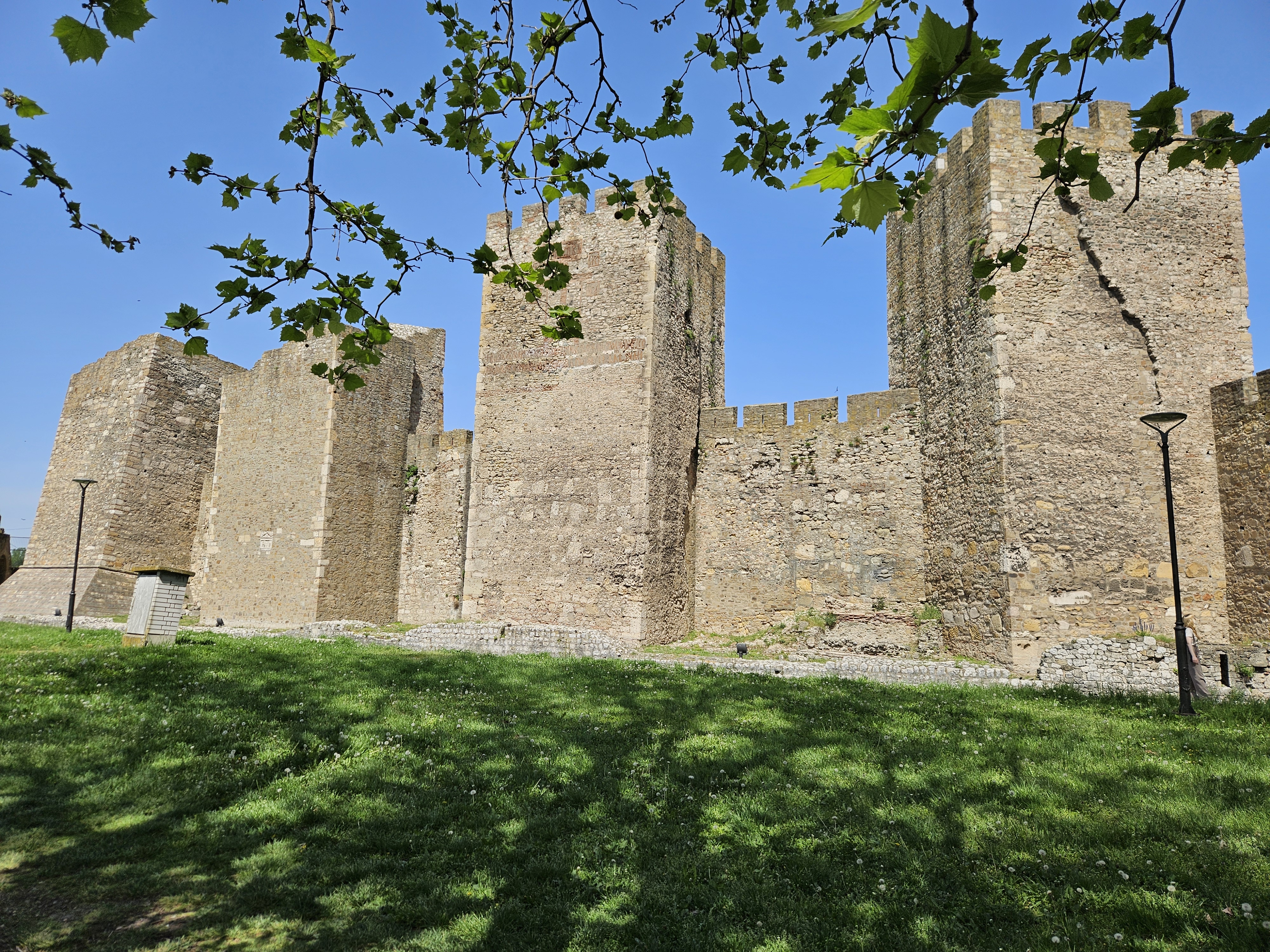
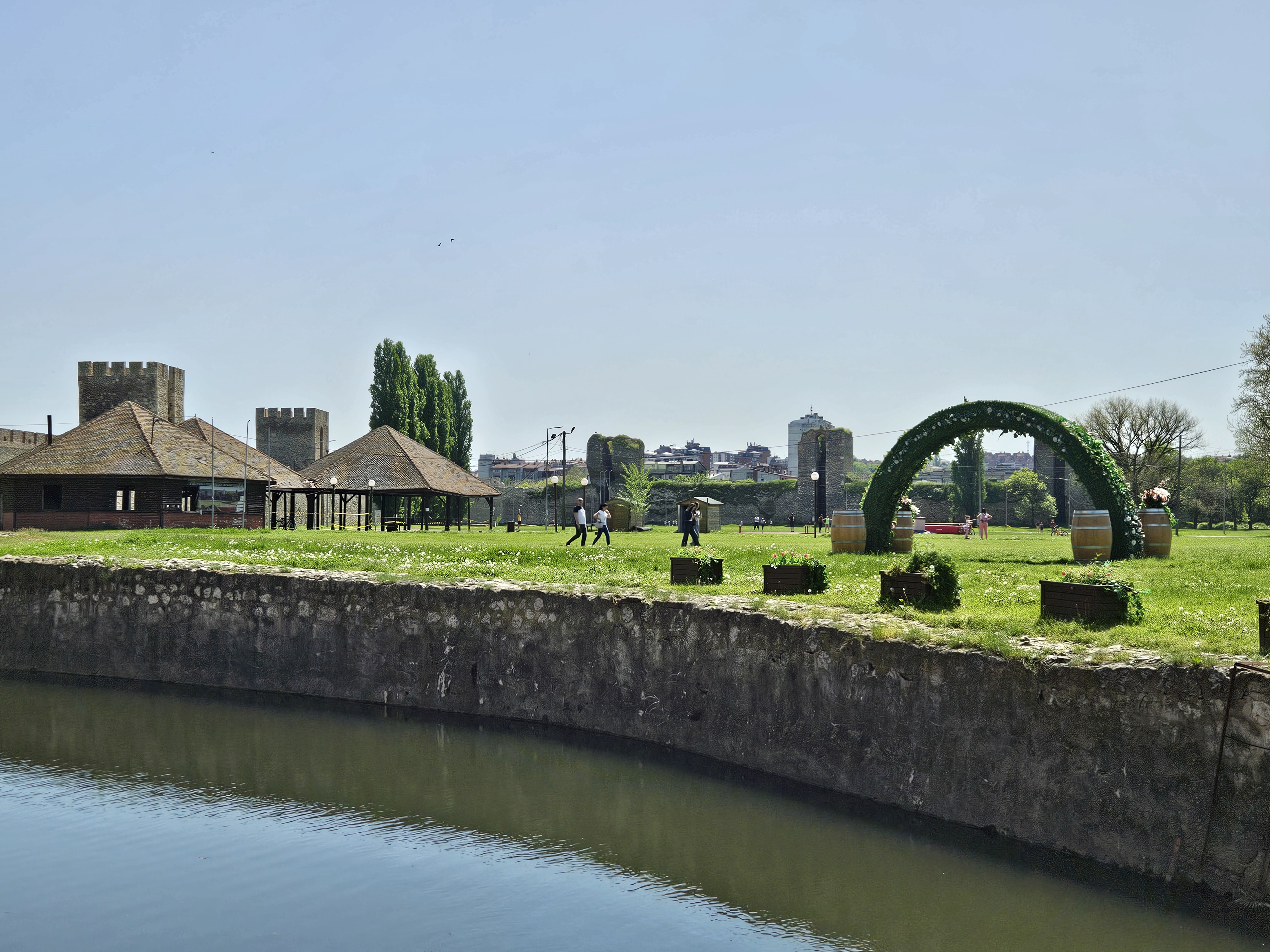
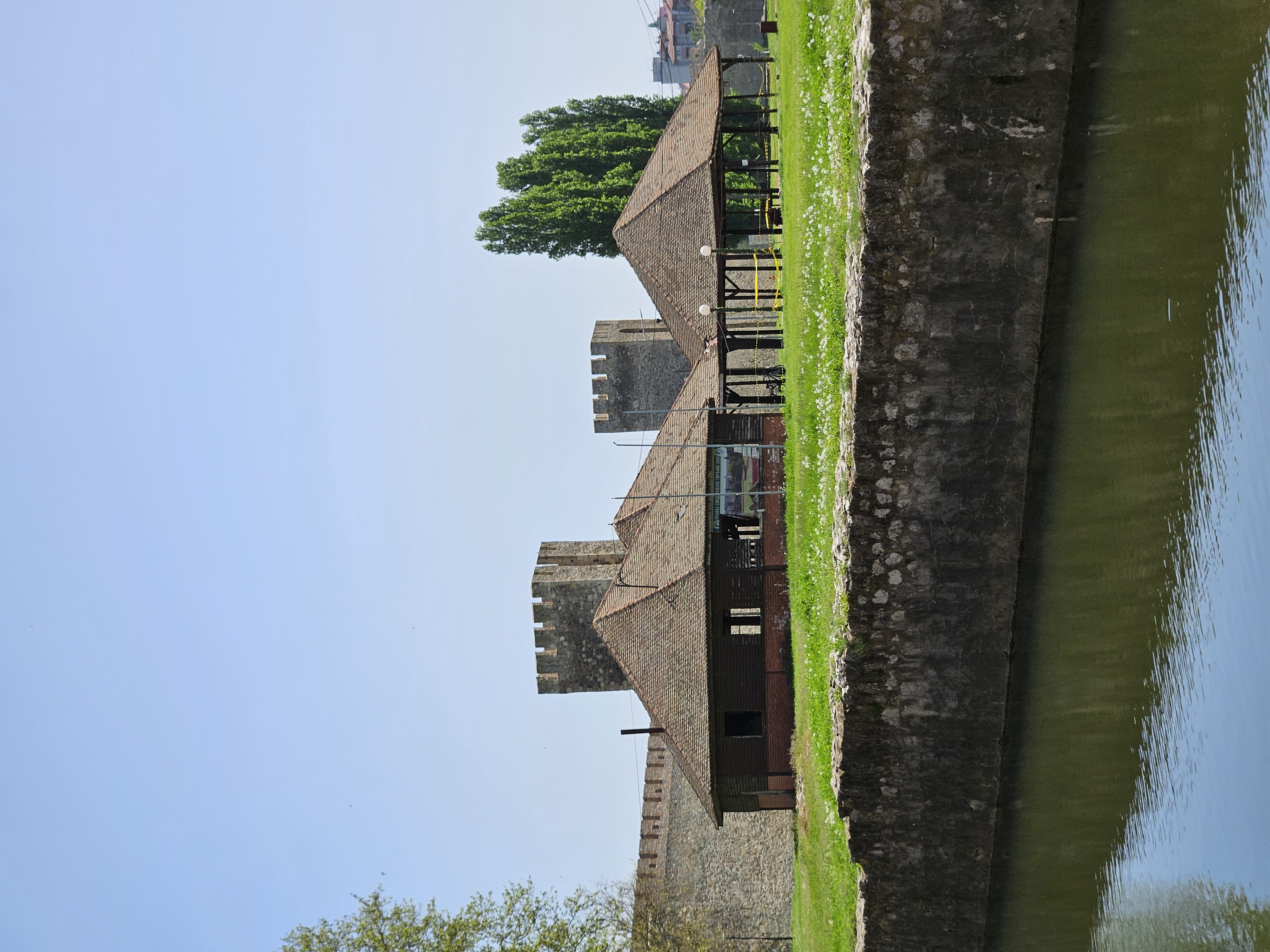
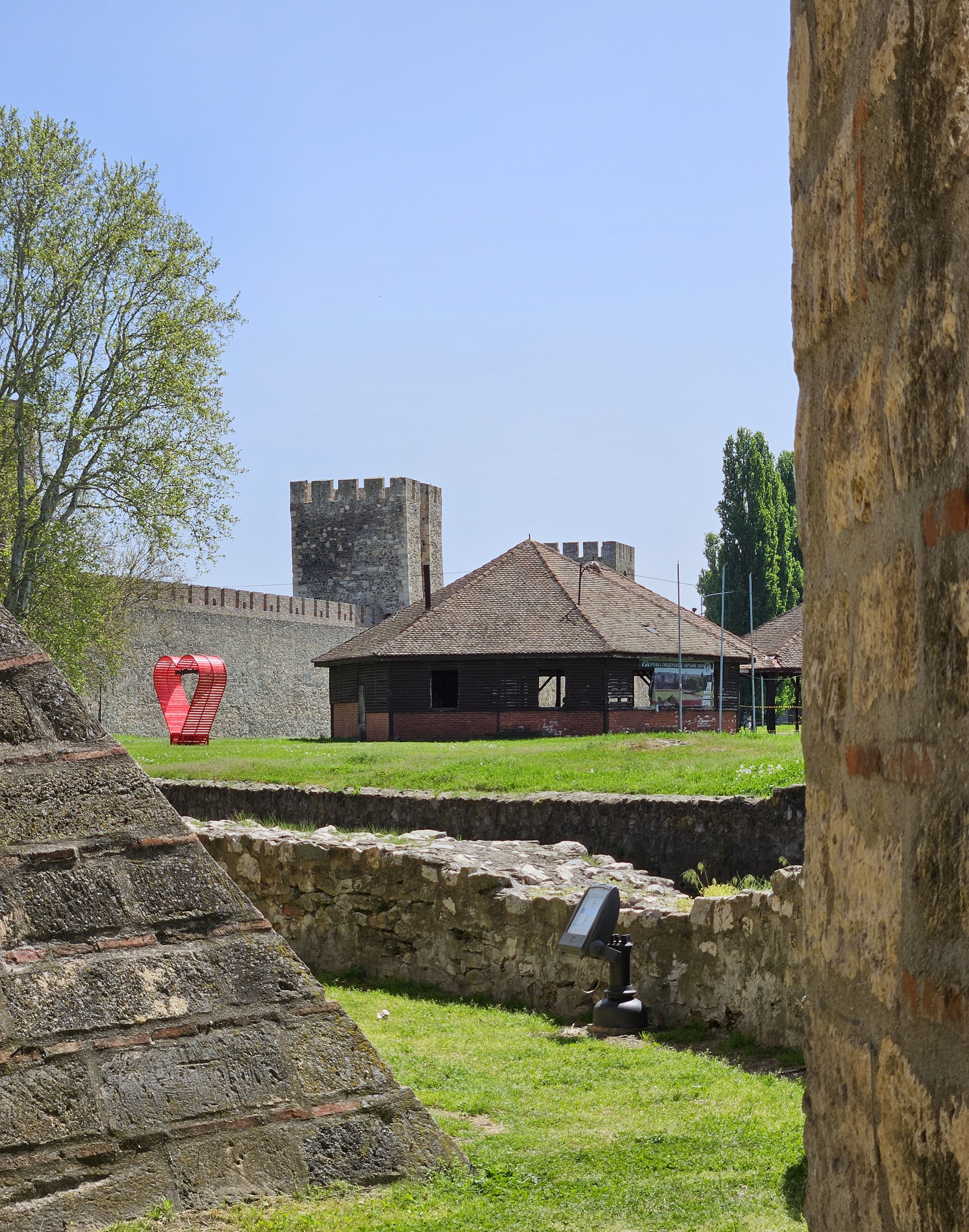
A small town
This town is located in one of the corners of the fortress triangle. It was an important trade center, but also the place where the Branković dynasty lived. Today, the place is a historical monument and tourist attraction. Throughout history, this city has gone through numerous changes, and has retained many of its glorious past.
The first part of the fortress that was built was managed by a small town. Đurađ decided to build a new capital in that place. The entire fort was home to many people, and within the fort there was a certain division between civilian and military life. The small town was a place where soldiers, merchants, artisans, and Despot Đurađ himself lived.
Mali grad
Ovaj grad se nalazi u jednom od ugla trougla tvrđave. Bio je značajan trgovički centar, ali i mesto gde je dinastija Branković živela. Danas je to mesto istorijski spomenik i turistička atrakcija. Kroz istoriju ovaj grad je prošao kroz brojne promene, zadržao je mnogo targova svoje slavne prošlosti.
Prvo deo tvrđave koji je izgrađen je upravio bio mali grad. Đurađ je odlučio da na tom mestu napravi novu prestonicu. Cela tvrđava je bila dom za mnoge ljude, a unutar tvrđave je postojala određena podela između civilnog i vojnog života. Mali grad je bio mesto gde su živeli vojnici, trgovci, zanatlije, i sam Despot Đurađ.

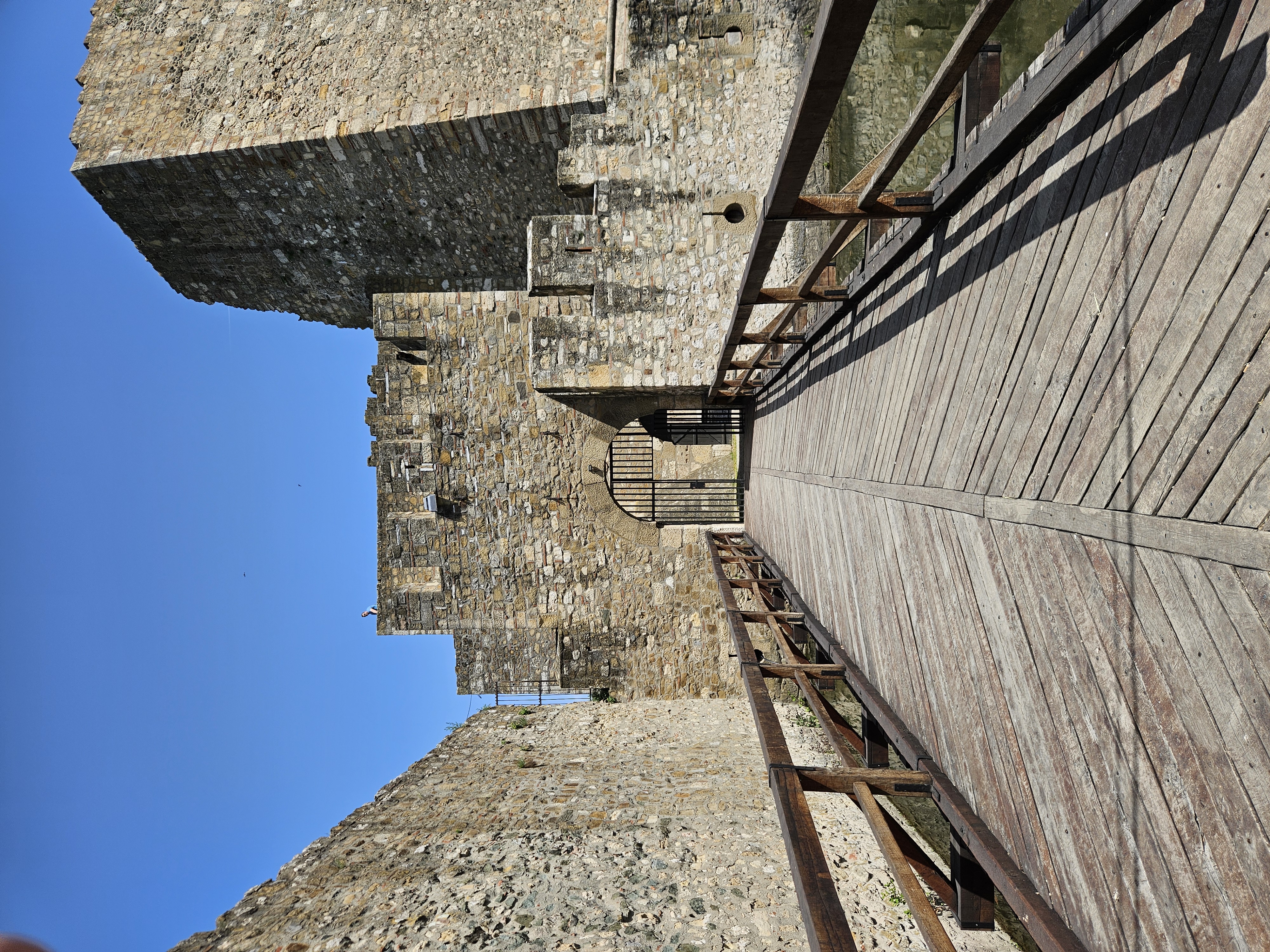

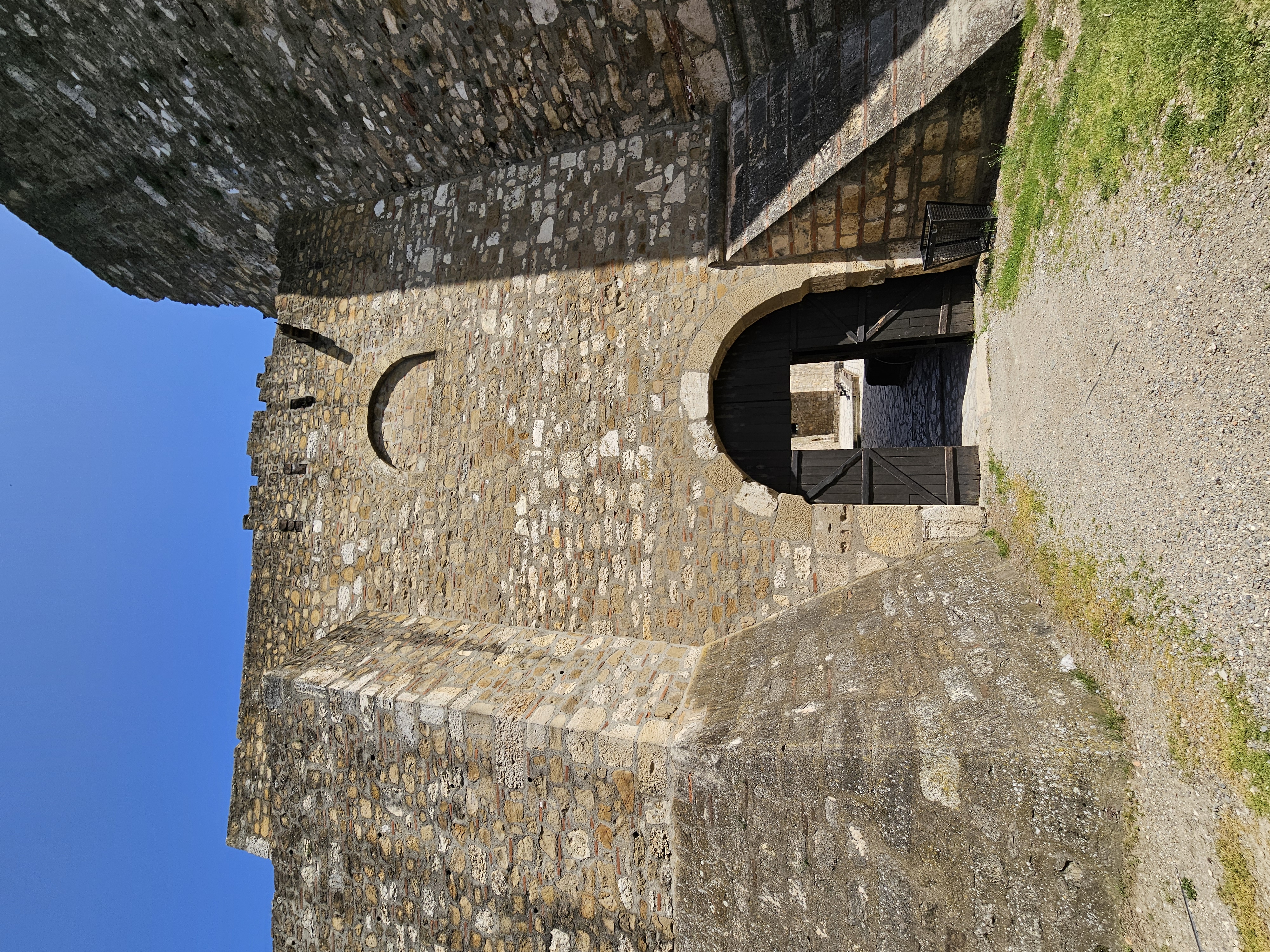
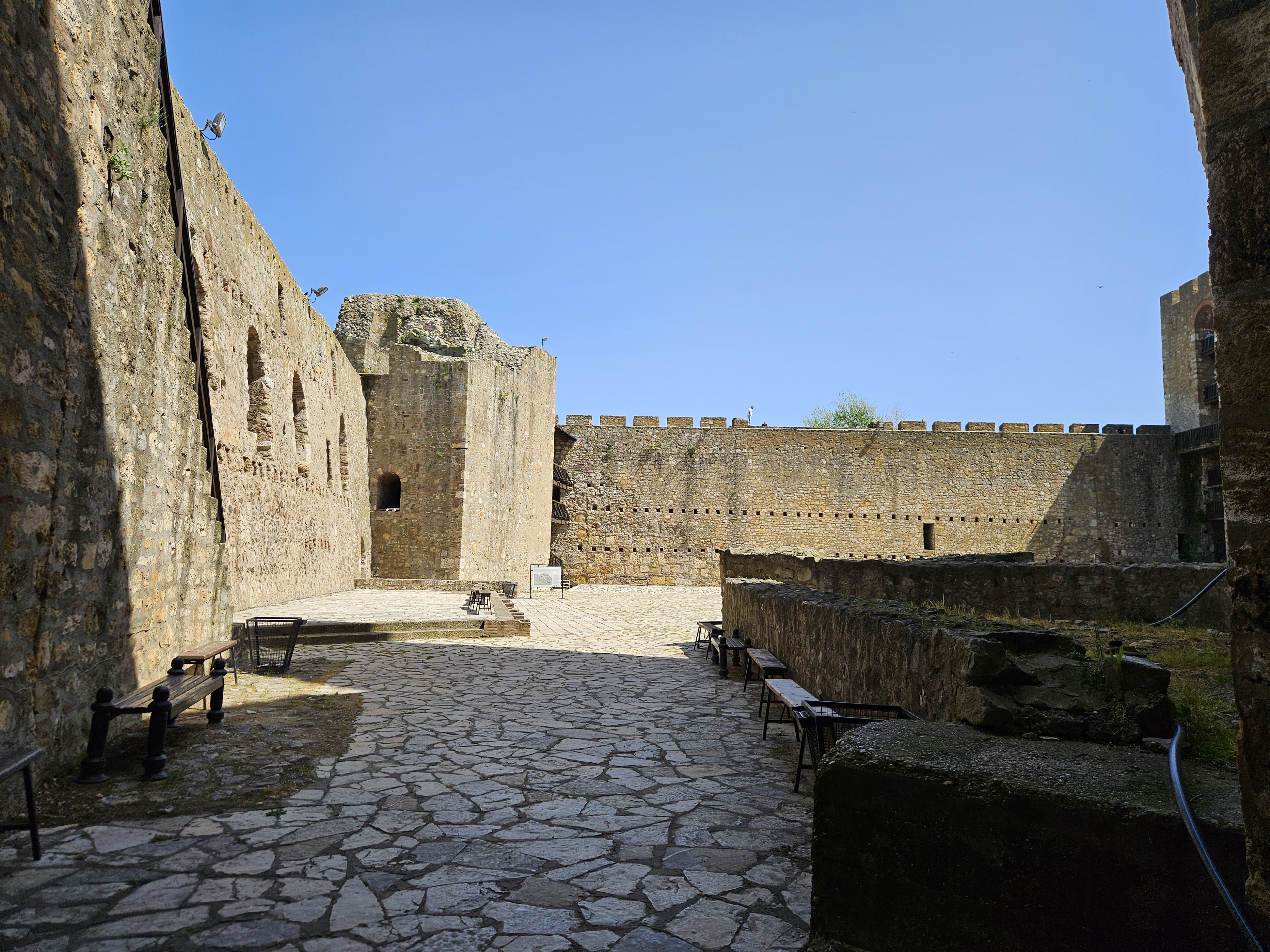
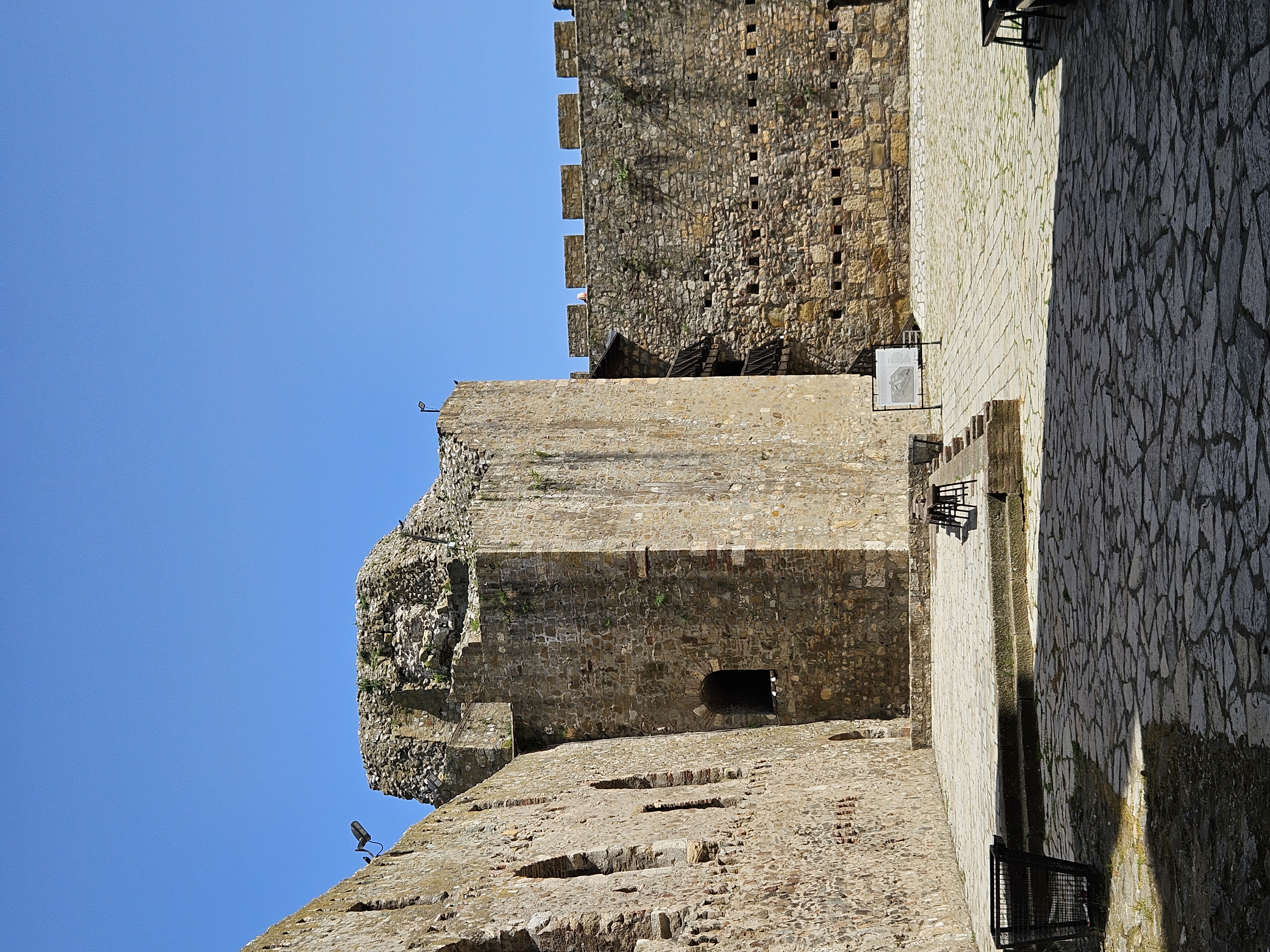
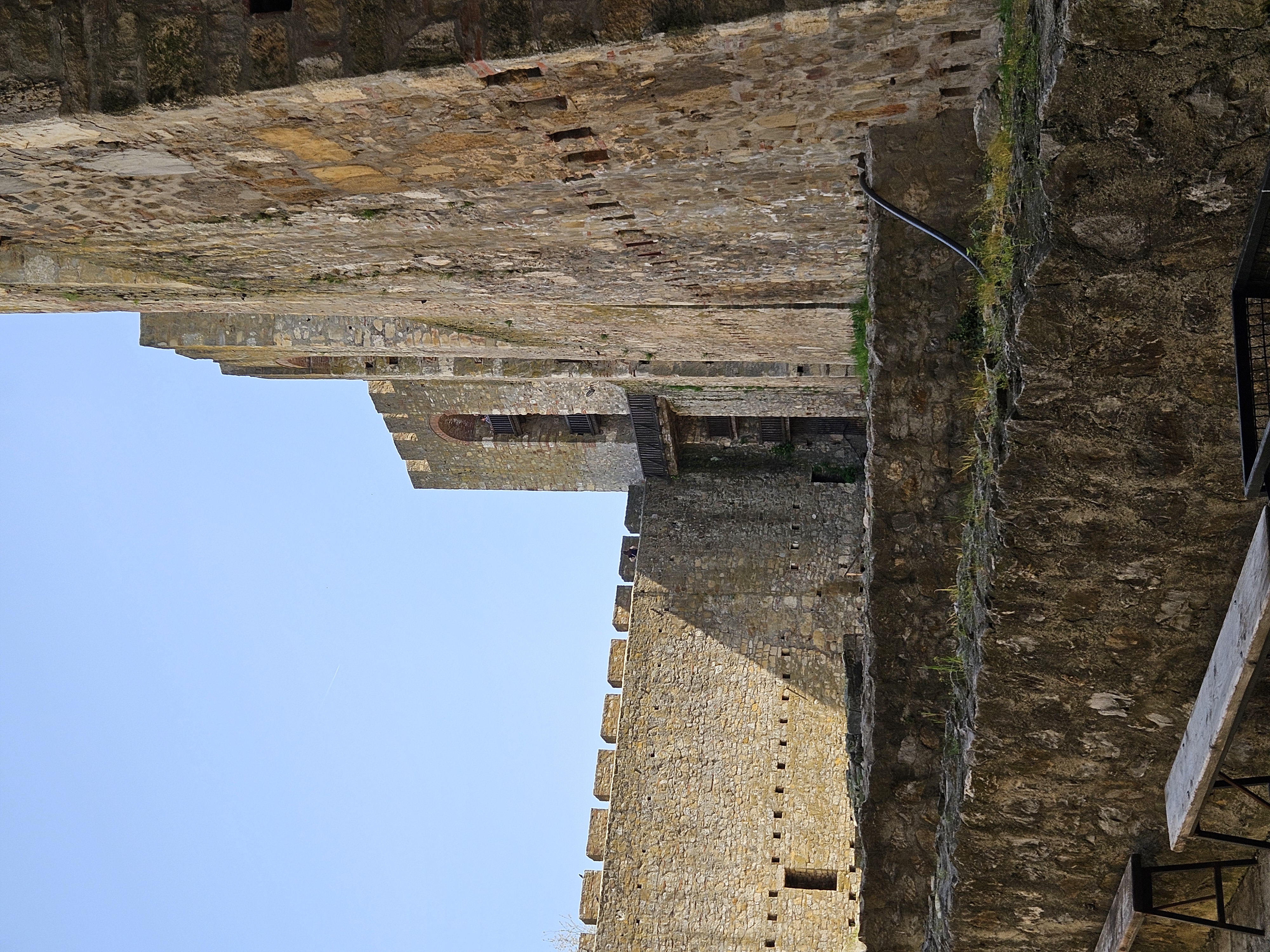
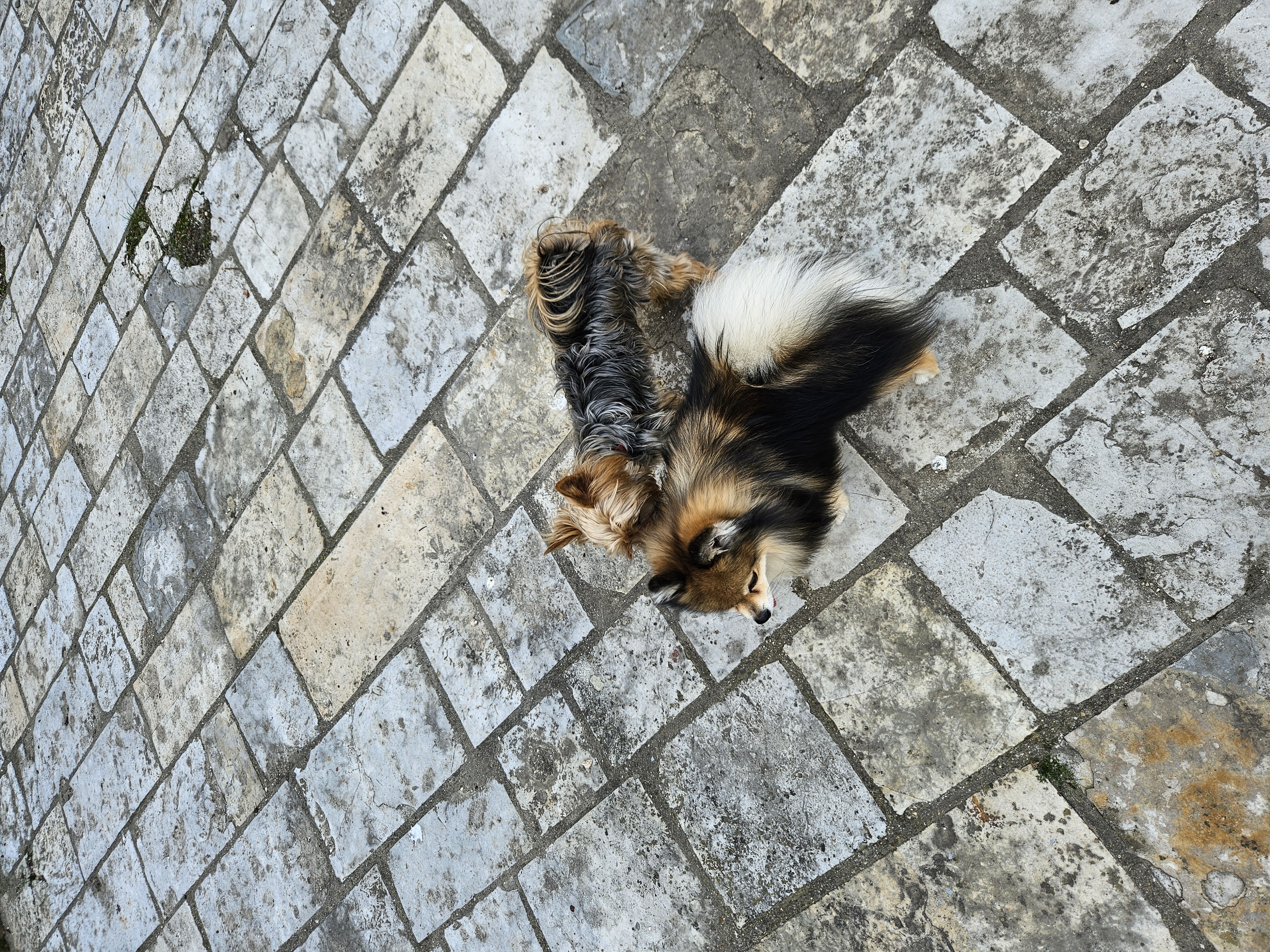
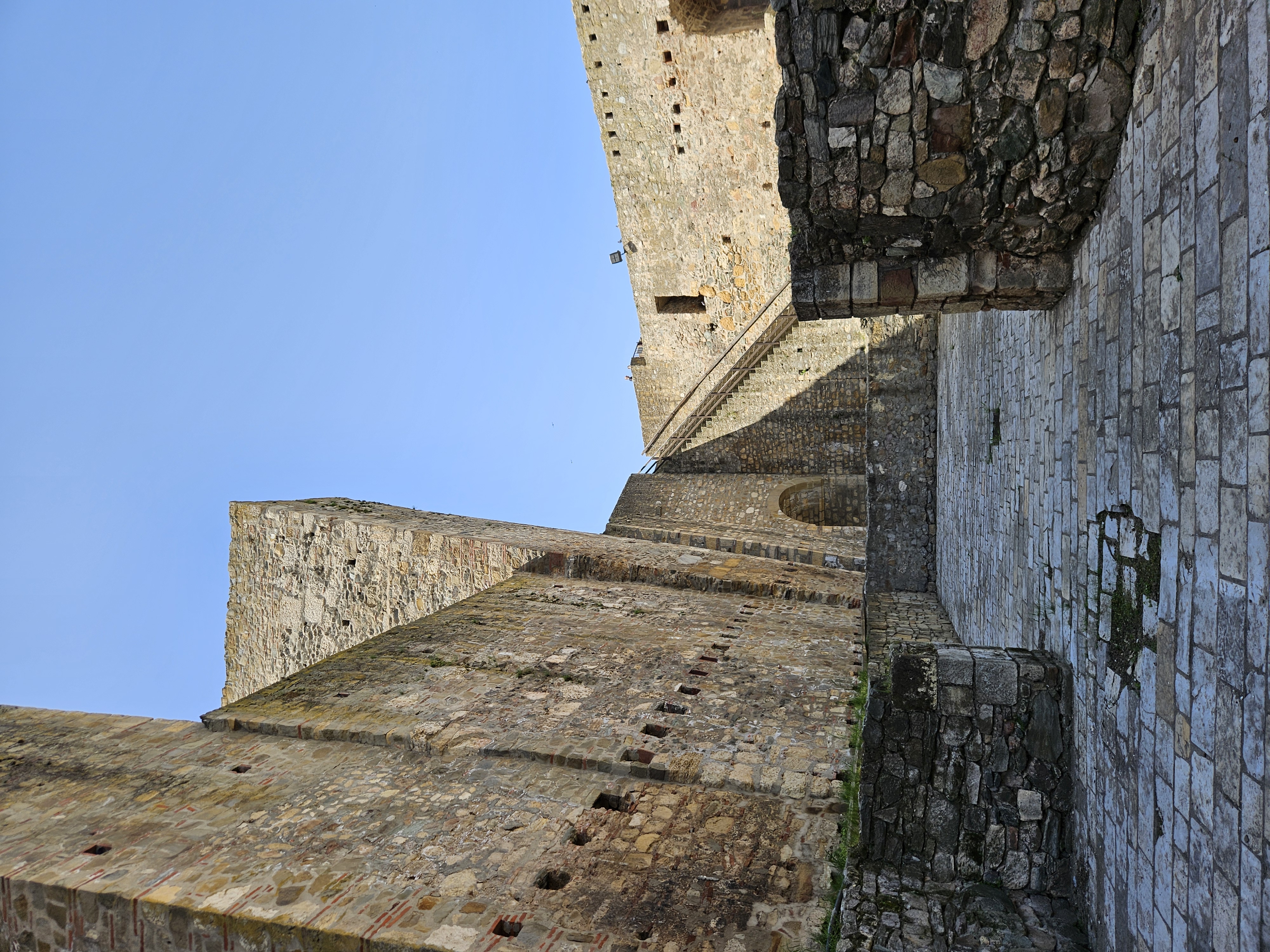
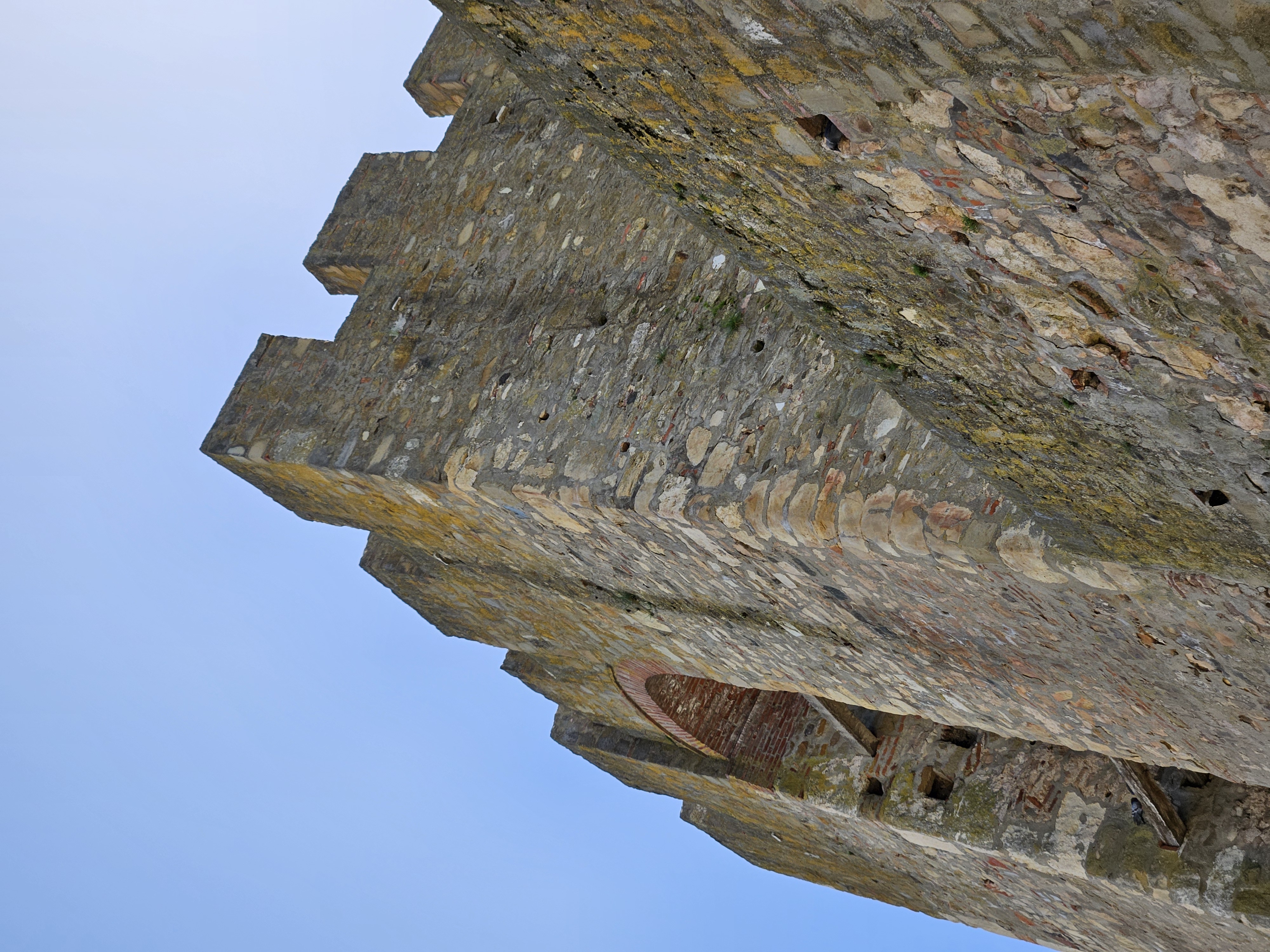
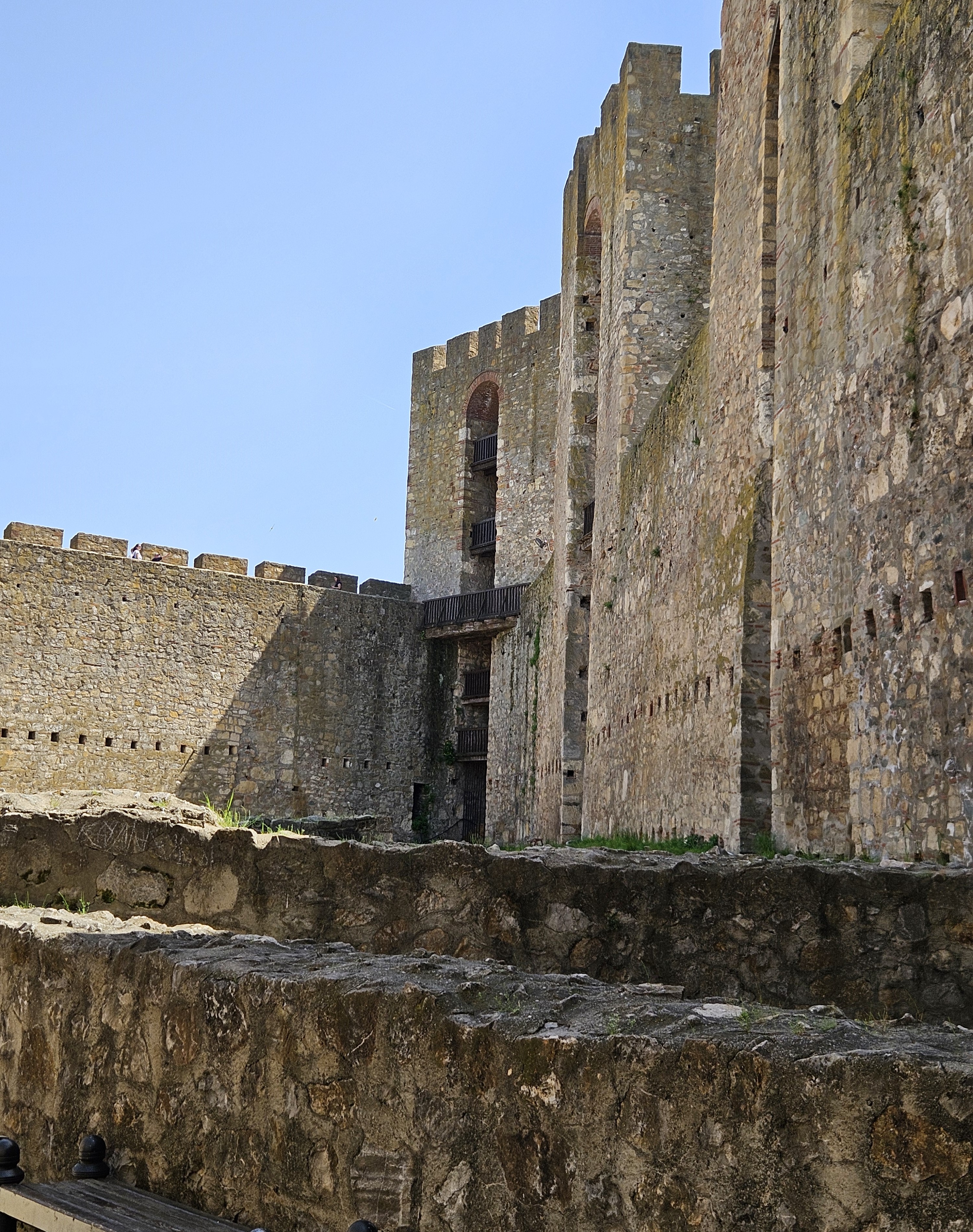

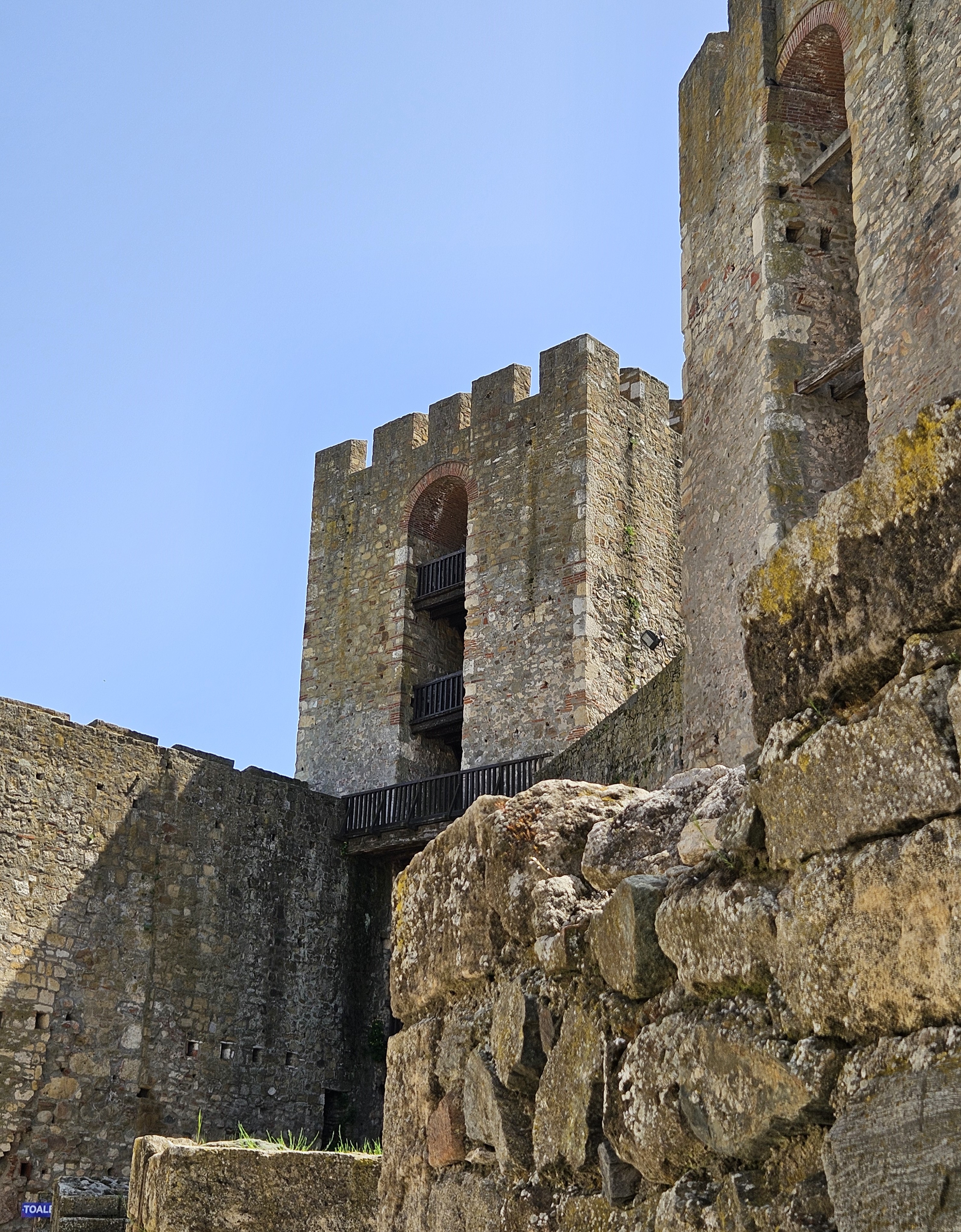
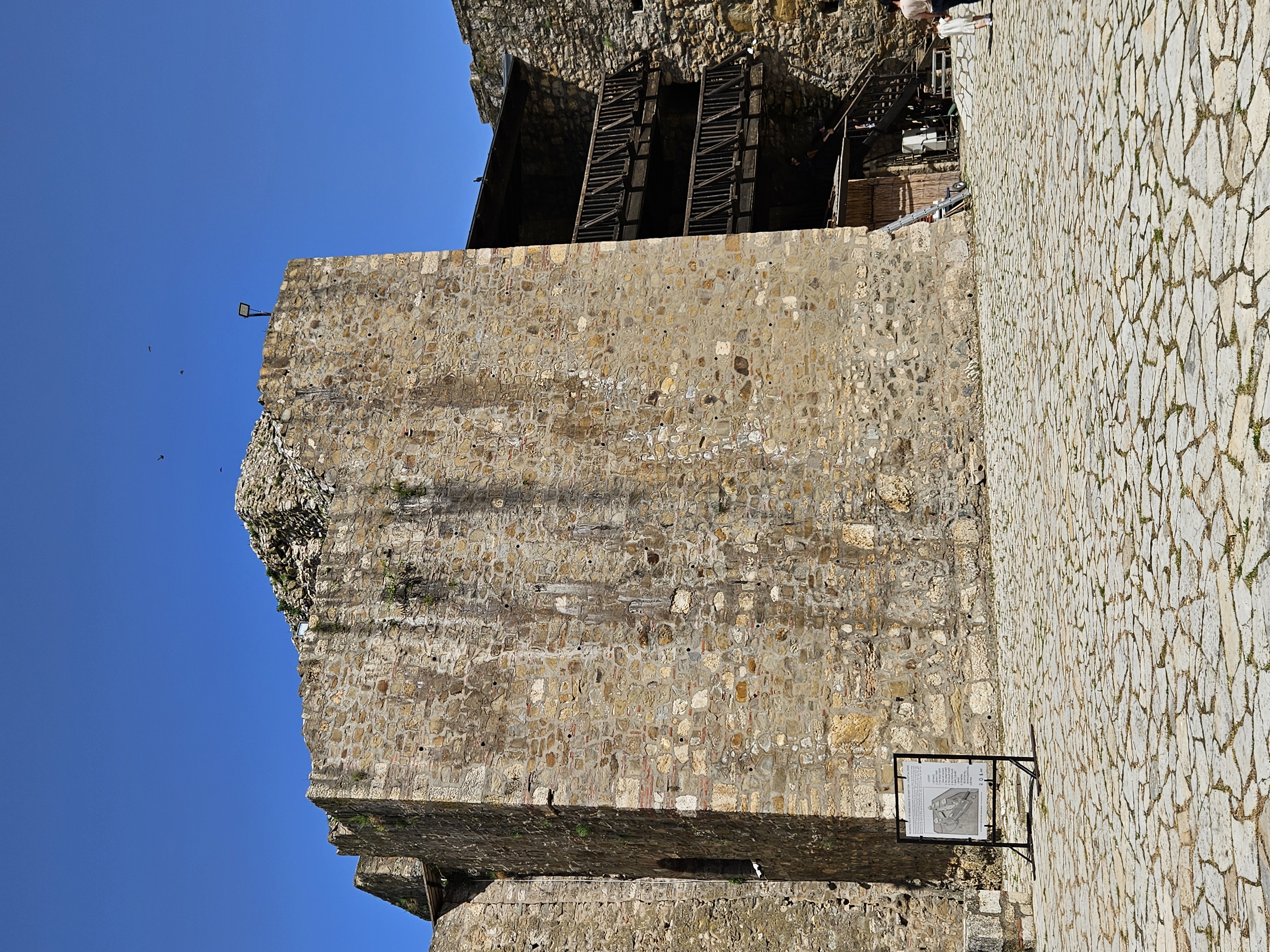
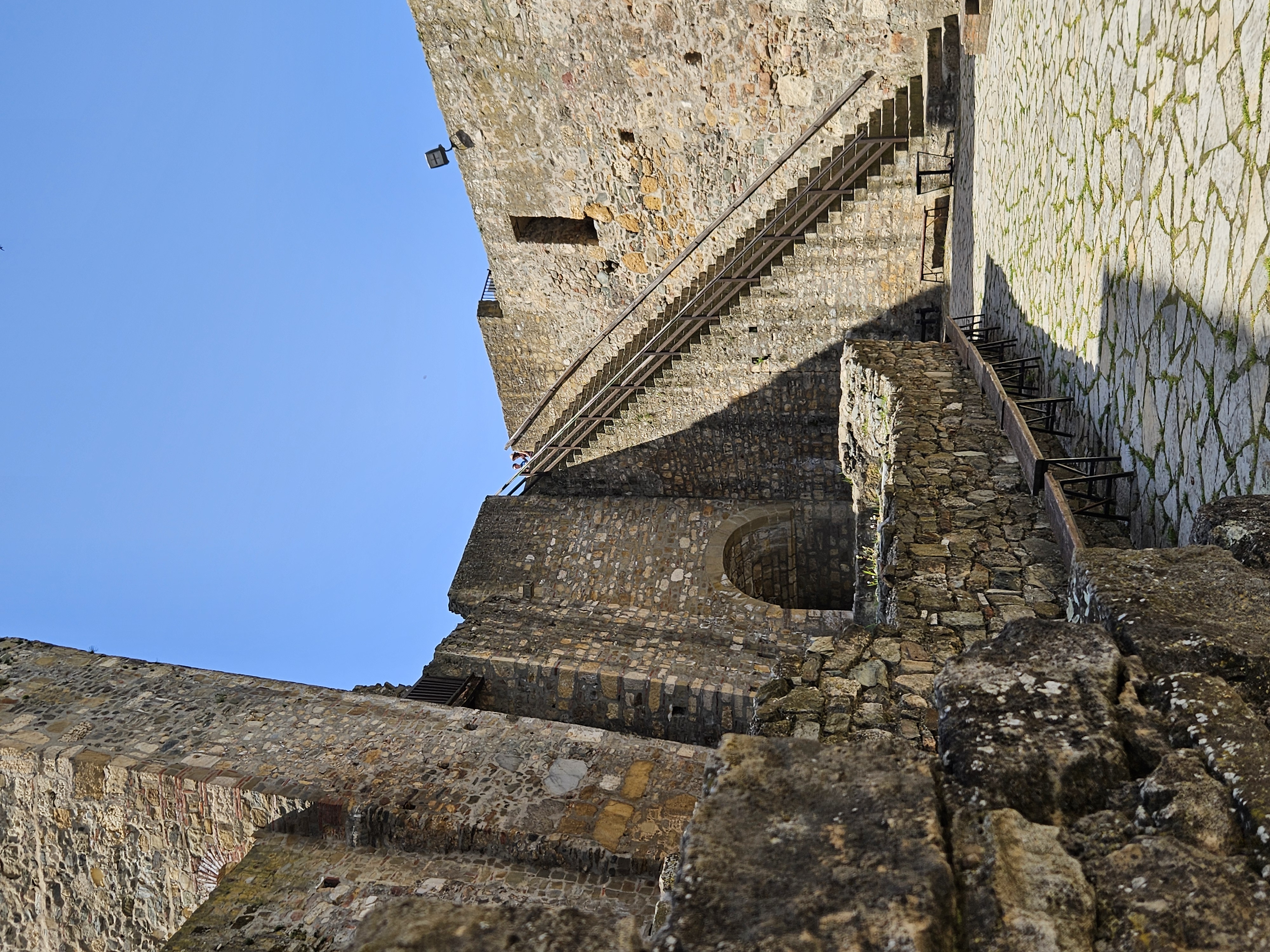
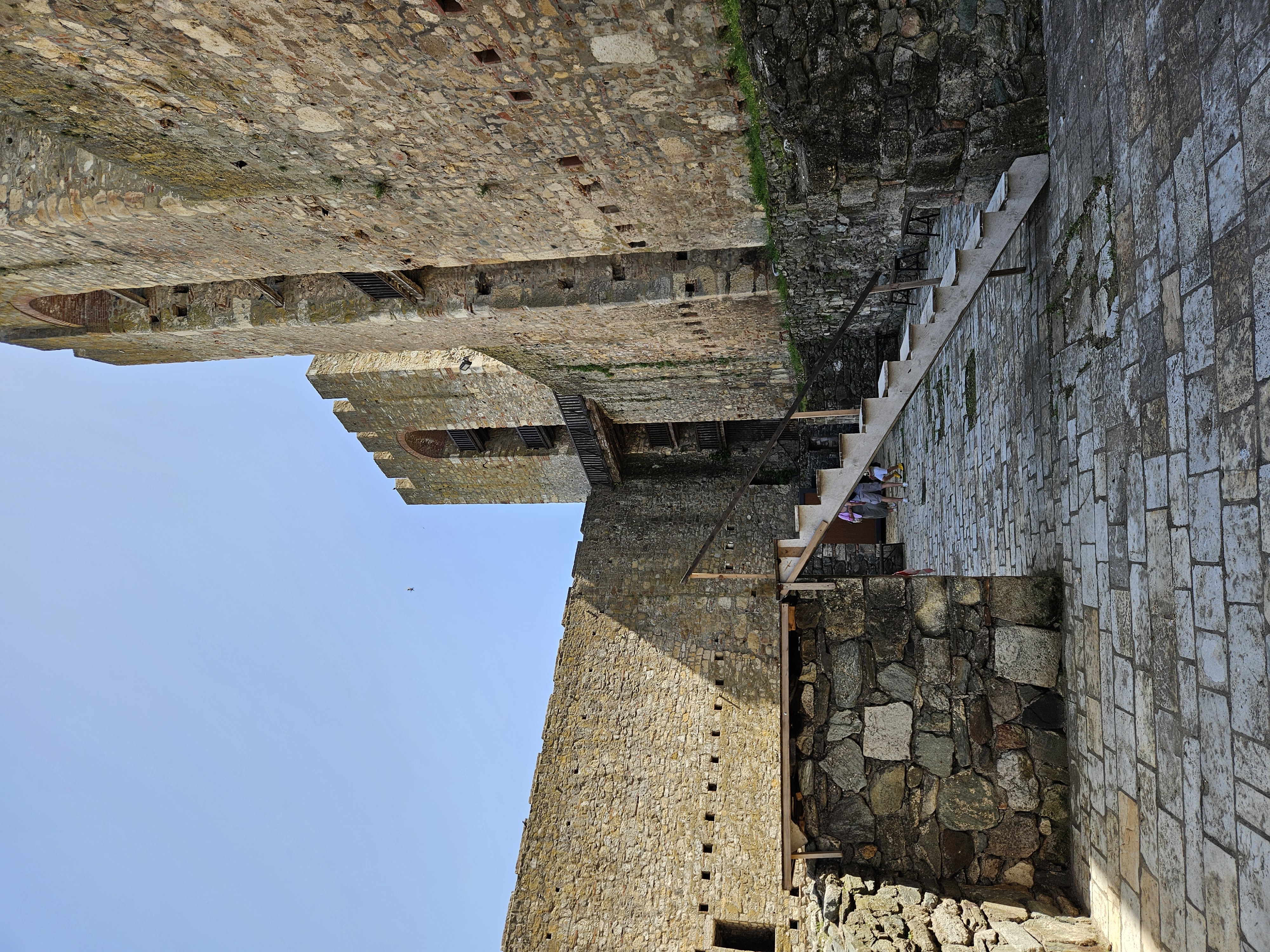
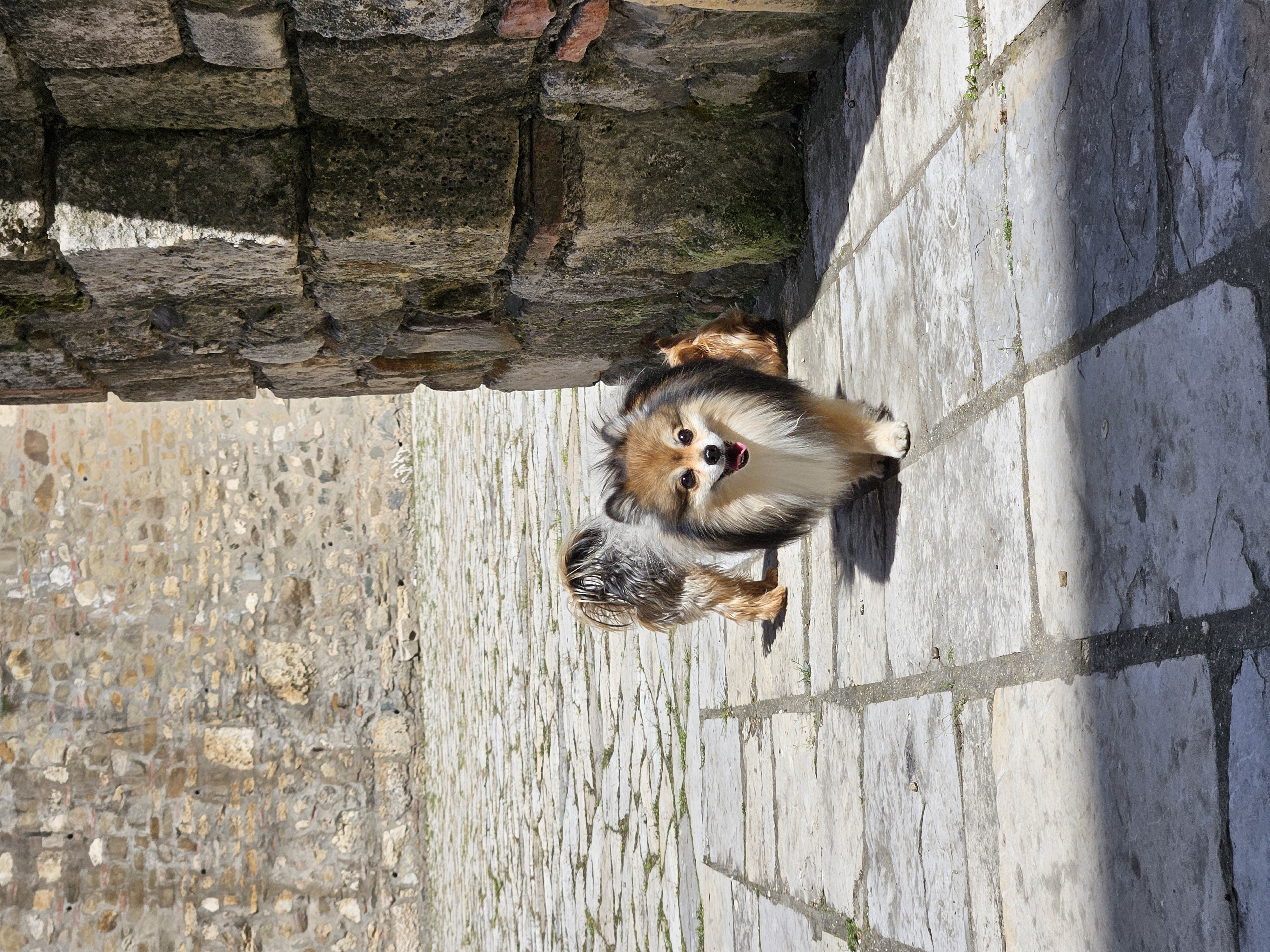



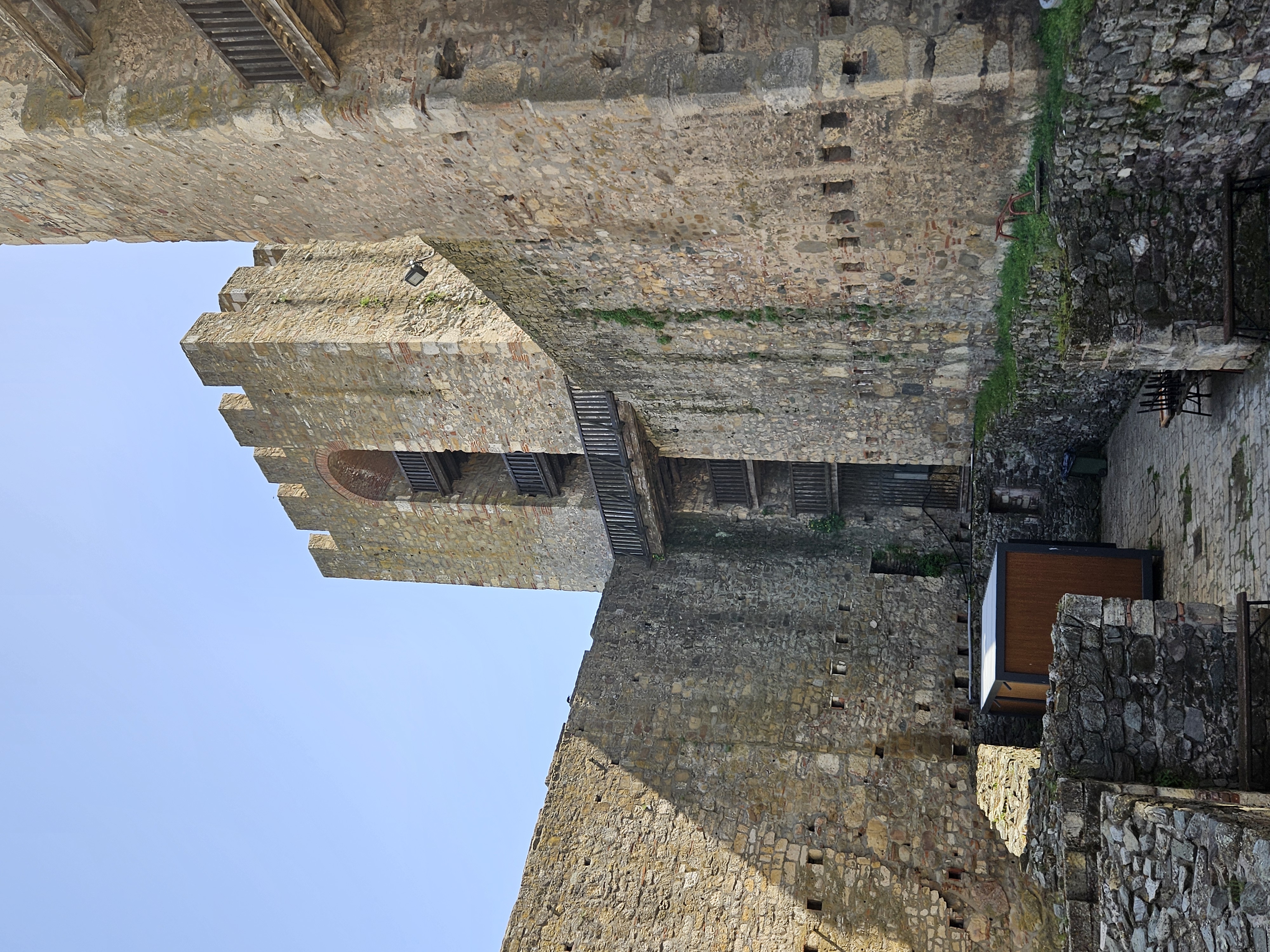
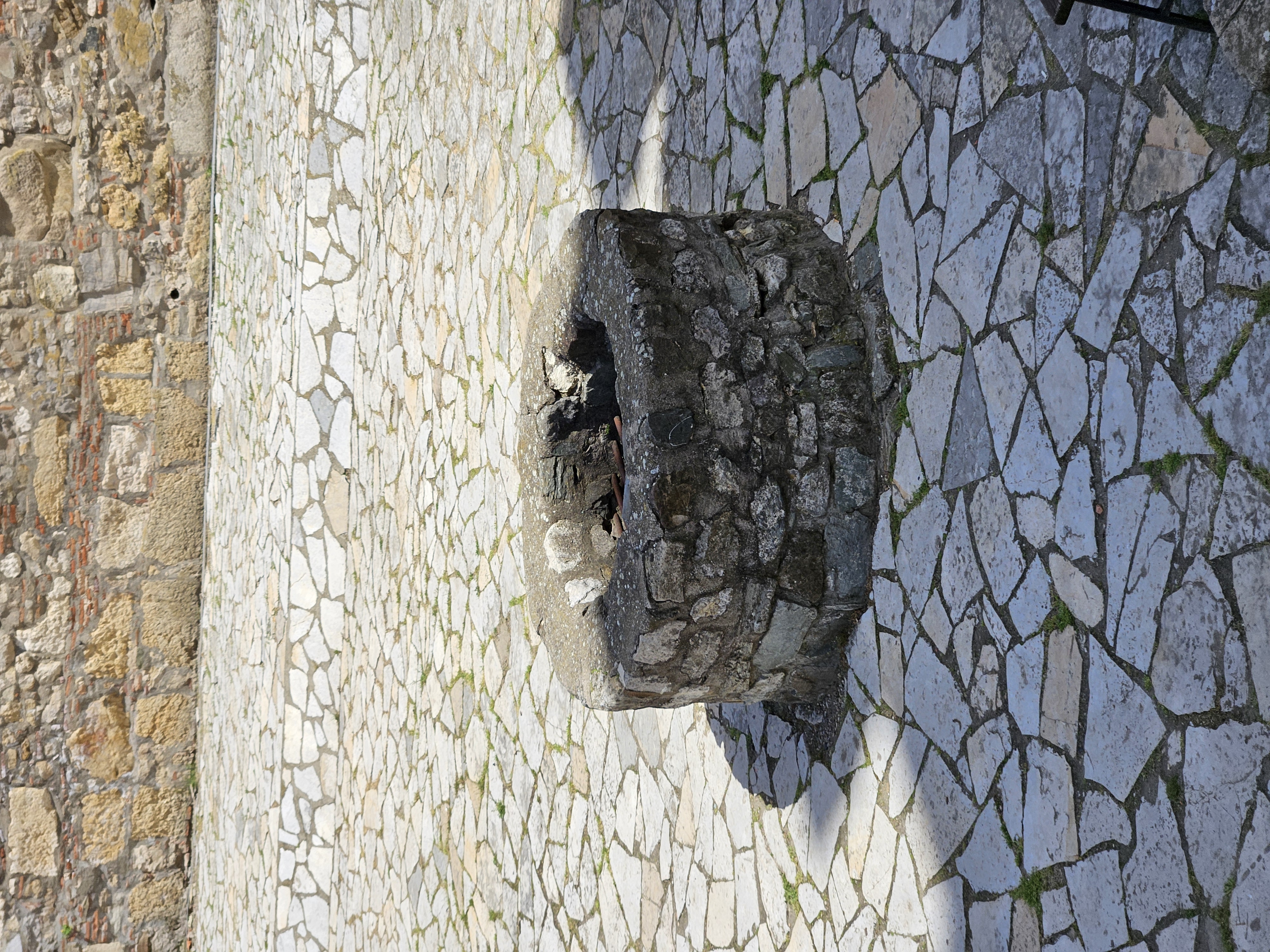

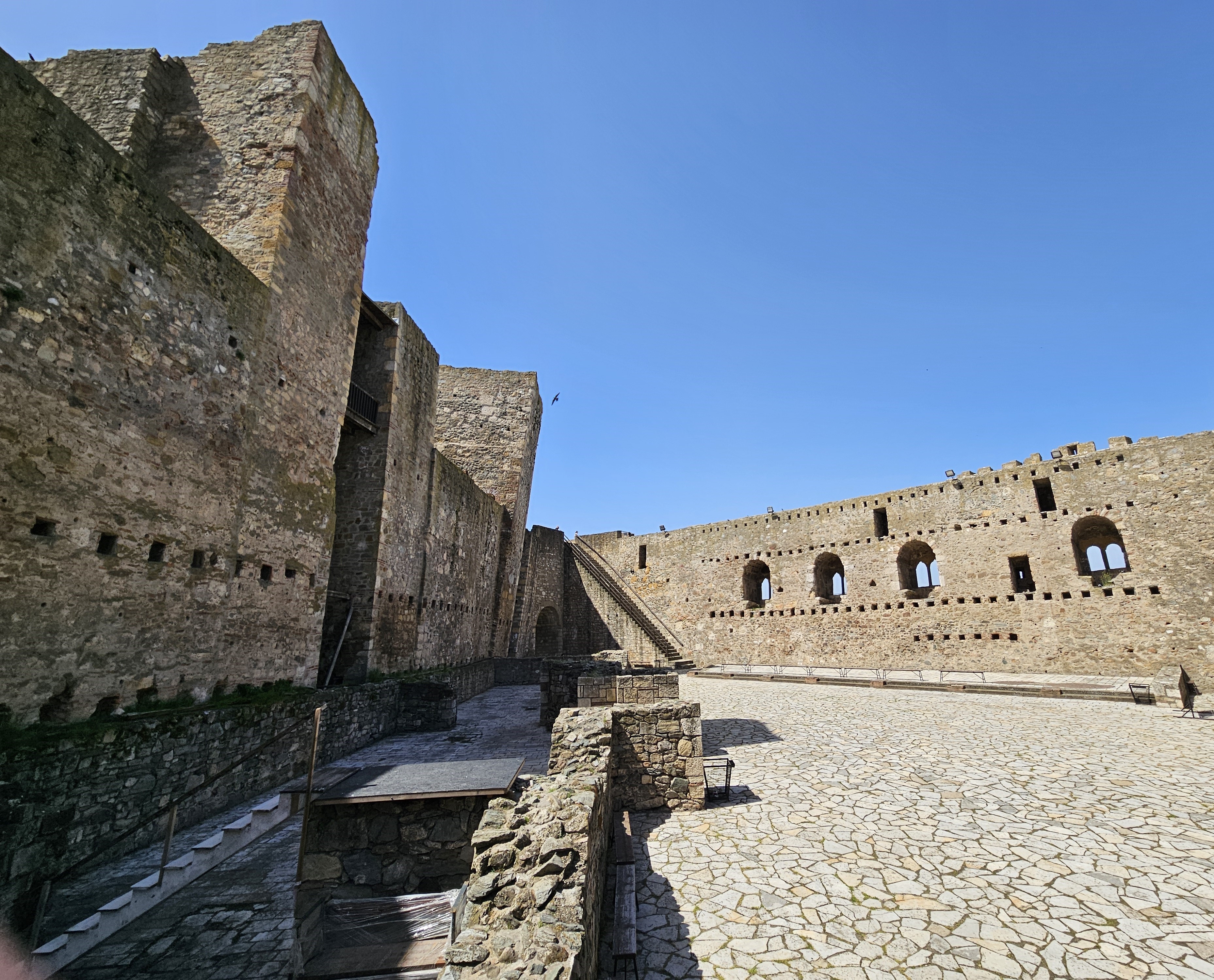
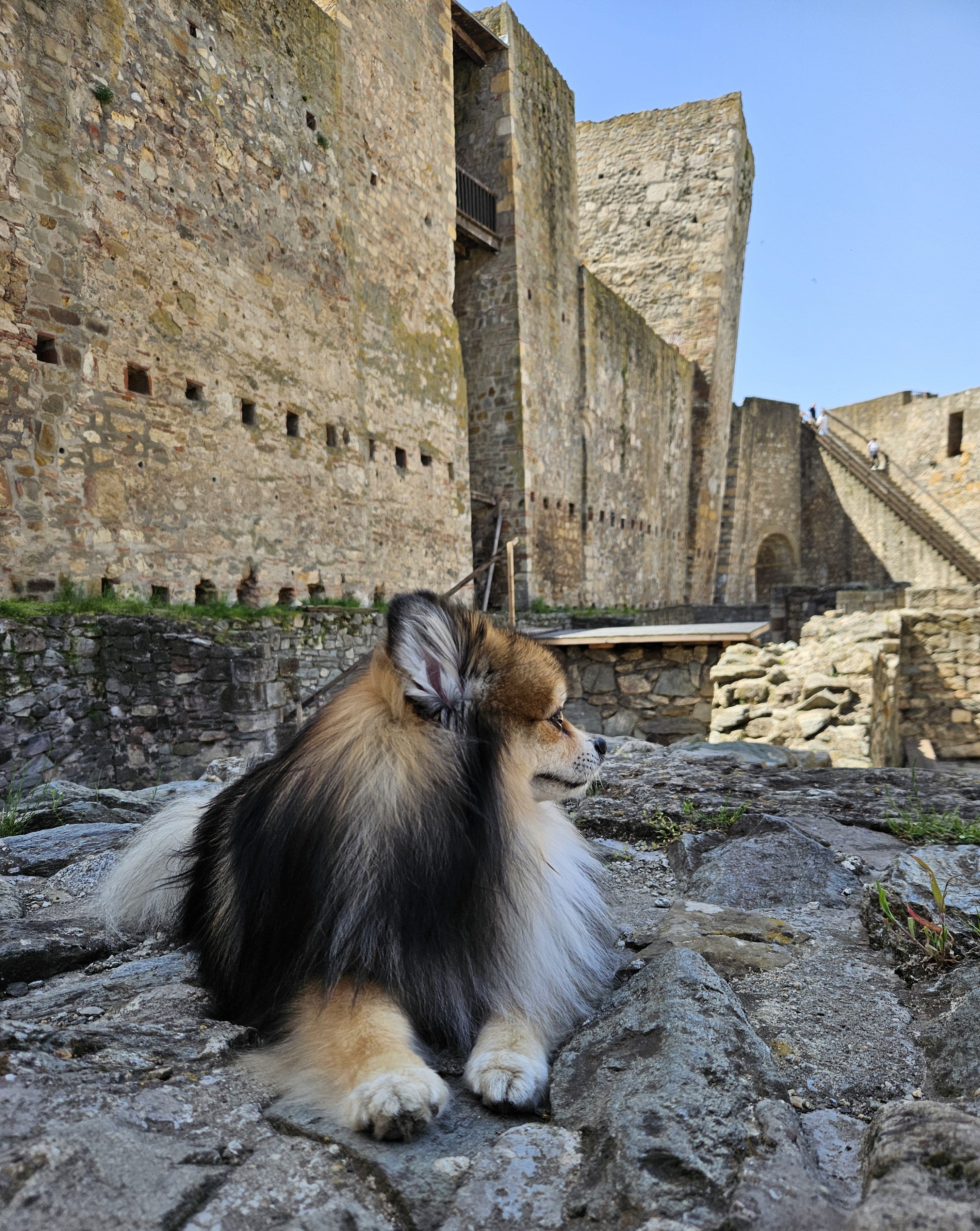
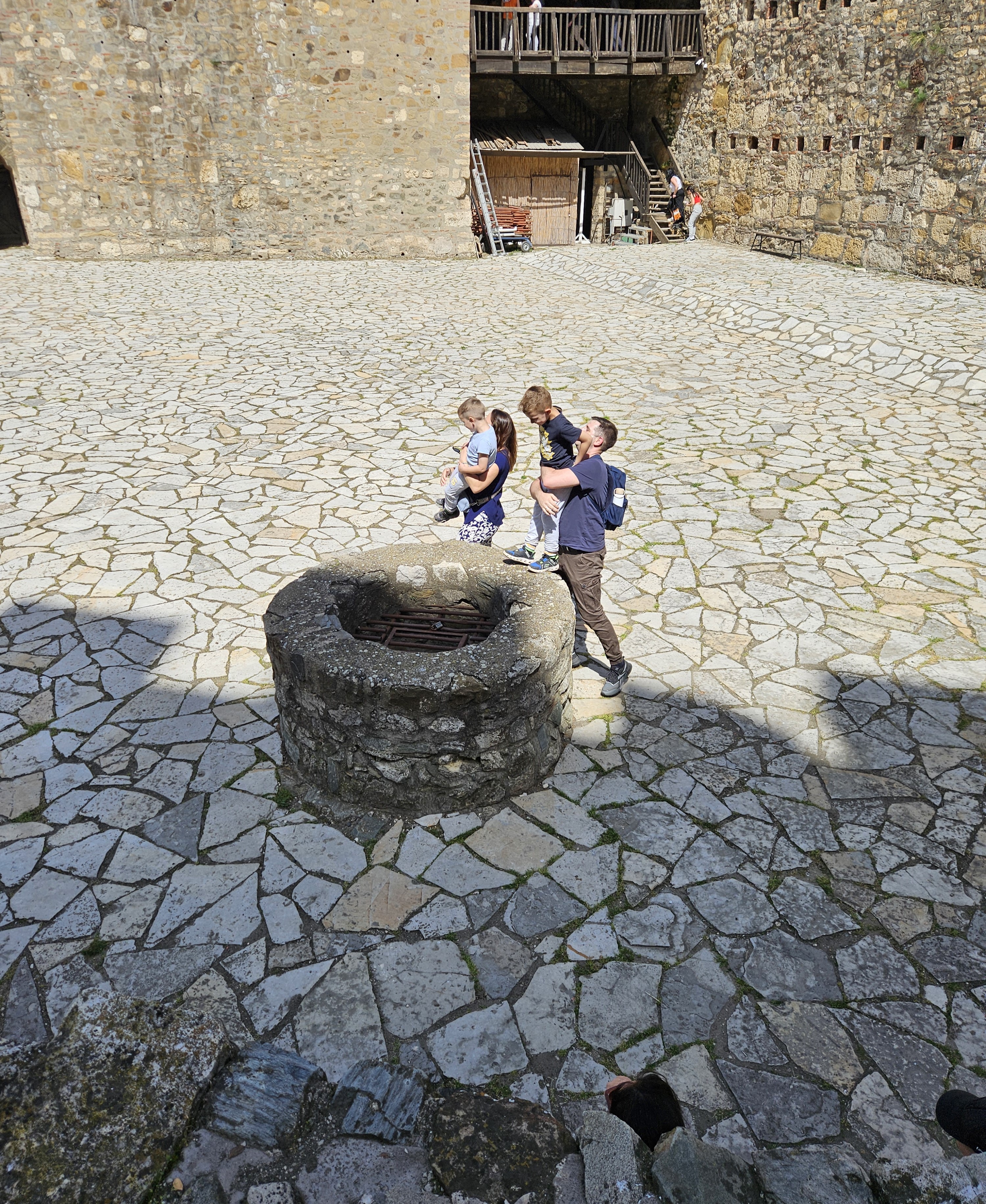
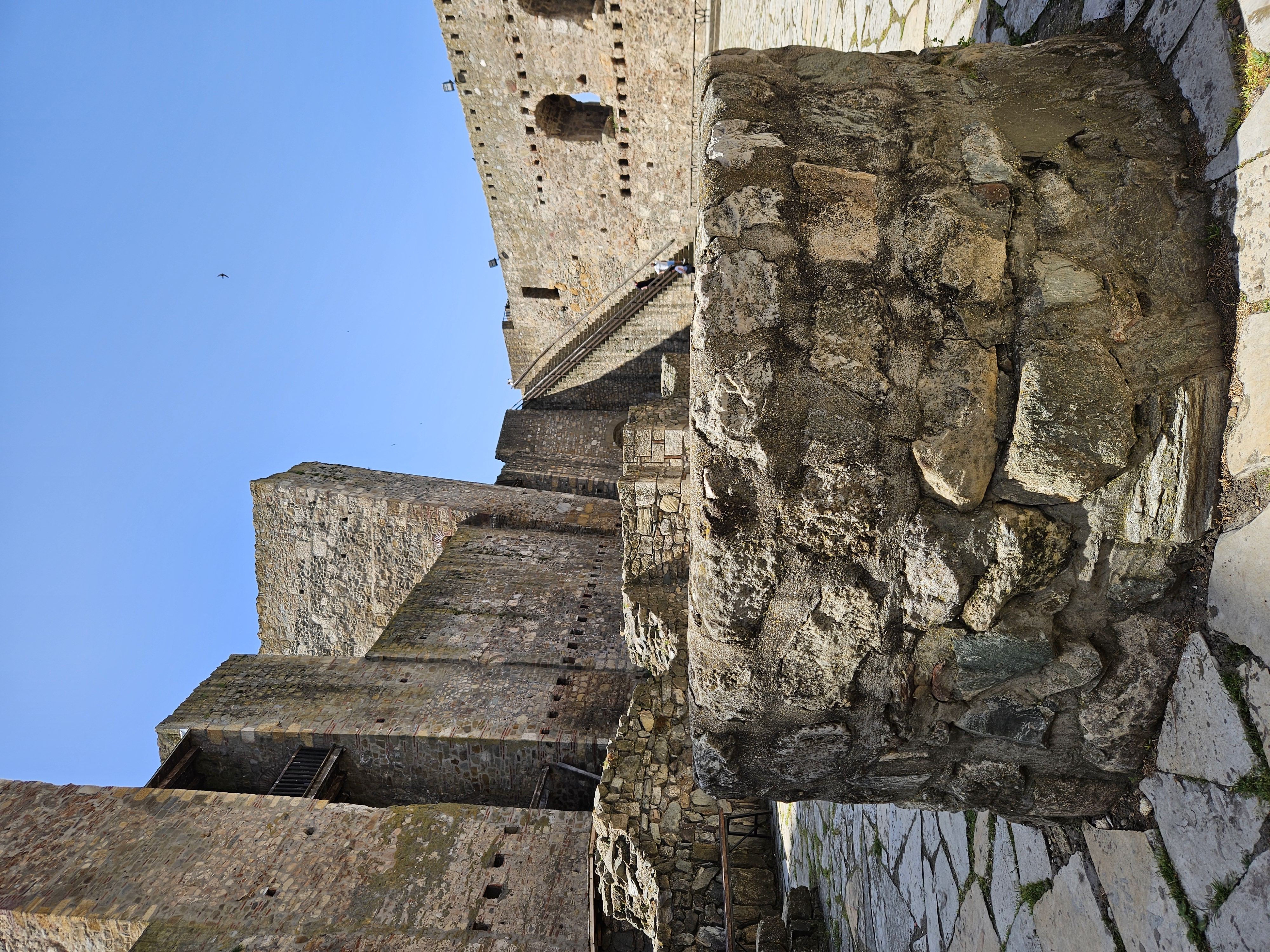

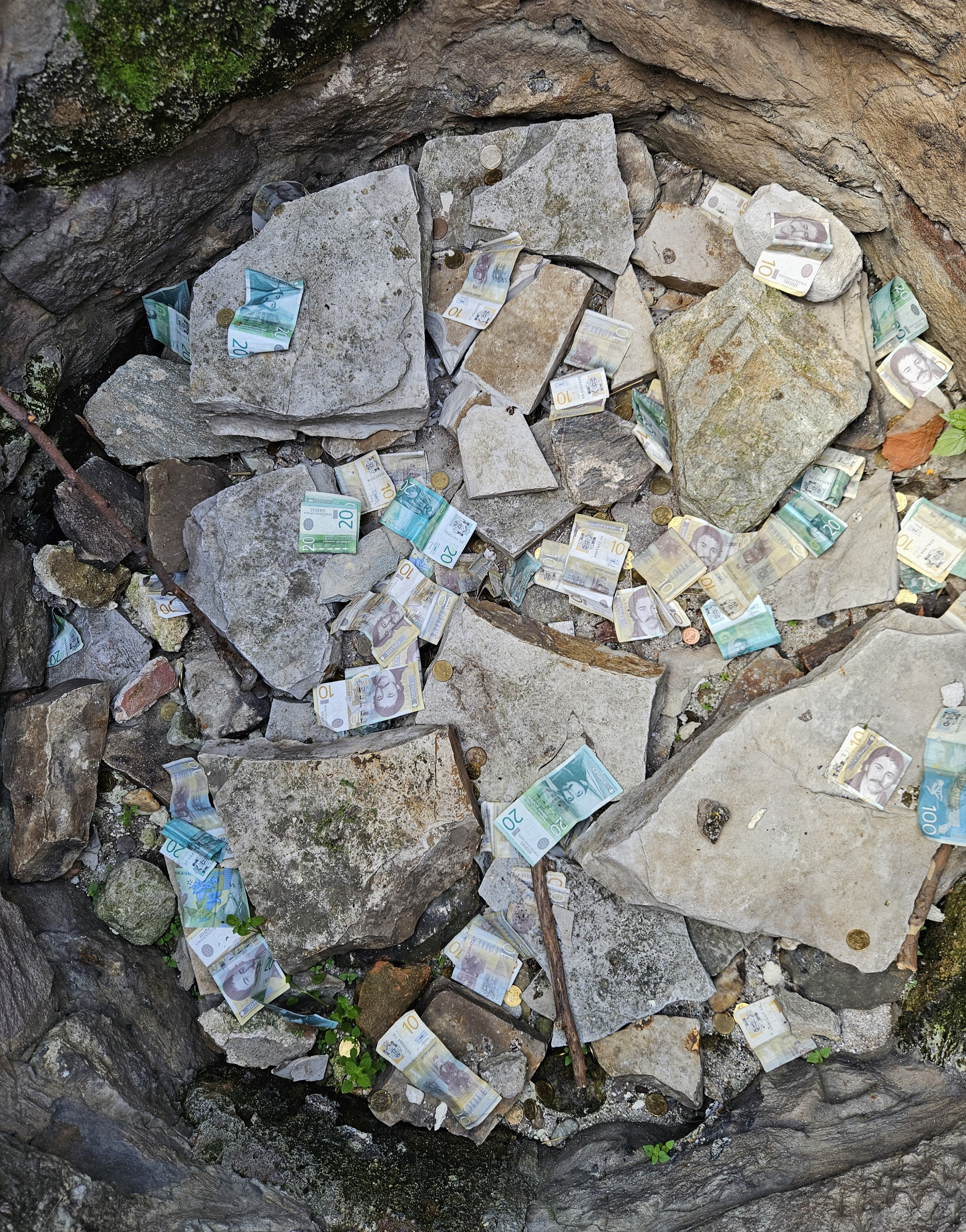
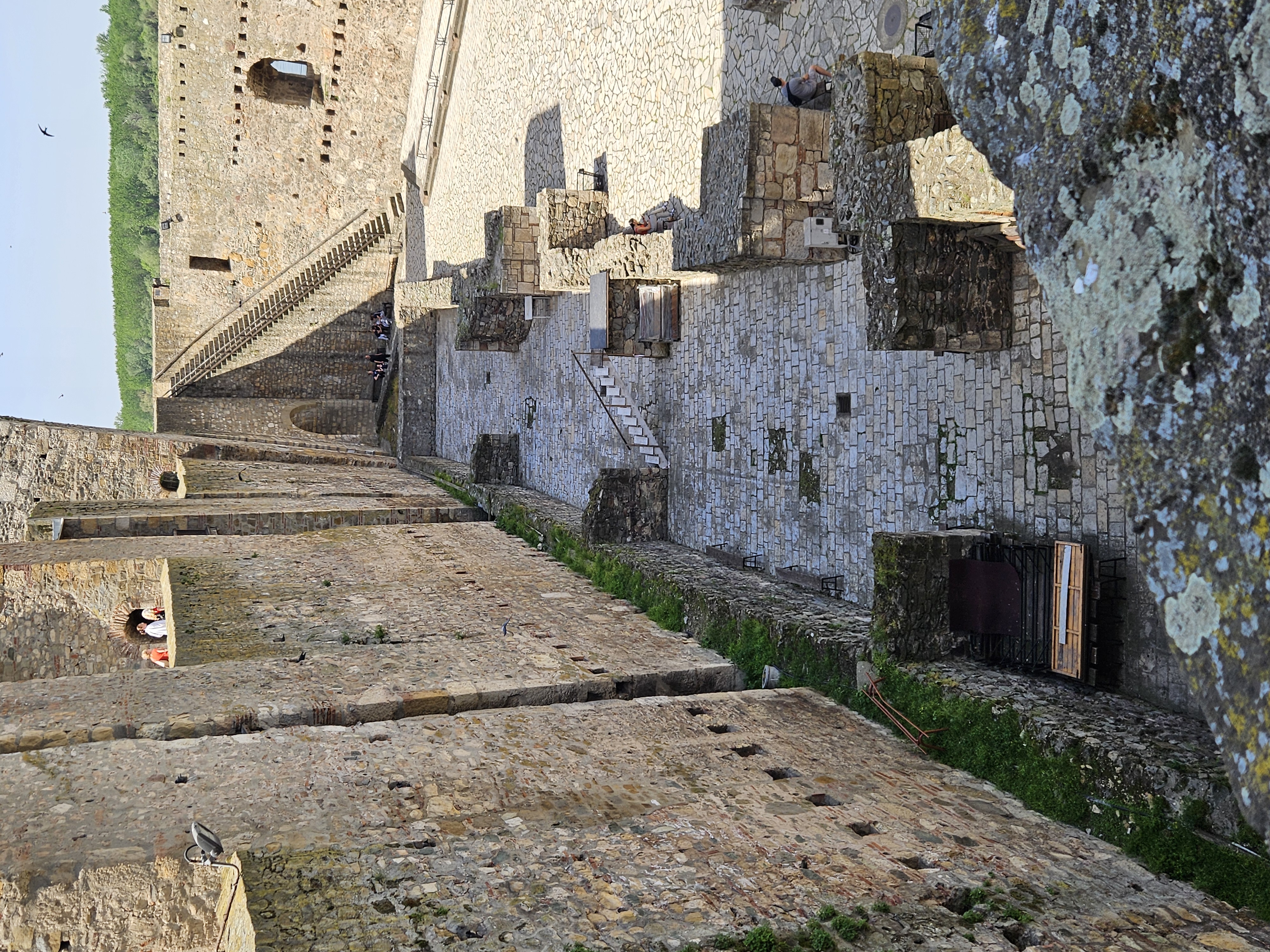
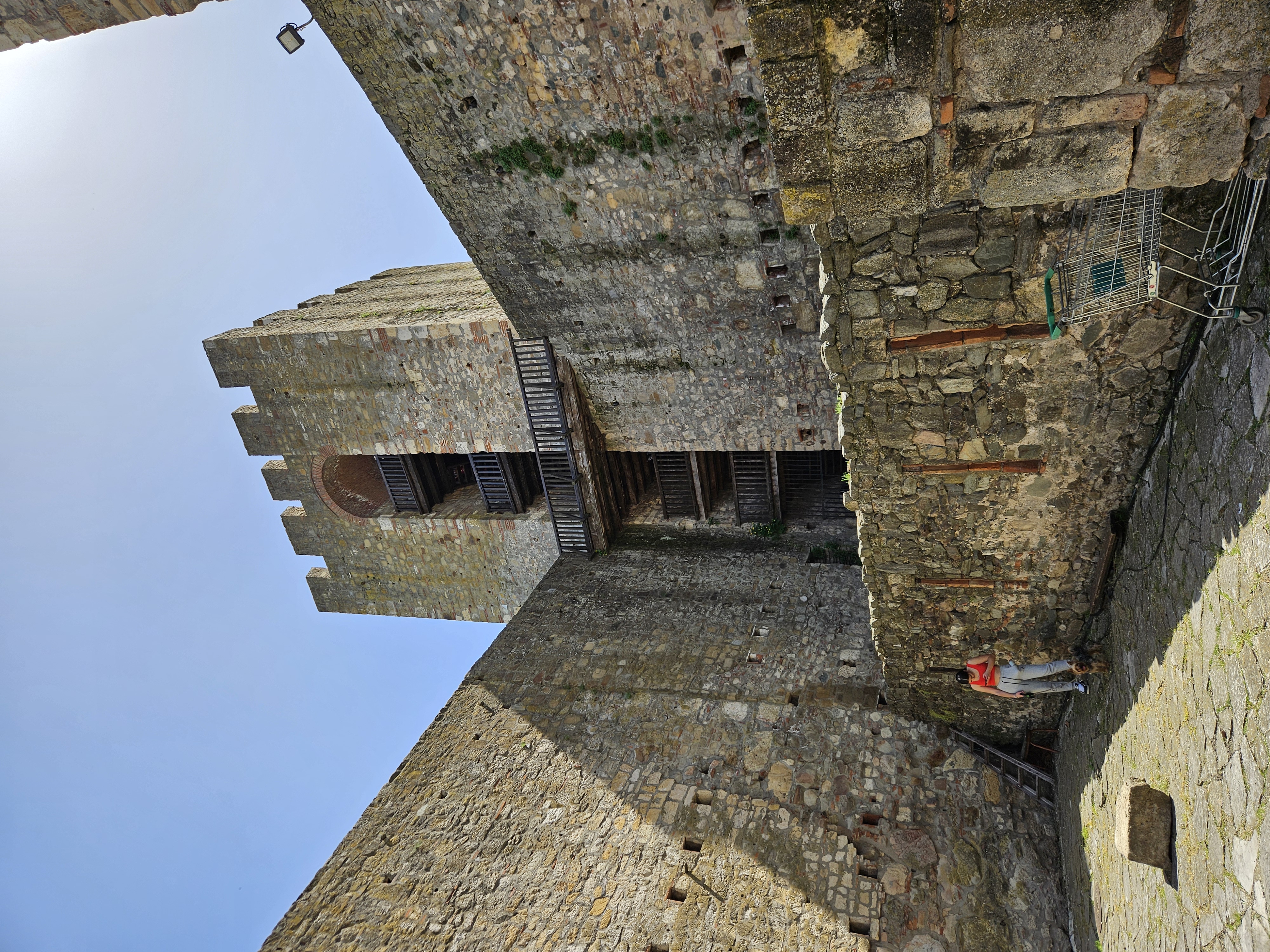
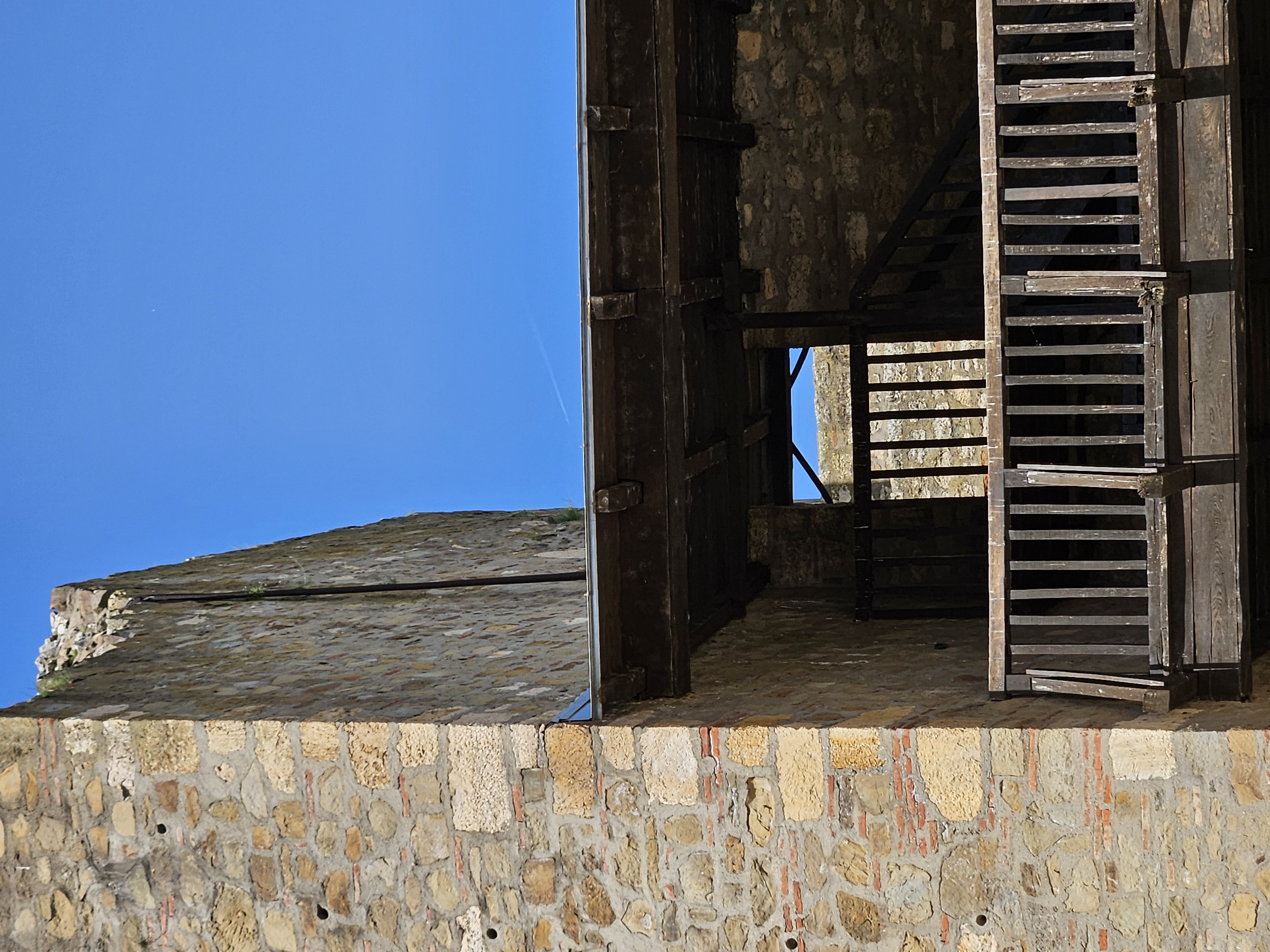

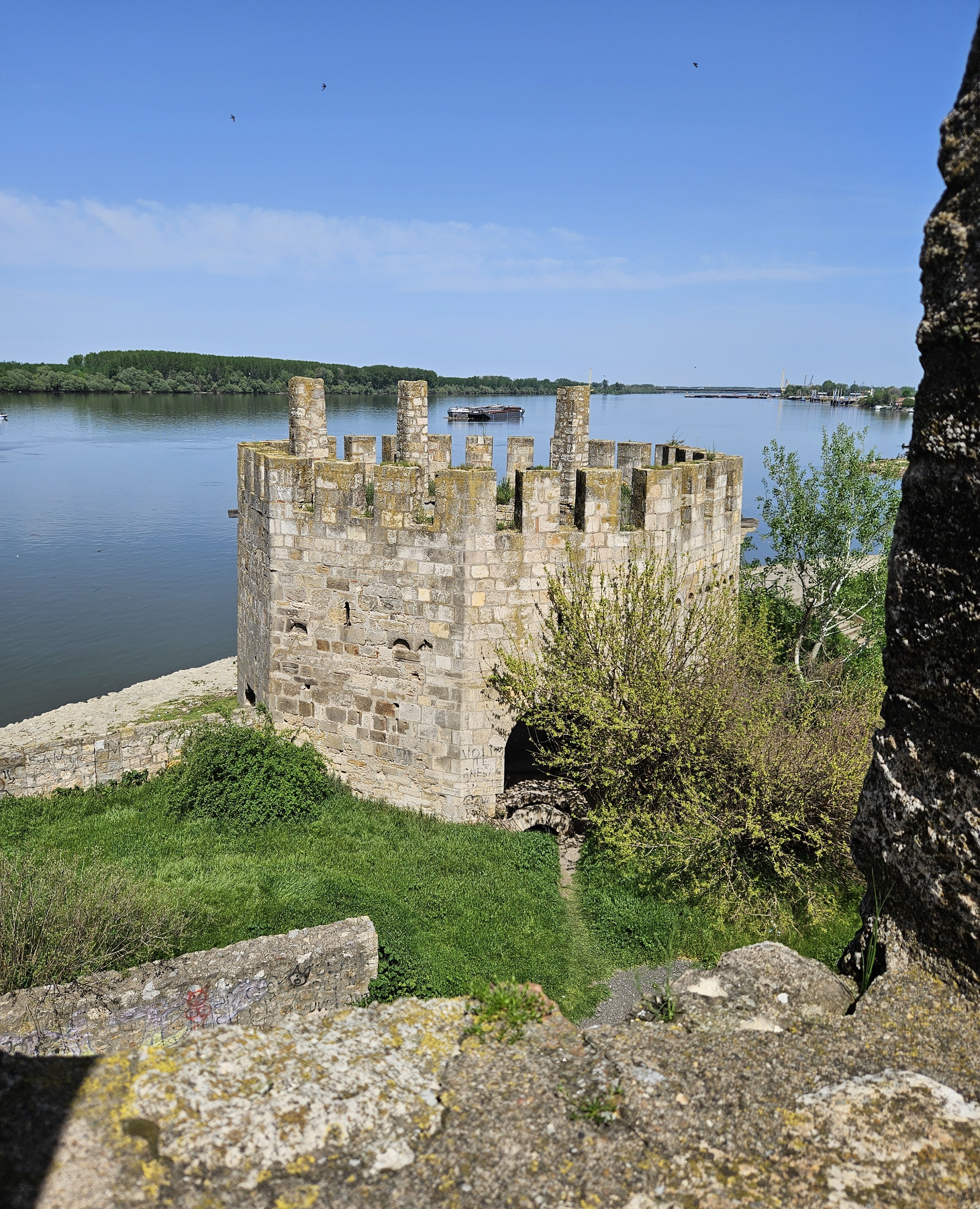
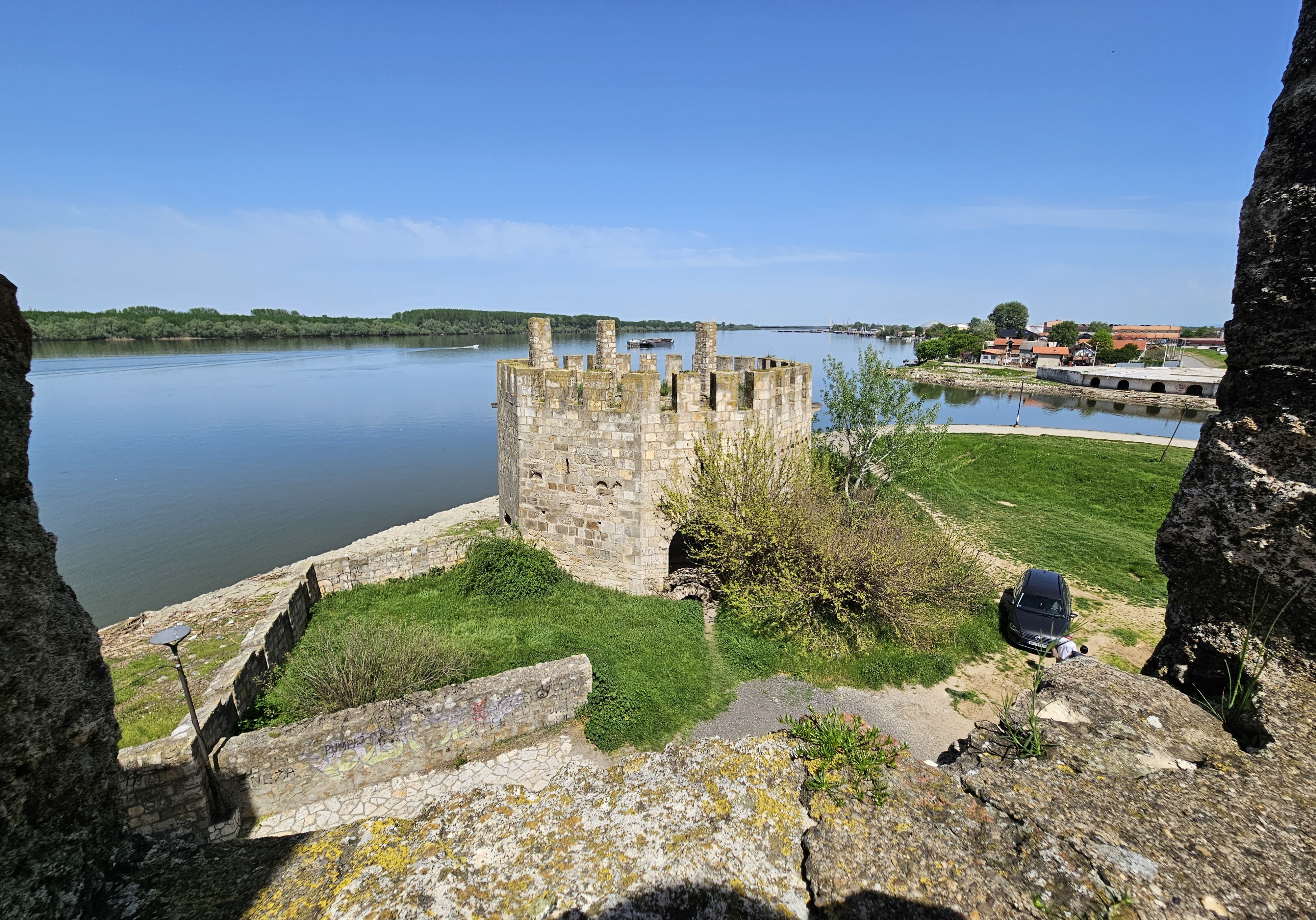
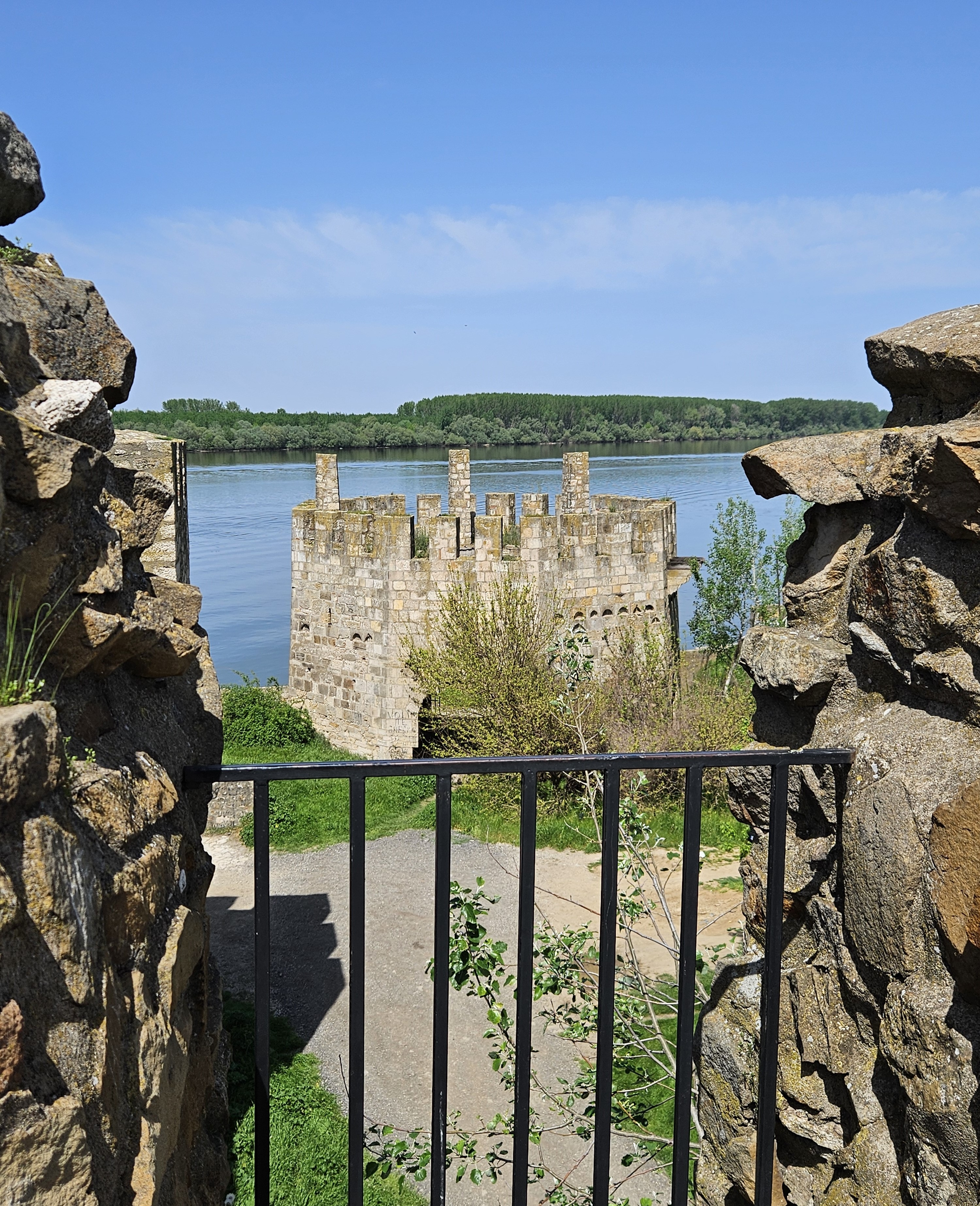
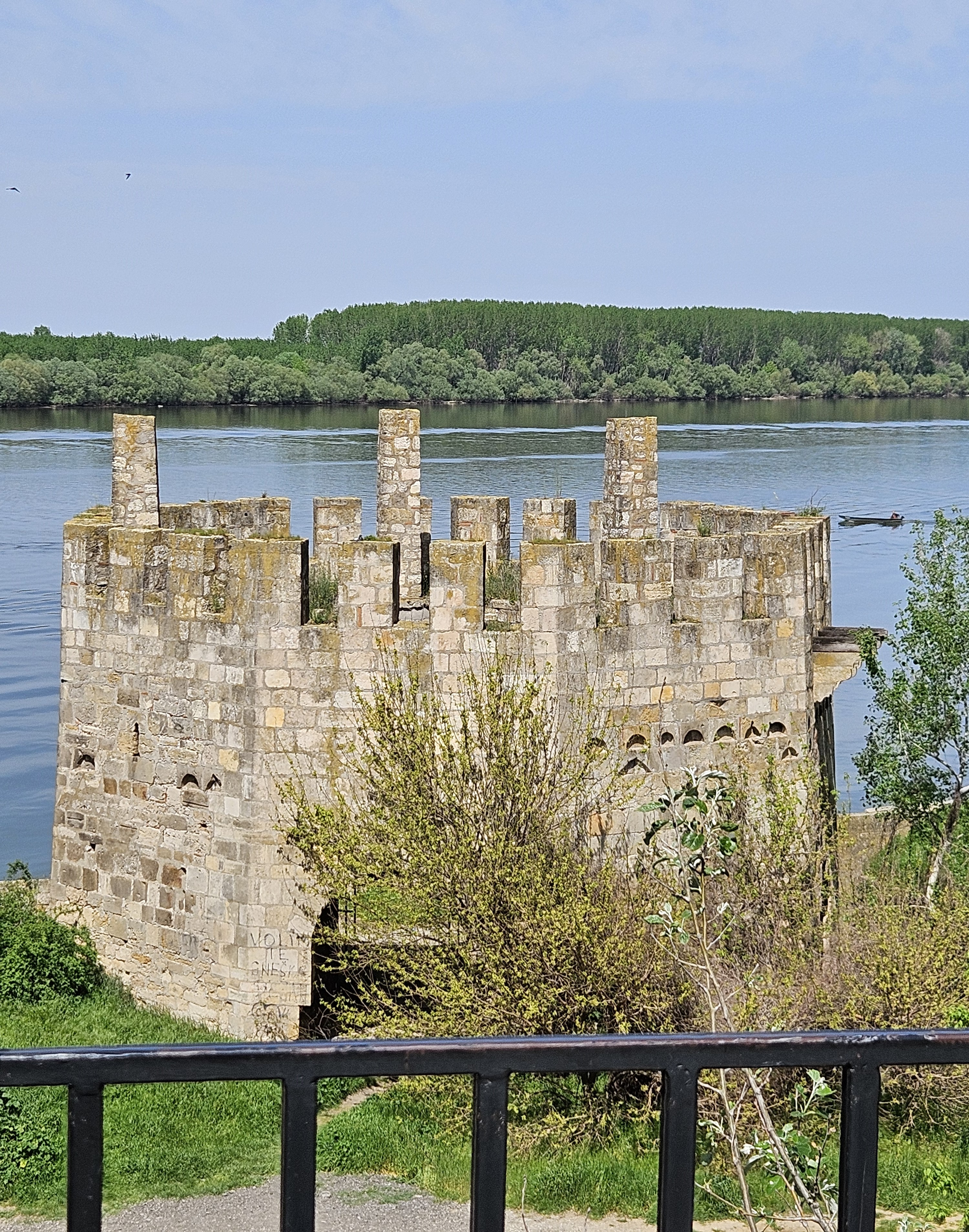
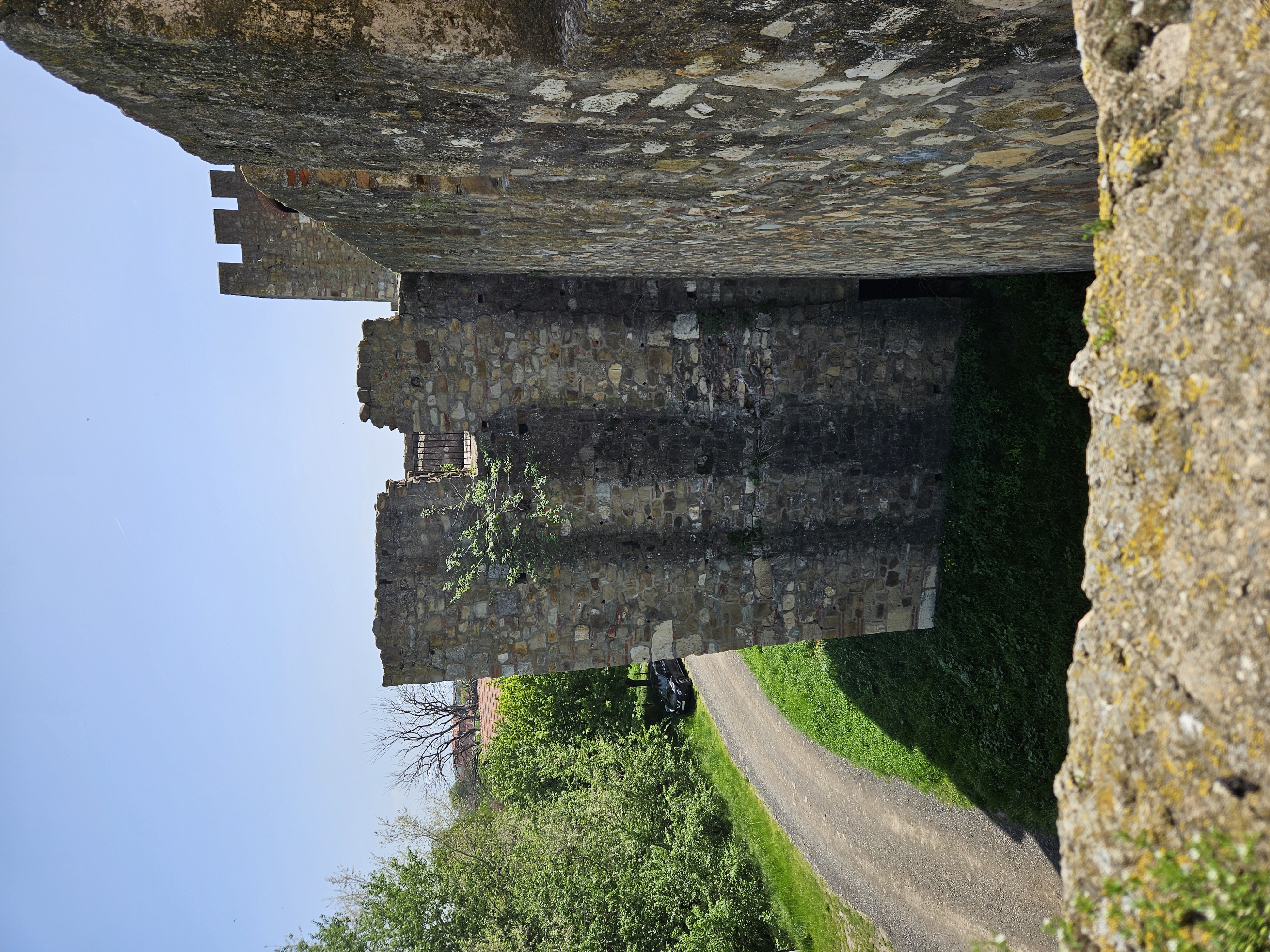






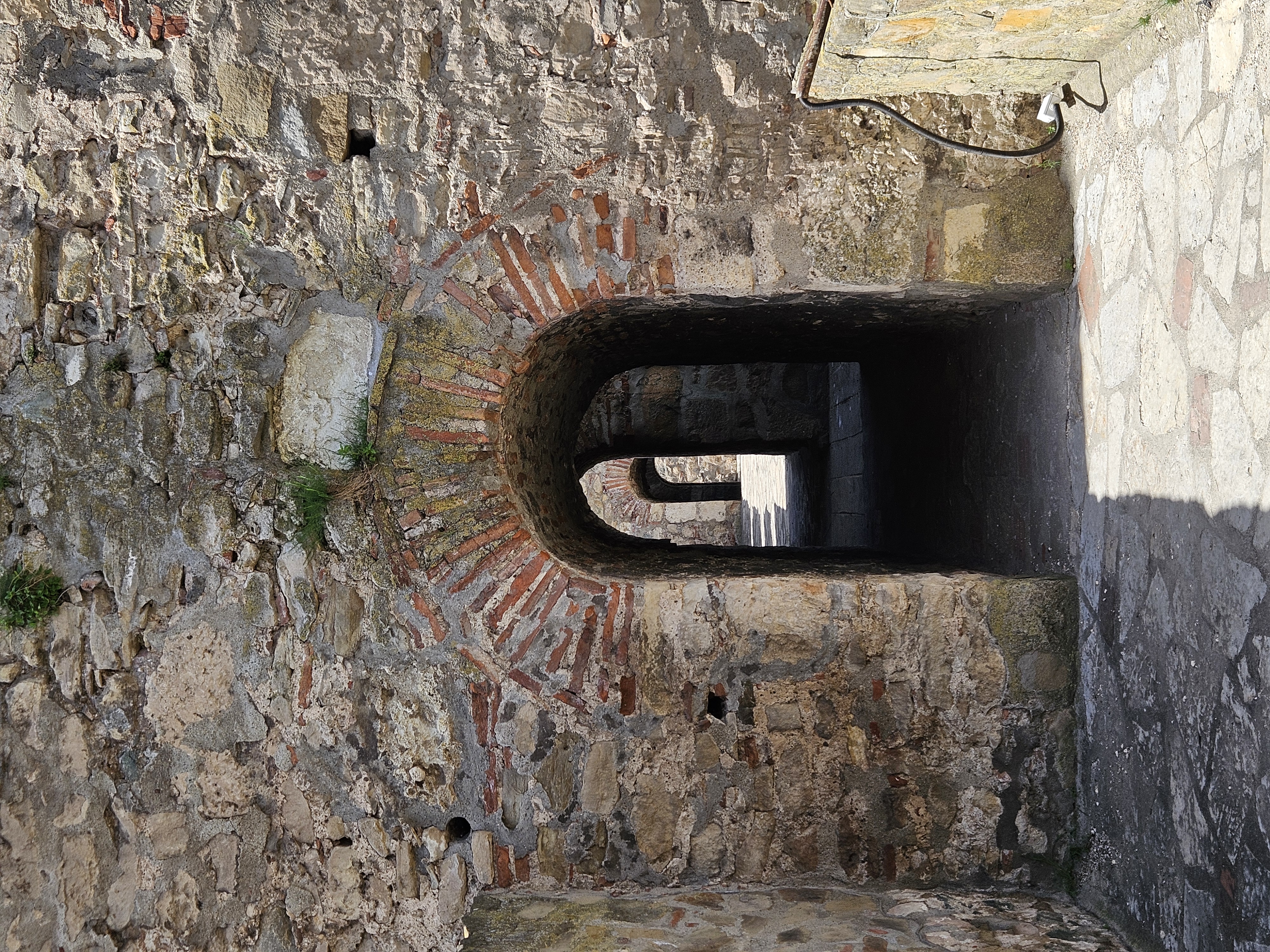
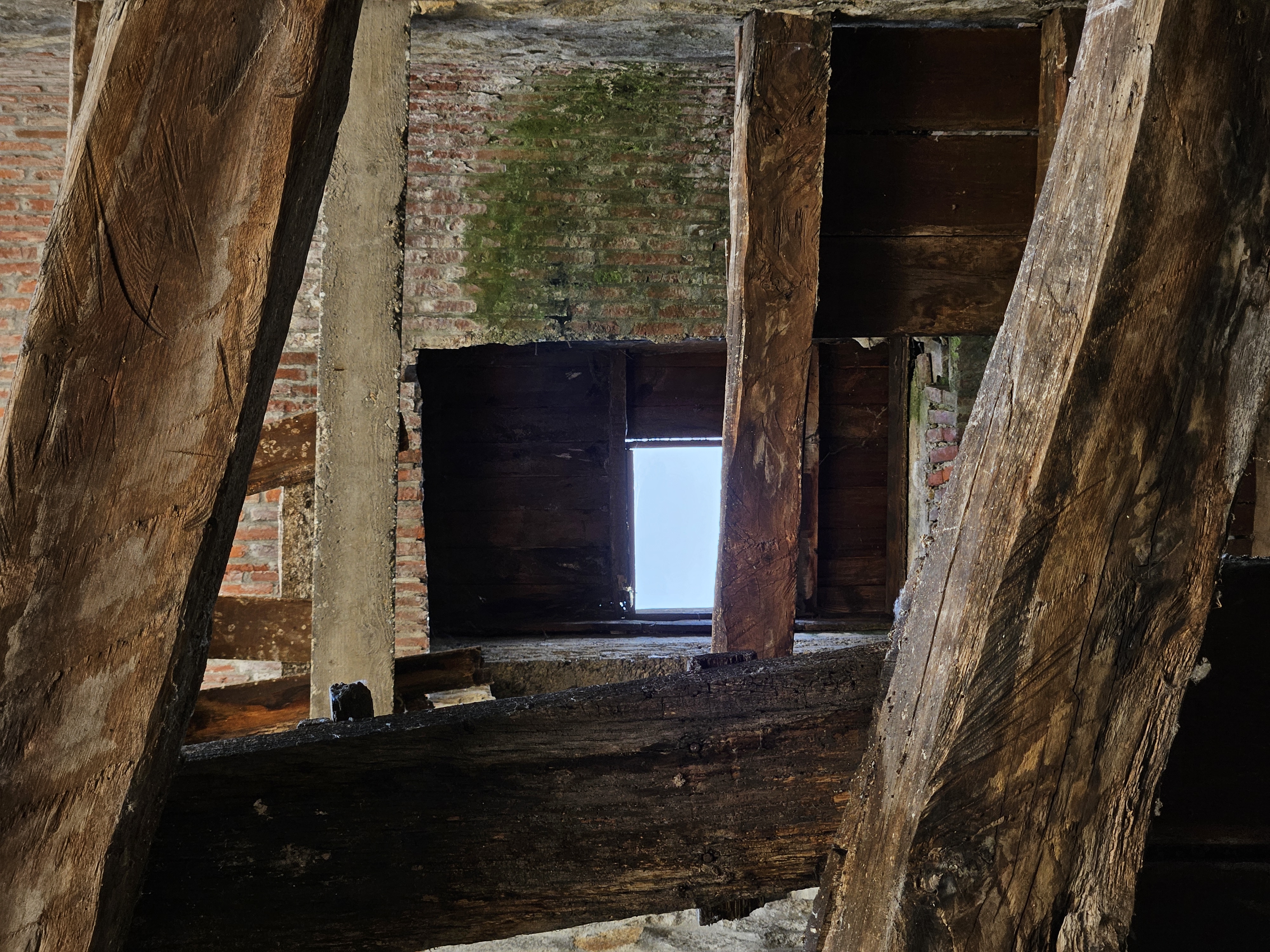
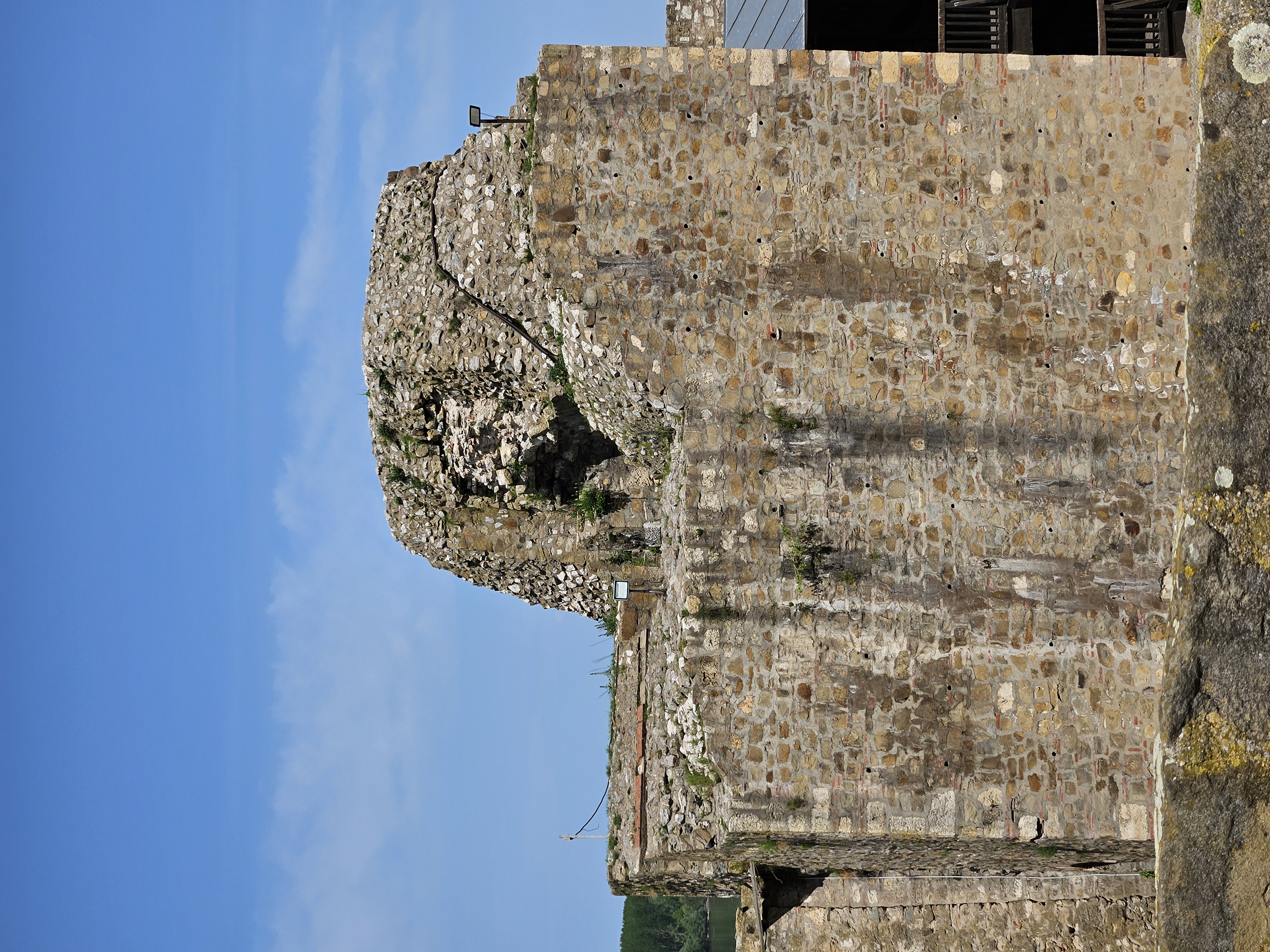
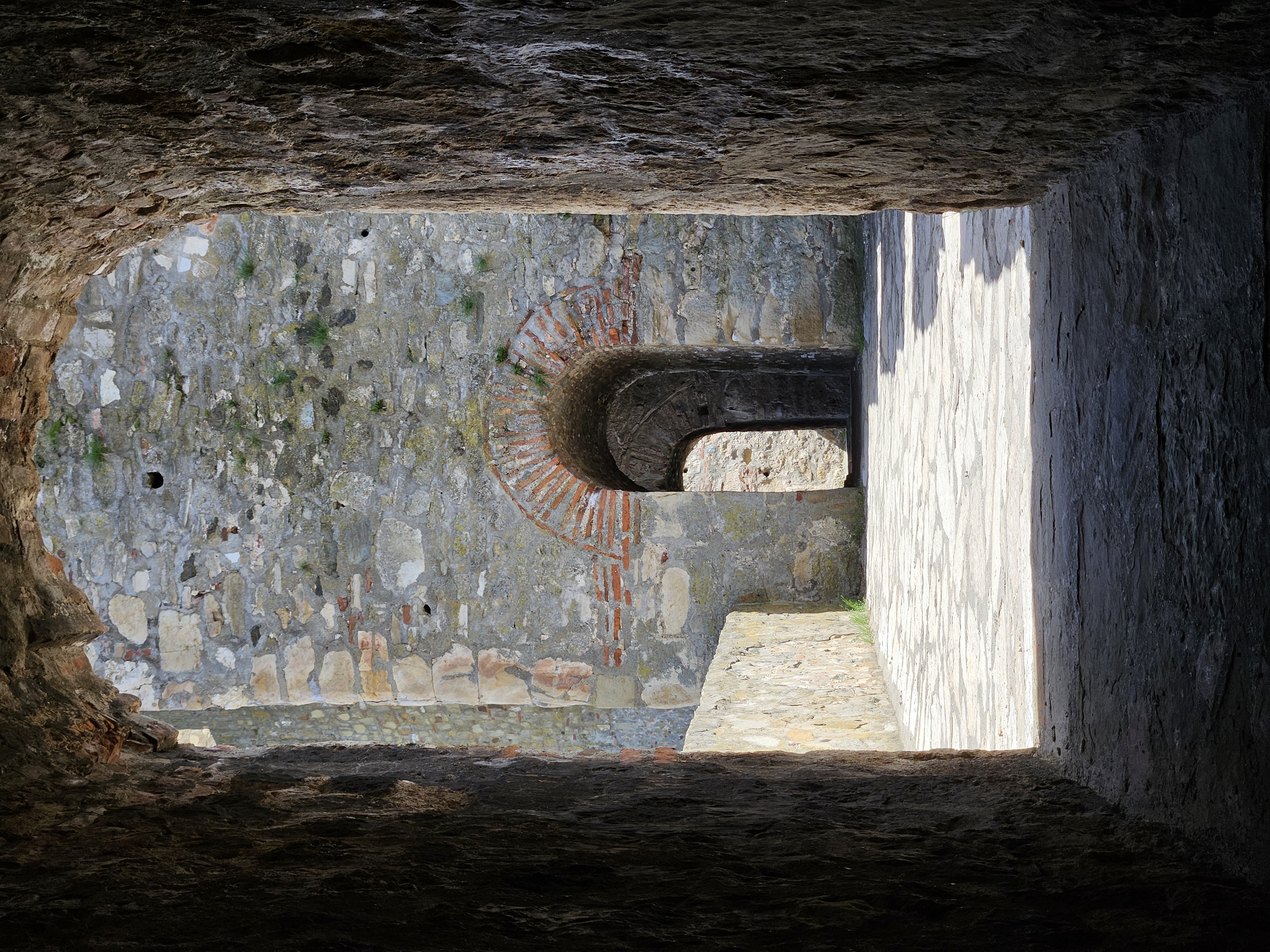

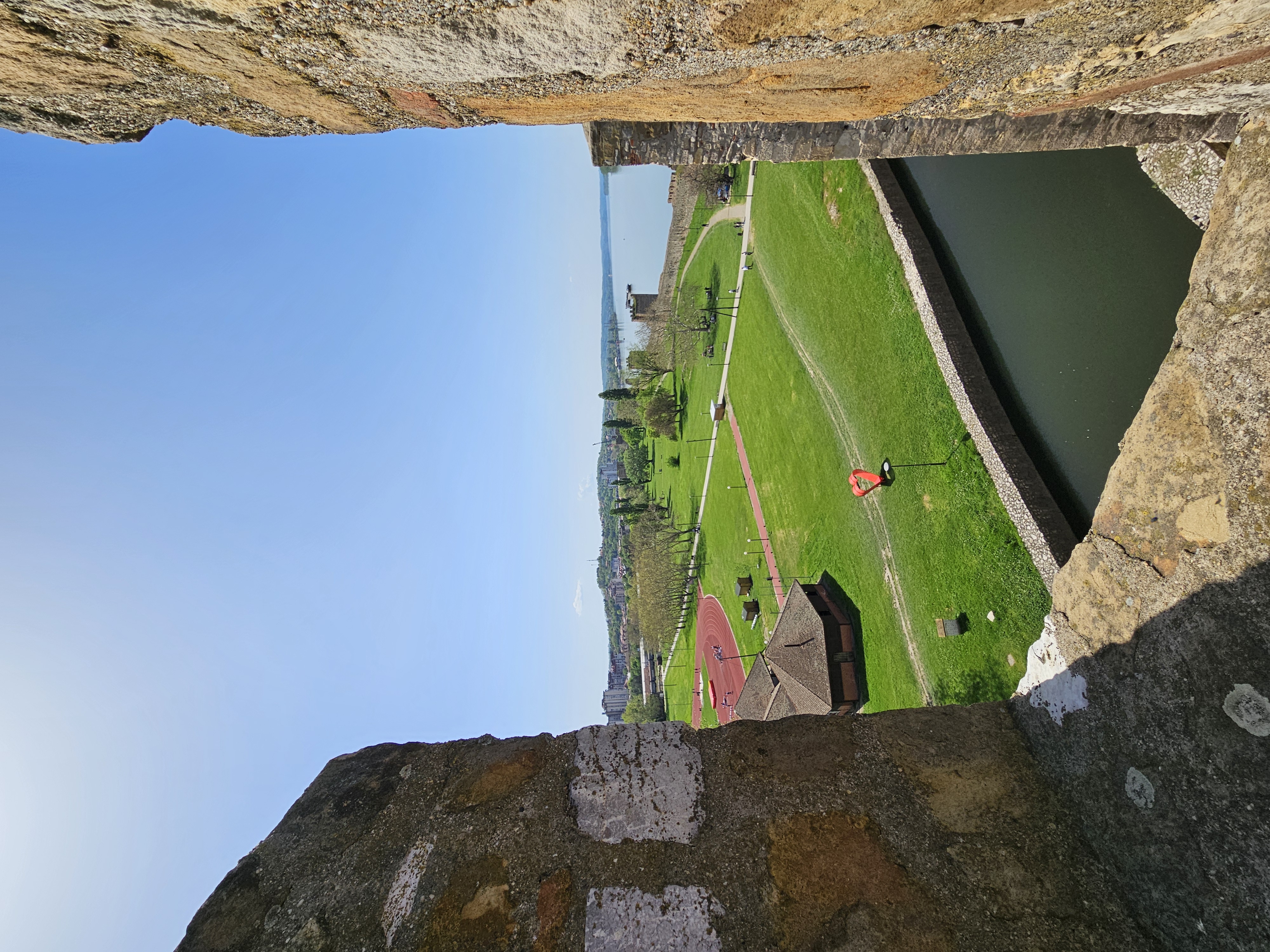
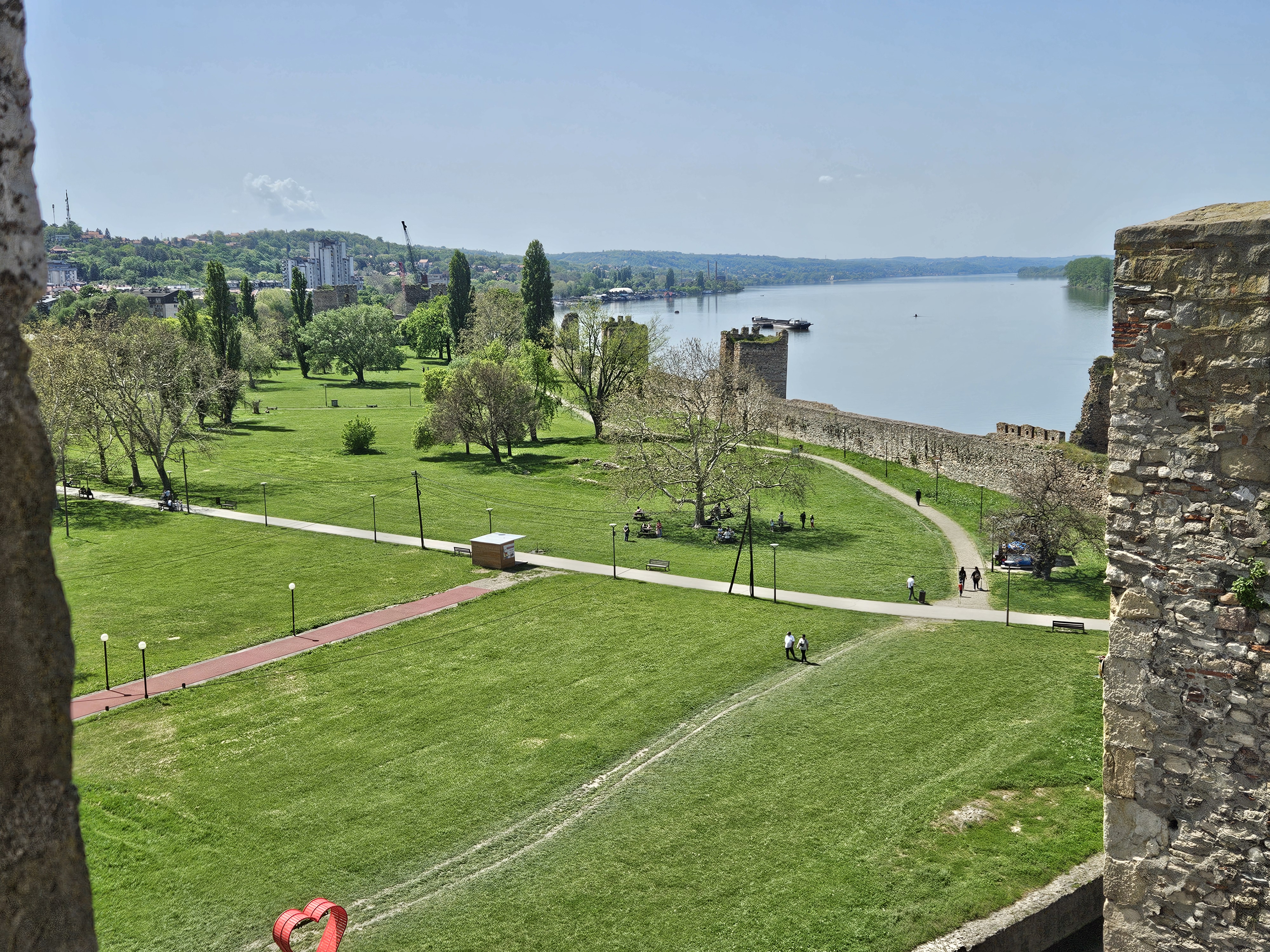

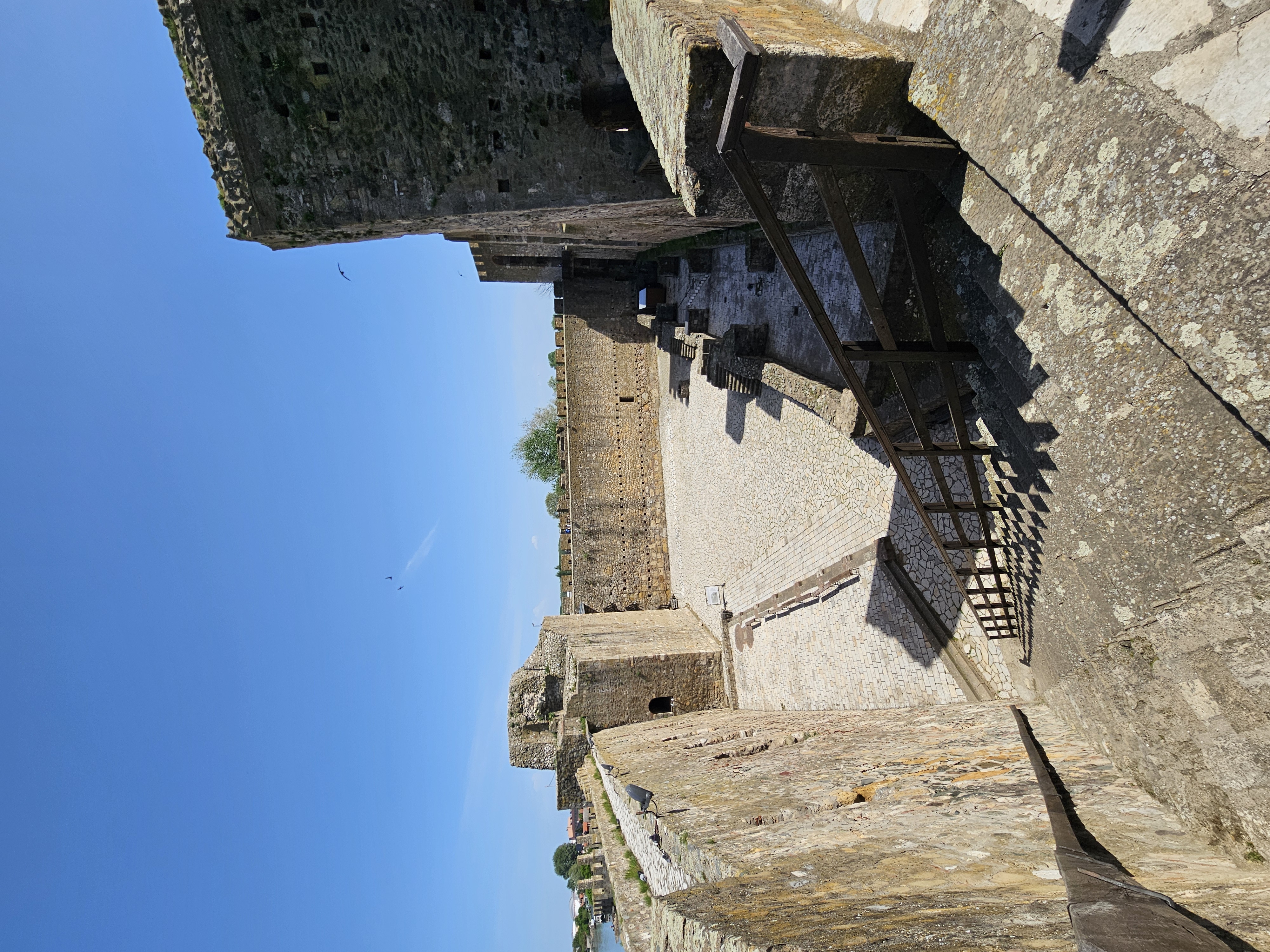
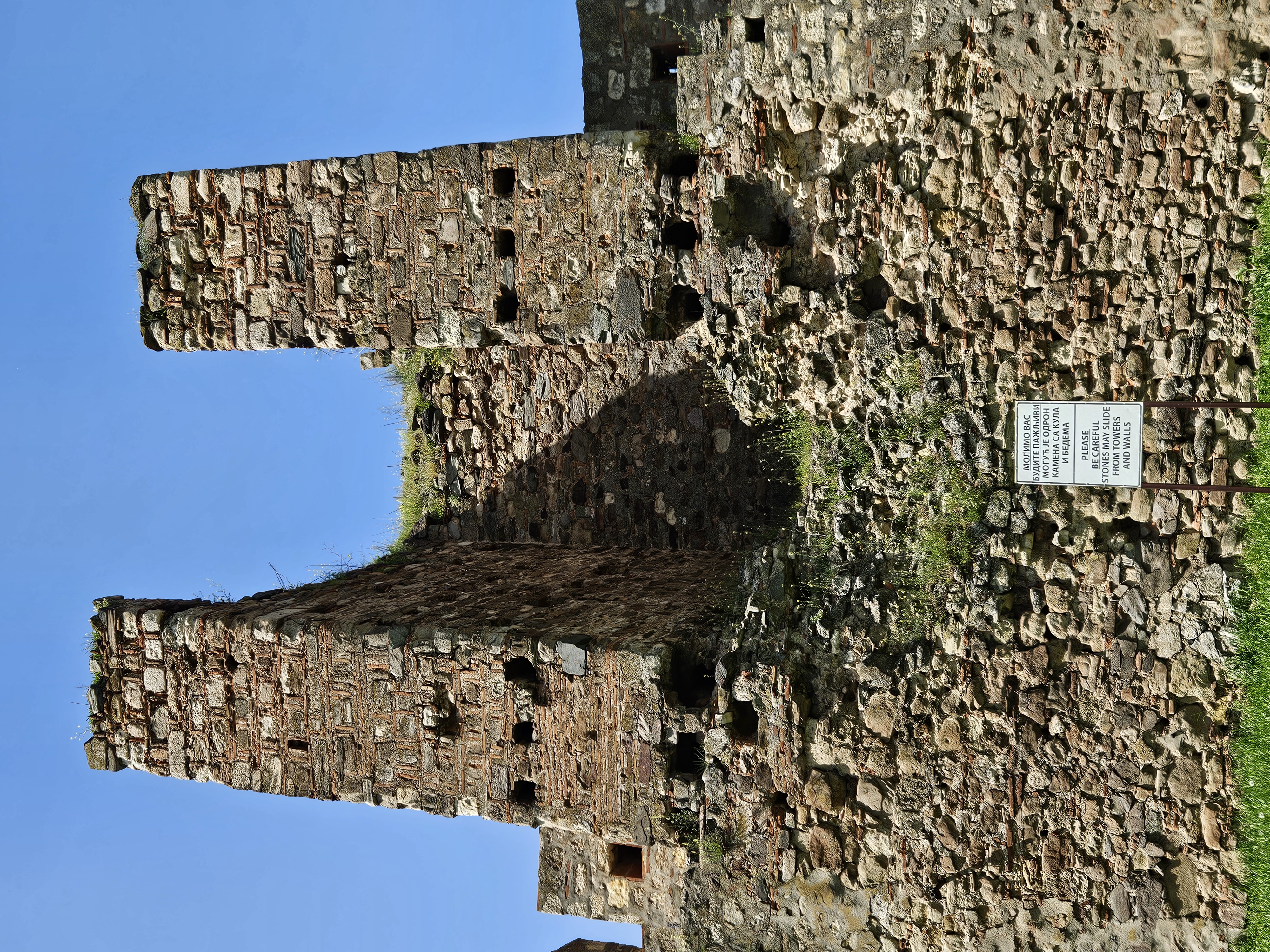
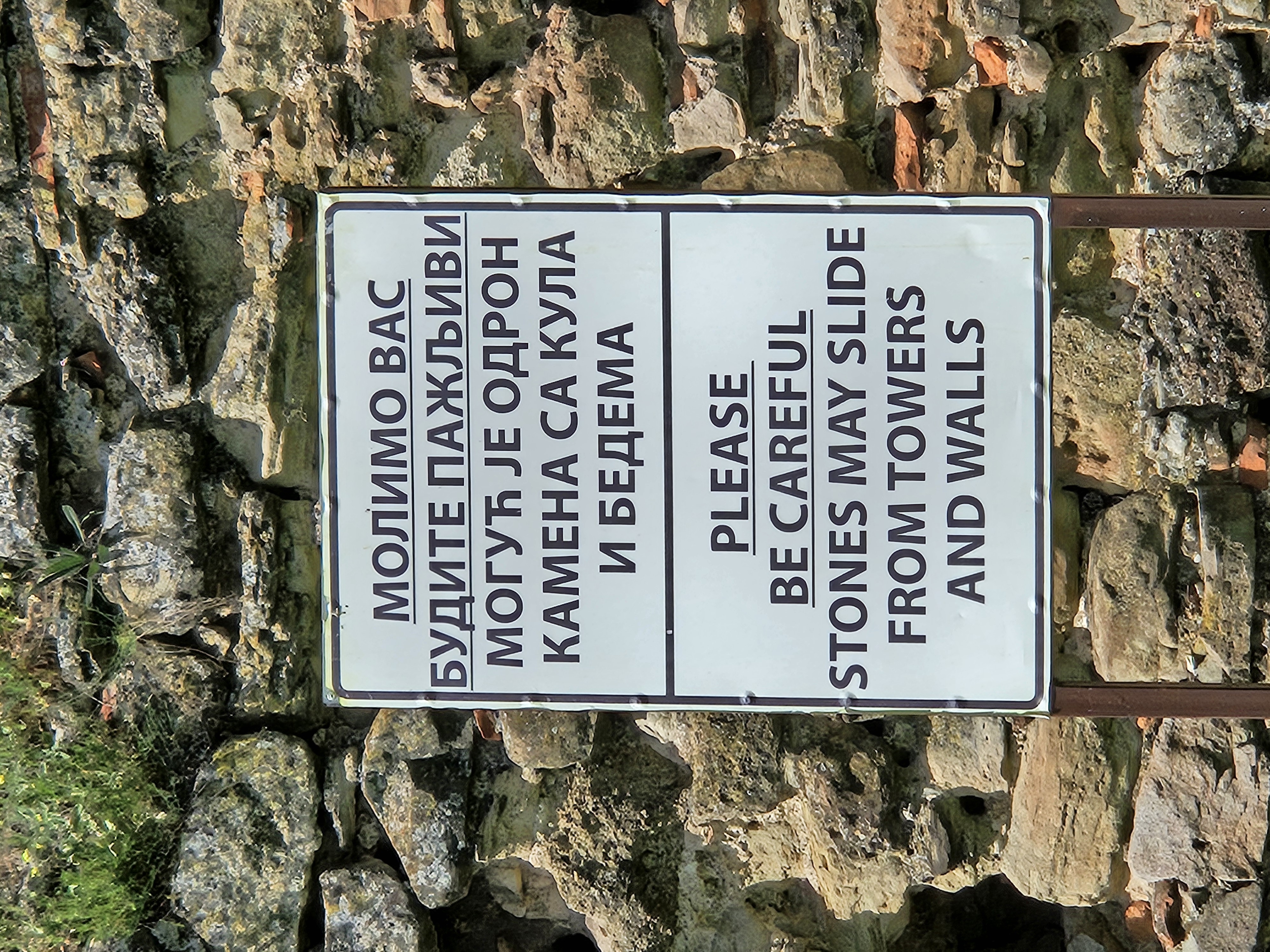


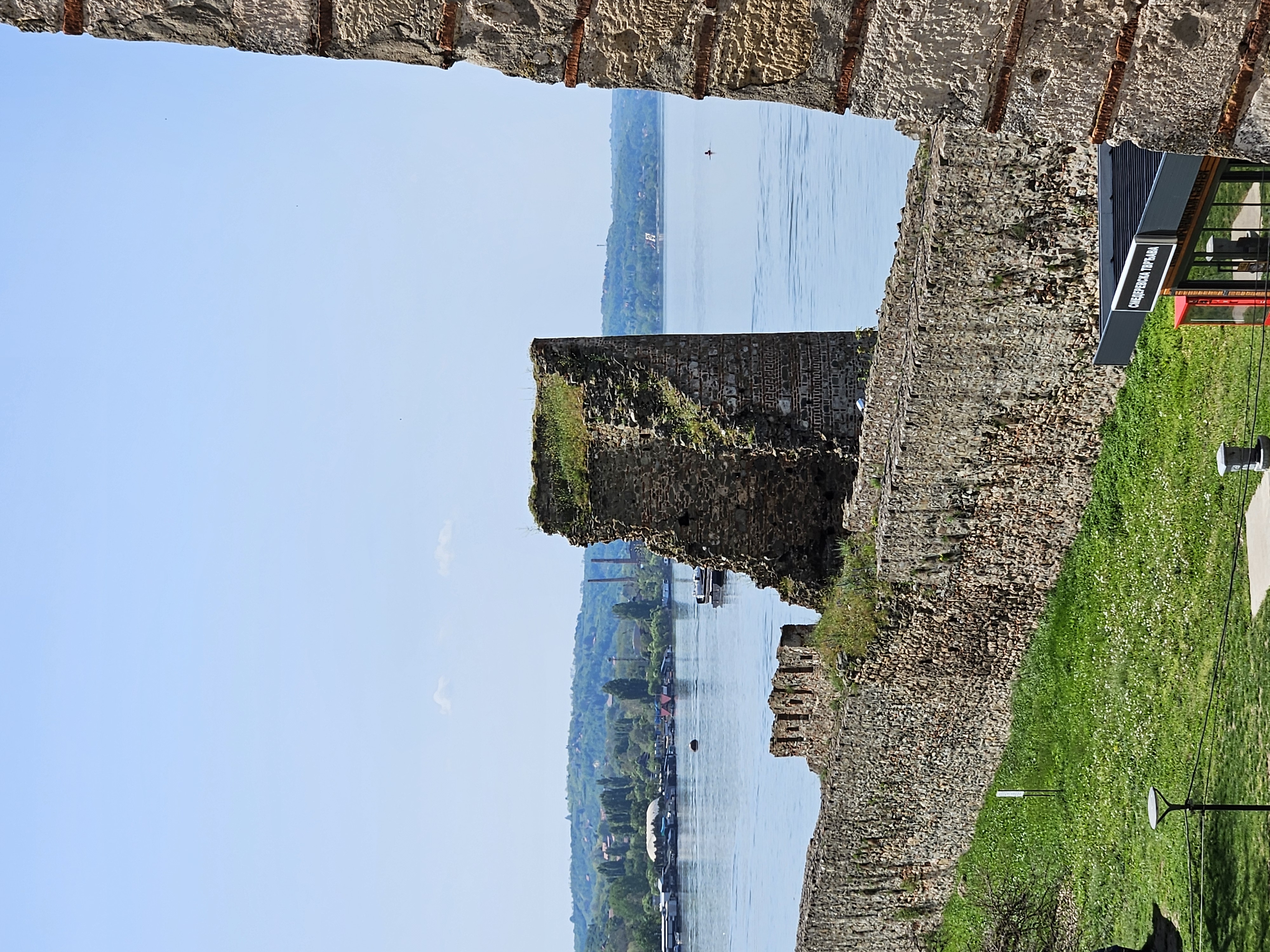
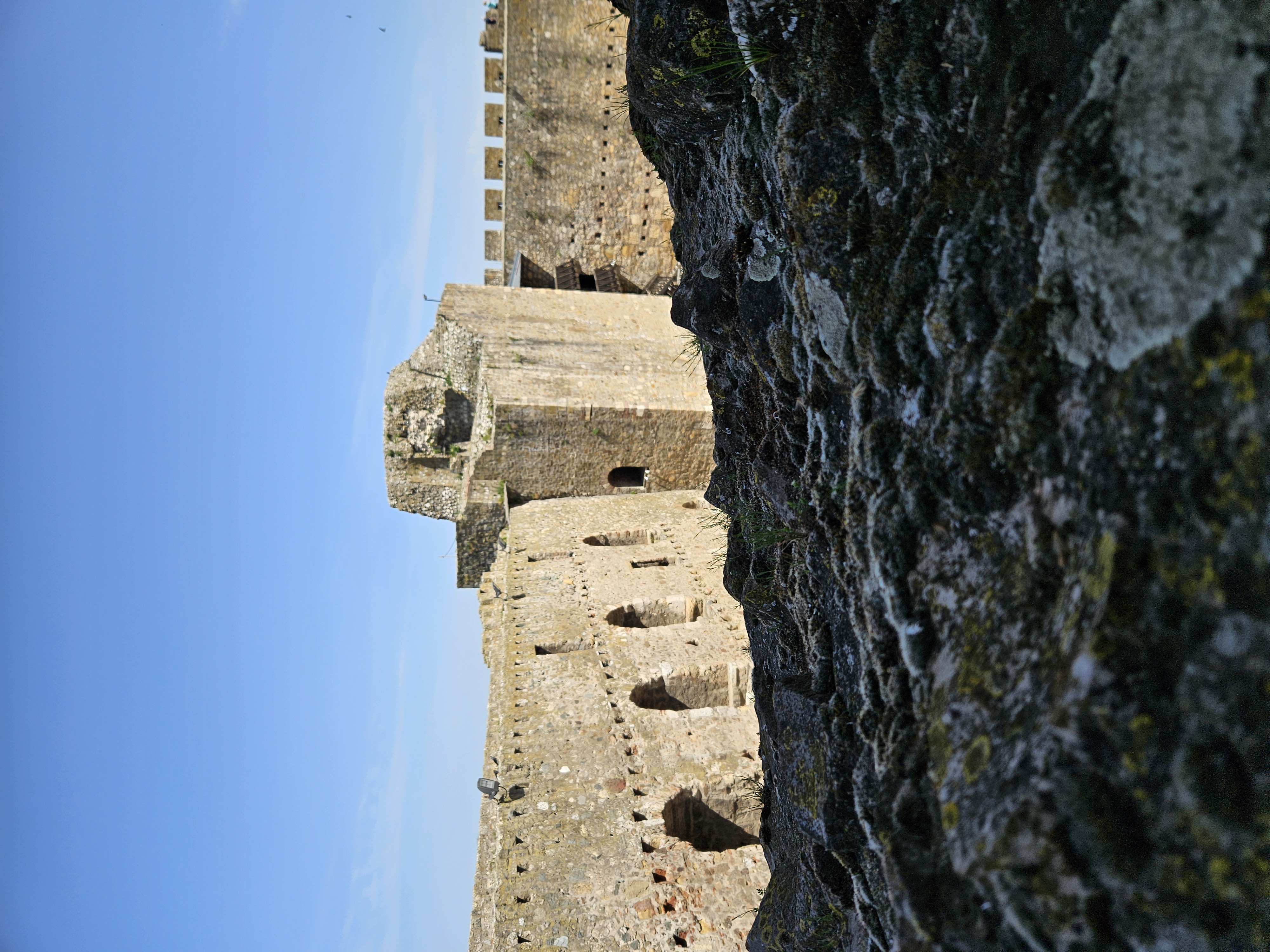
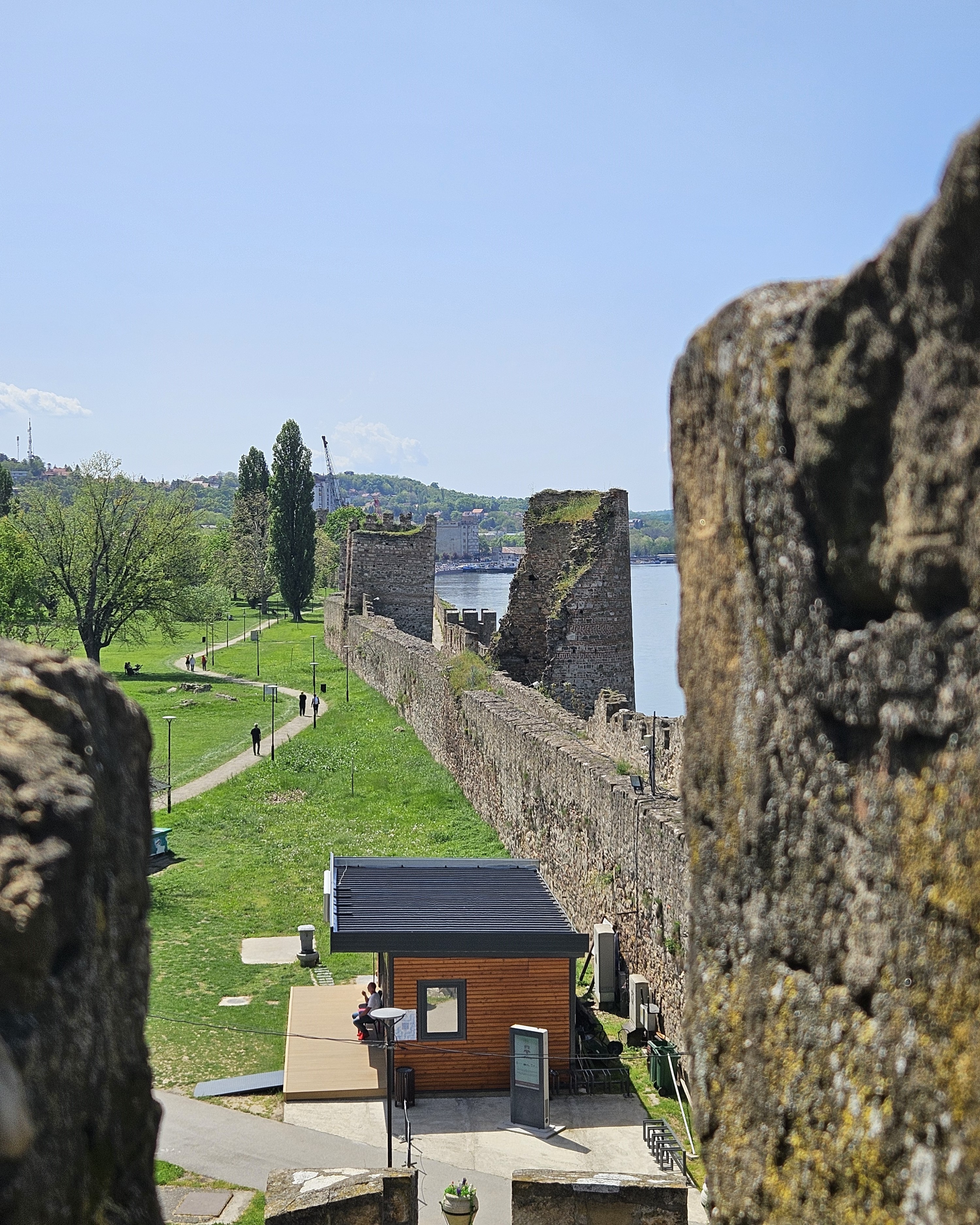
You can check out this post and your own profile on the map. Be part of the Worldmappin Community and join our Discord Channel to get in touch with other travelers, ask questions or just be updated on our latest features.
Congratulations, your post has been added to the TravelFeed Map! 🎉🥳🌴
Did you know you have your own profile map?
And every post has their own map too!
Want to have your post on the map too?
- Go to TravelFeed Map
- Click the create pin button
- Drag the marker to where your post should be. Zoom in if needed or use the search bar (top right).
- Copy and paste the generated code in your post (any Hive frontend)
- Or login with Hive Keychain or Hivesigner and click "create post" to post to Hive directly from TravelFeed
- Congrats, your post is now on the map!
PS: You can import your previous Pinmapple posts to the TravelFeed map.Opt Out
Congratulations @sniki003! You received the biggest smile and some love from TravelFeed! Keep up the amazing blog. 😍 Your post was also chosen as top pick of the day and is now featured on the TravelFeed front page.
Thanks for using TravelFeed!
@for91days (TravelFeed team)
PS: Did you know that we have our own Hive frontend at TravelFeed.com? For your next travel post, log in to TravelFeed with Hive Keychain or Hivesigner and take advantage of our exclusive features for travel bloggers.
Hiya, @lauramica here, just swinging by to let you know that this post made it into our Honorable Mentions in Travel Digest #2546.
Your post has been manually curated by the @worldmappin team. If you like what we're doing, please drop by to check out all the rest of today's great posts and consider supporting other authors like yourself and us so we can keep the project going!
Become part of our travel community:
Great post! Very nice photos and interesting story, very well told! I enjoyed reading your post and watching photos.
Thank you very much, I enjoyed taking photos and writing this post😁